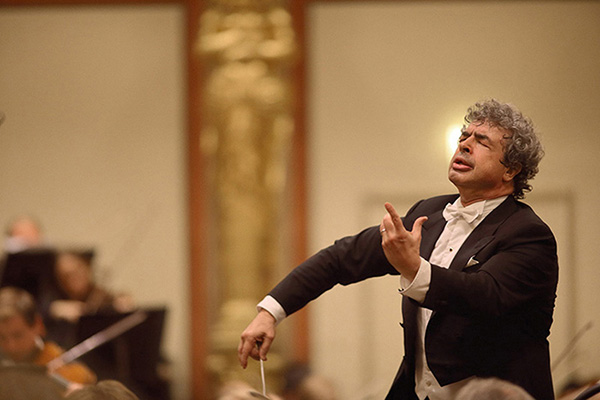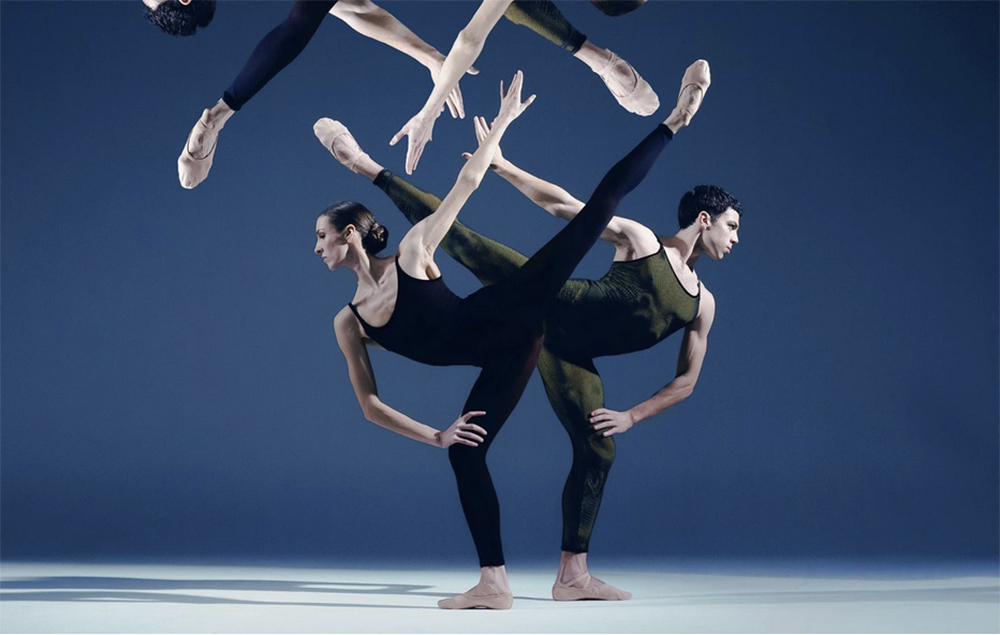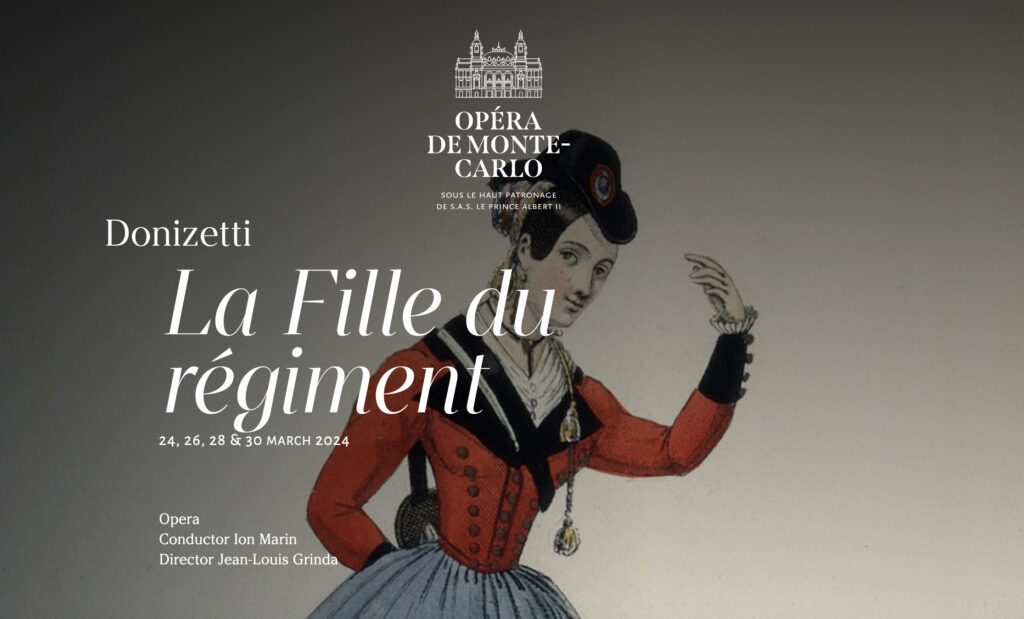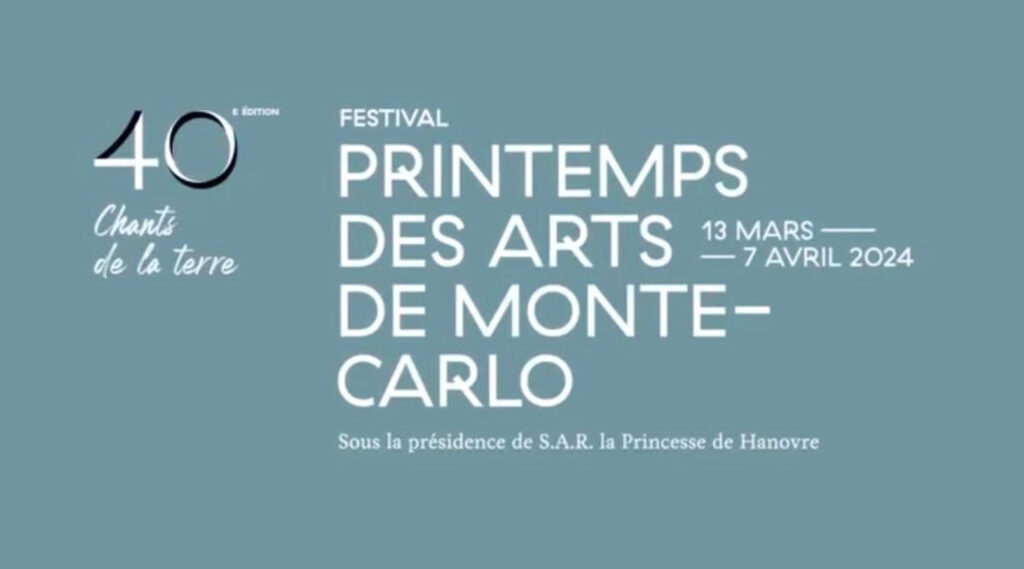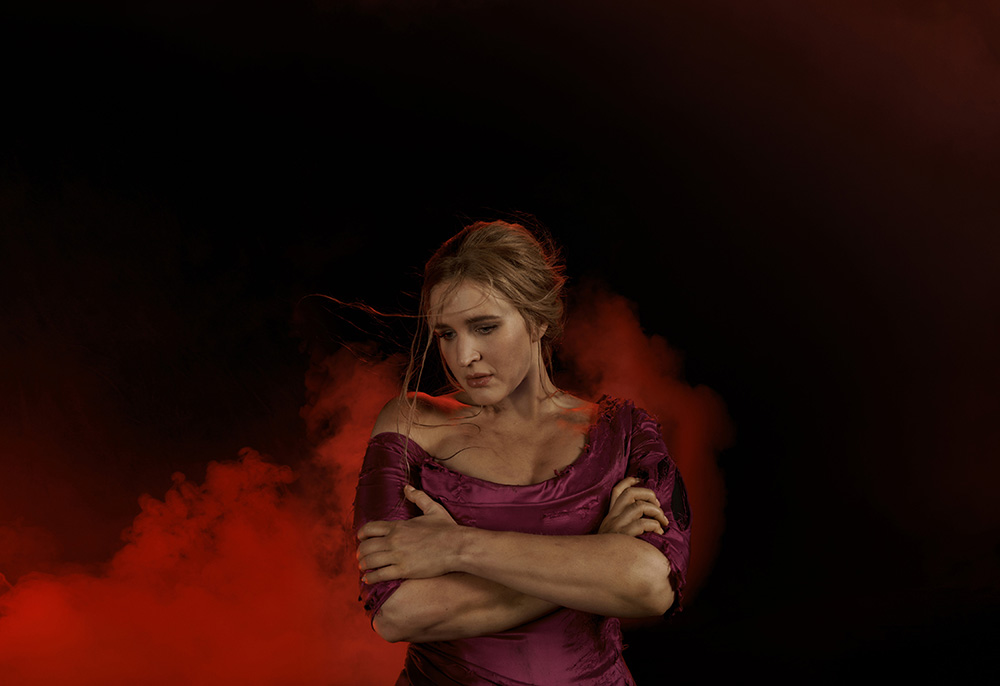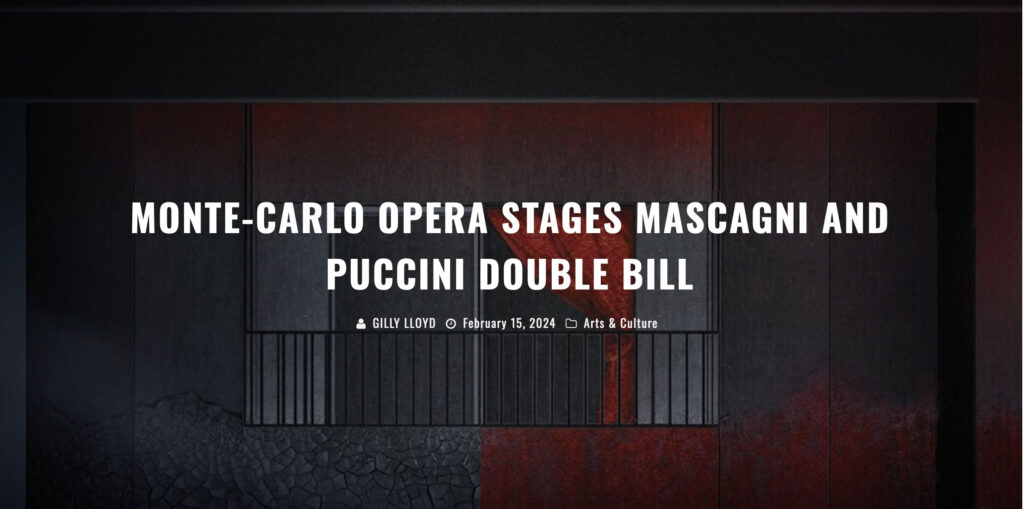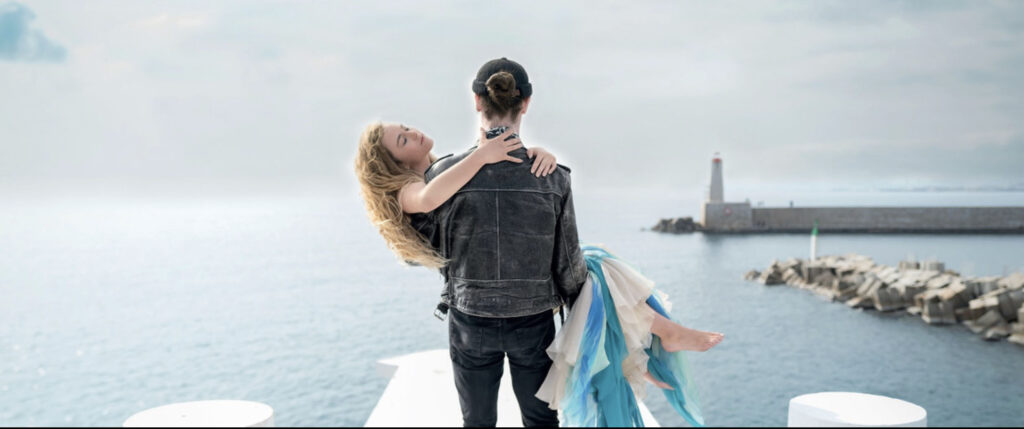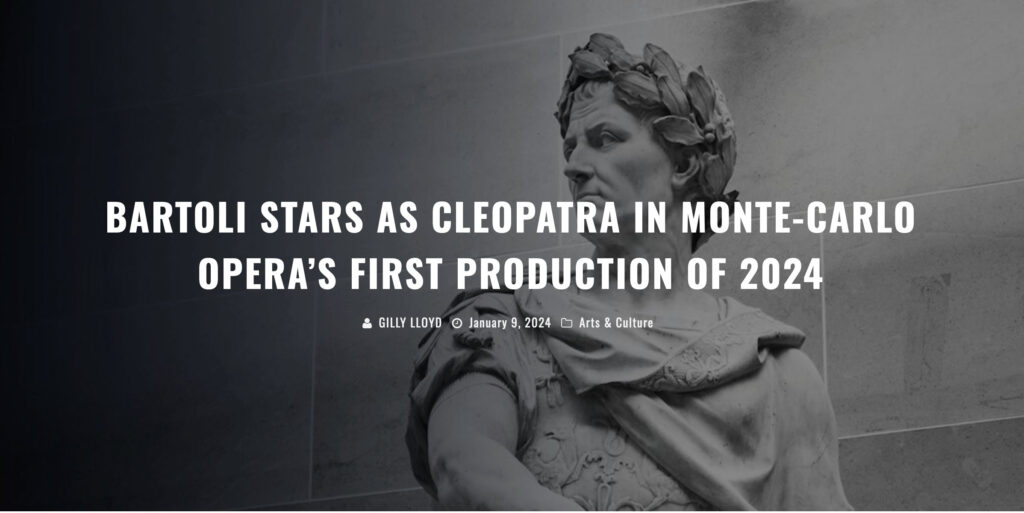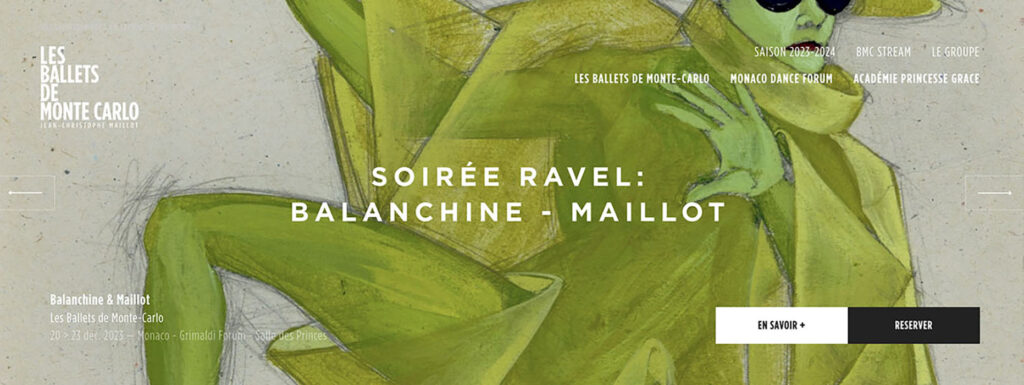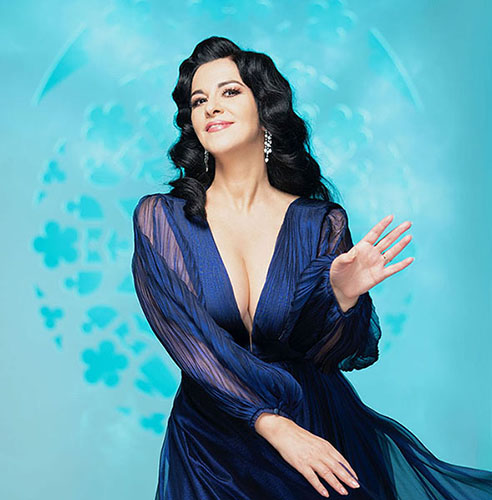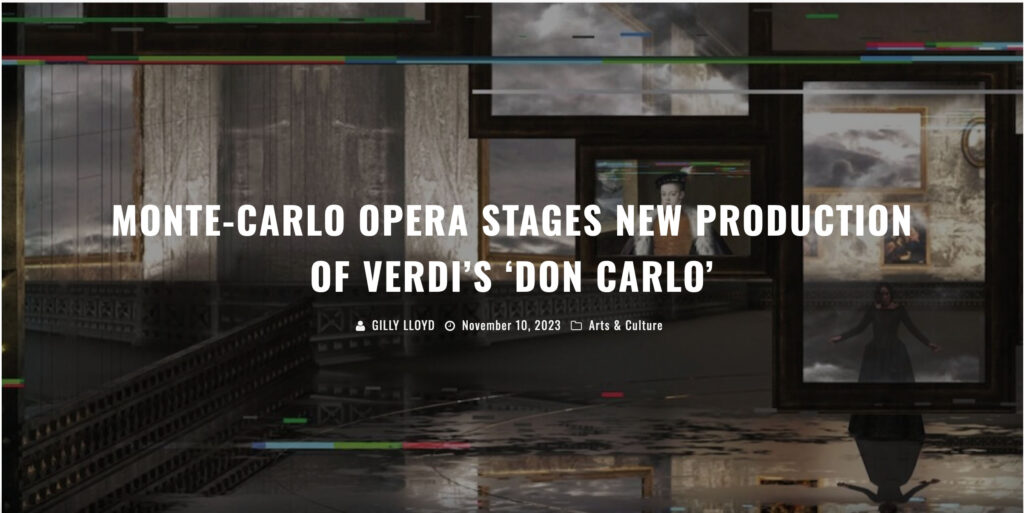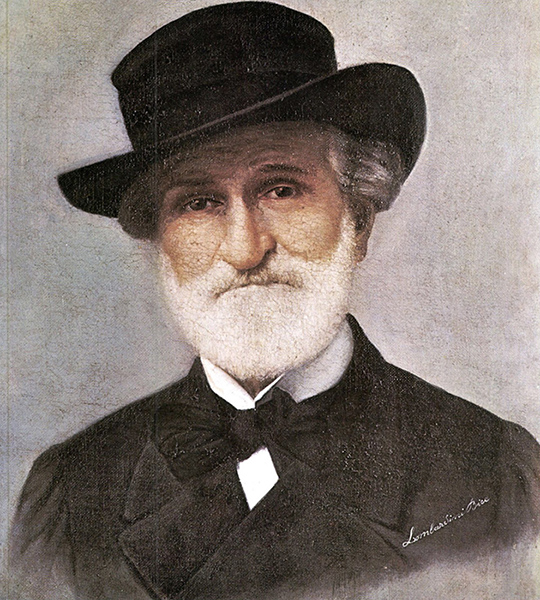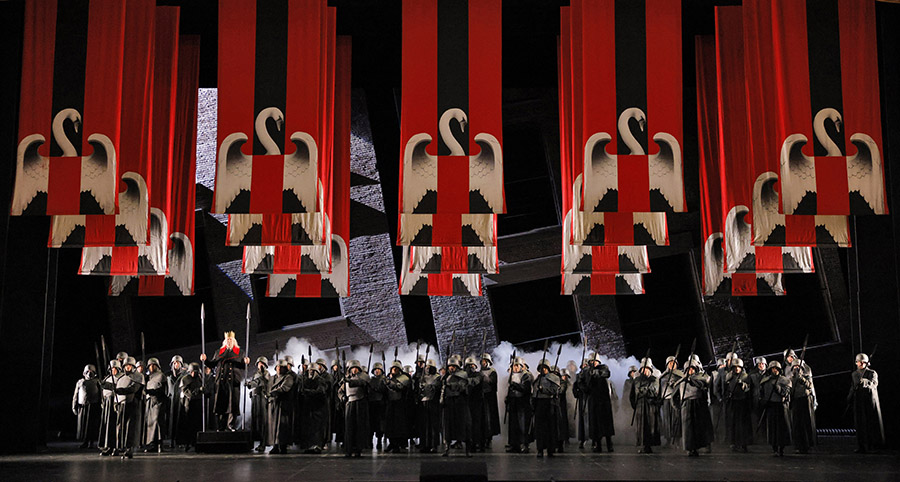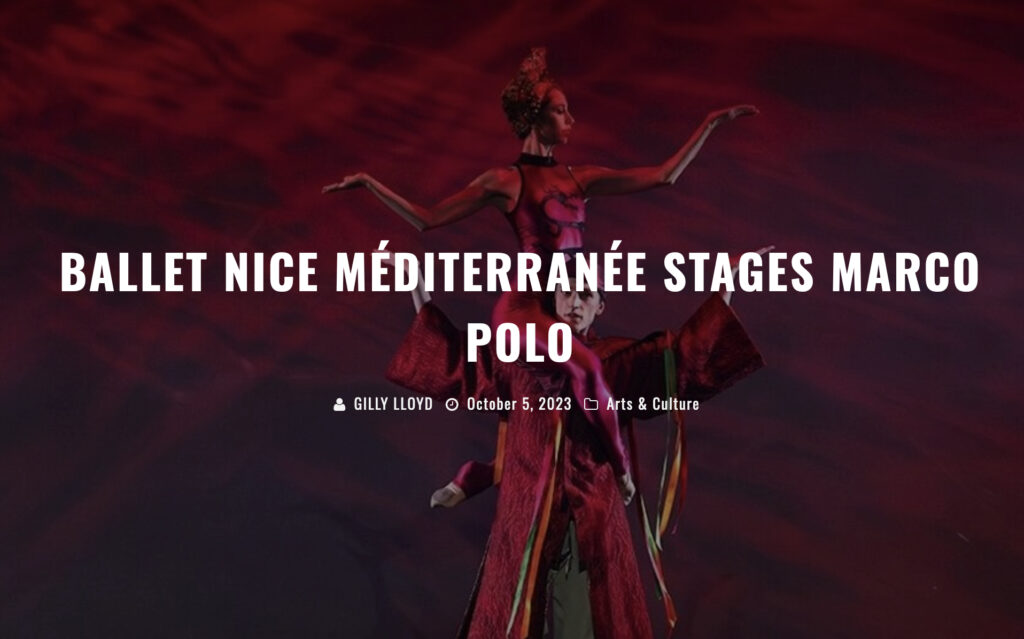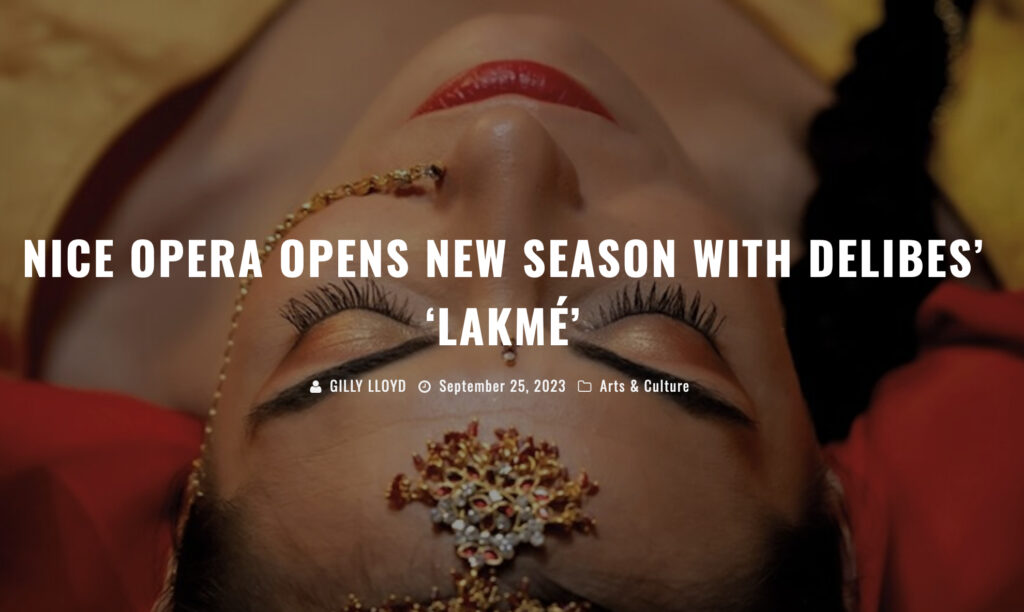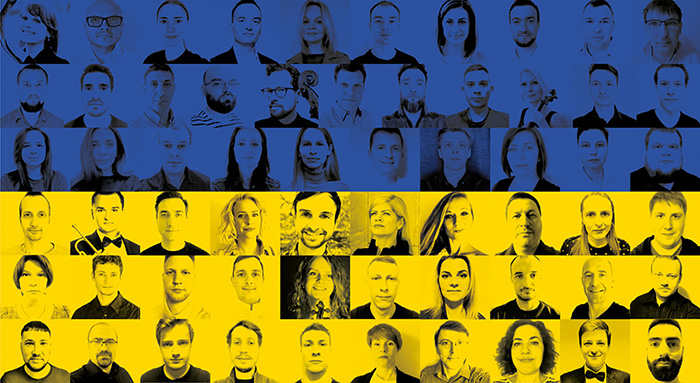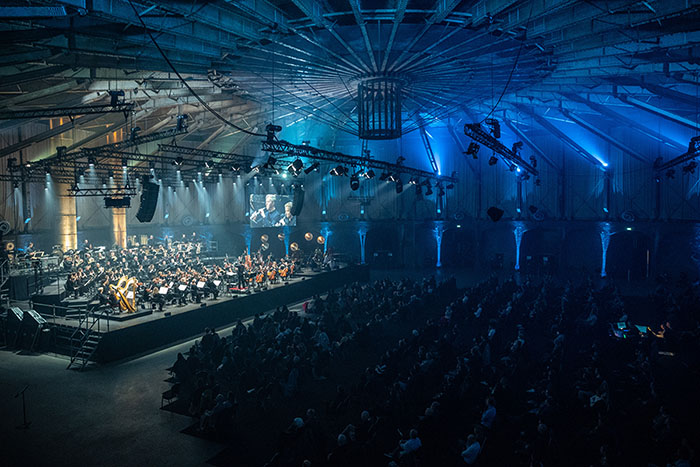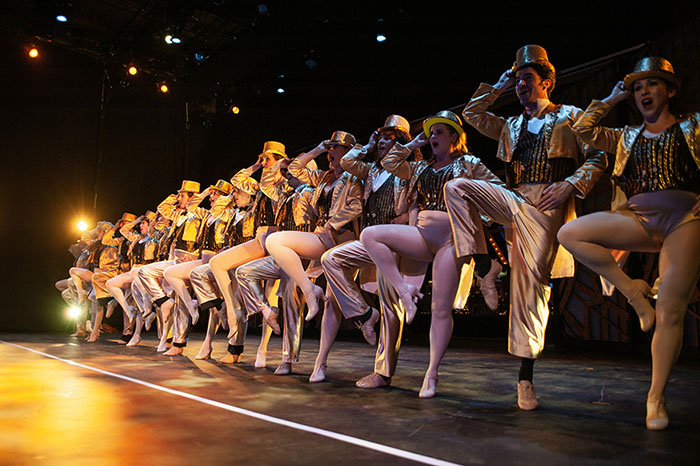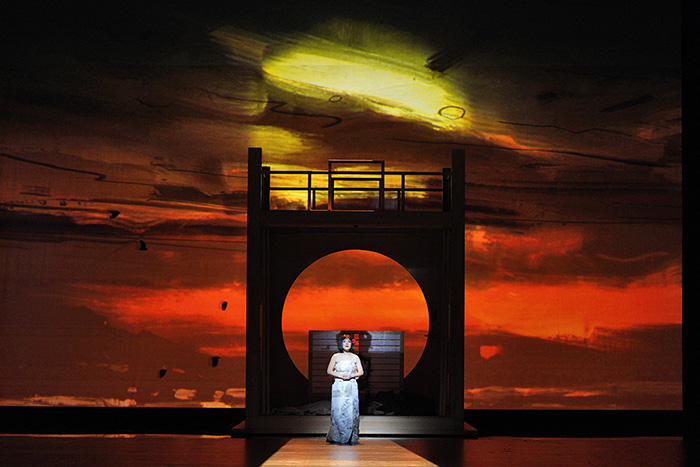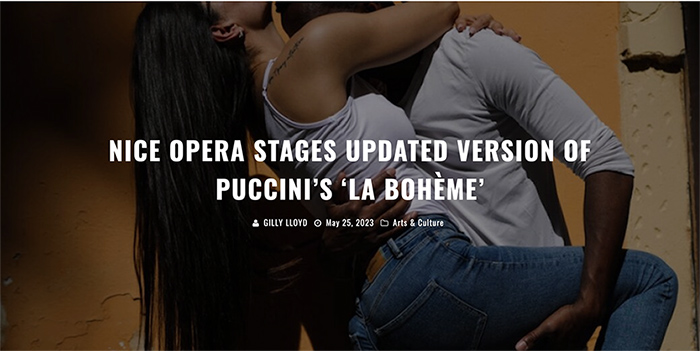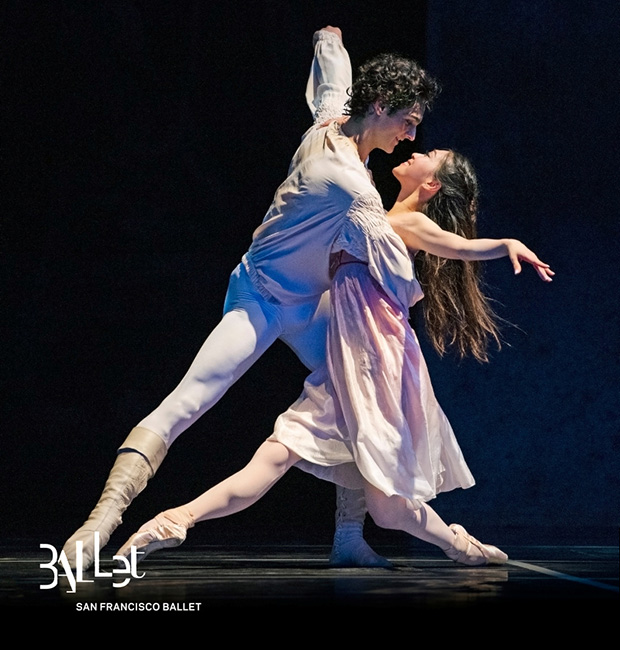The Met Opera presents Strauss’ Arabella Live in HD
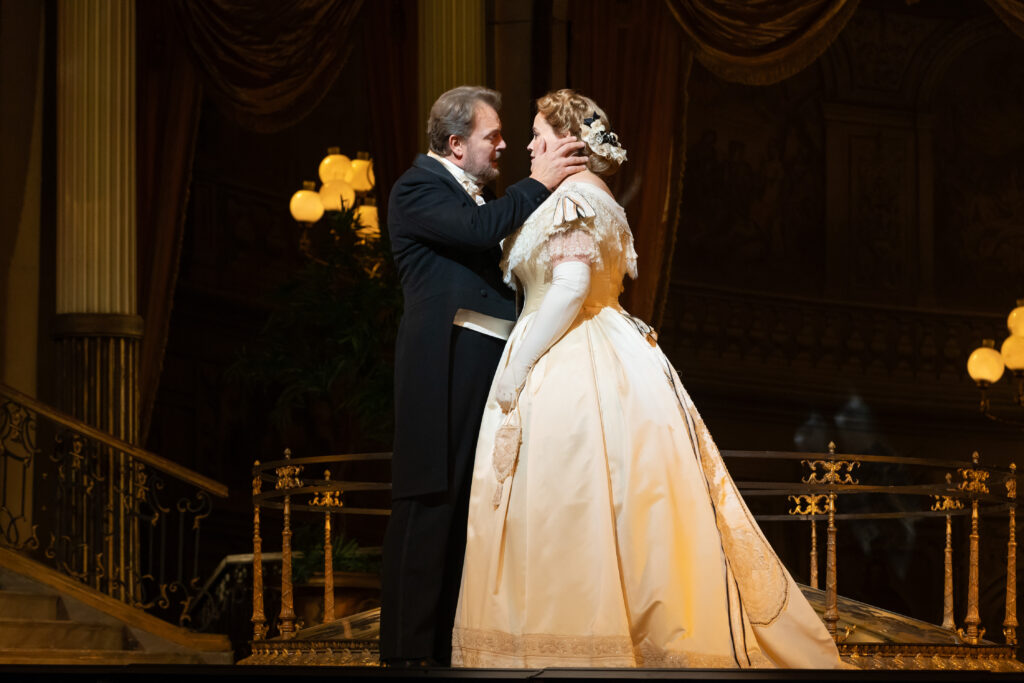
Tomasz Konieczny as Mandryka and Rachel Willis-Sørensen as Arabella – Photo: Marty Sohl / Met Opera
The Metropolitan Opera continues its Live in HD season with Richard Strauss’ lyric comedy Arabella. The production, the Met’s first revival of the opera in more than ten years, features Rachel Willis-Sørensen in her role debut in the title role, with Tomasz Konieczny as Mandryka, the dashing count who sweeps Arabella off her feet. Read more ….
Monte-Carlo Opera stages Verdi’s Aïda
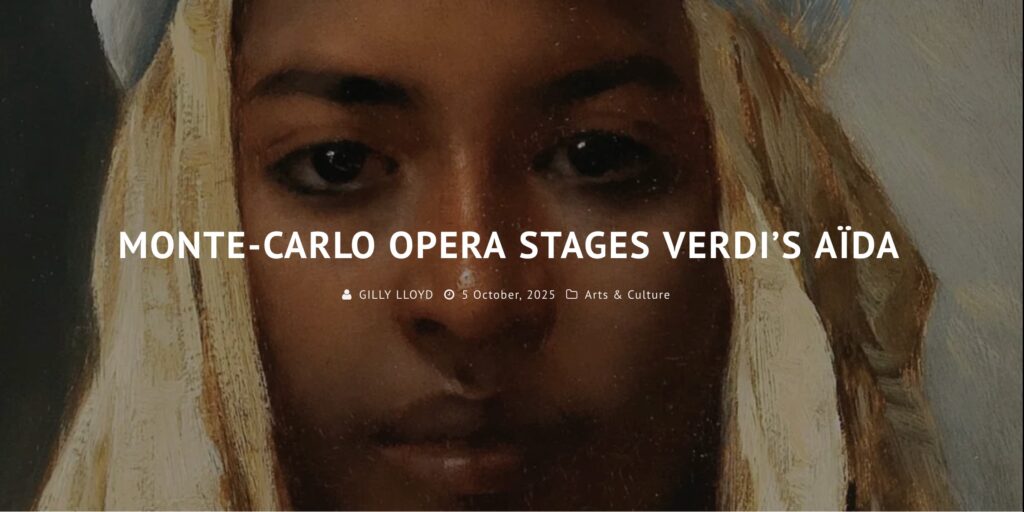
Poster courtesy of Monte-Carlo Opera
Monte-Carlo Opera stages one of the most popular operas in the repertoire – Giuseppe Verdi’s Aïda. This production of the Rome Opera House, stars coloratura soprano Anna Pirozzi in the title role, Arsen Soghomonyan as Radamès, the man she loves, mezzo-soprano Marie-Nicole Lemieux as Amneris who is also in love with Radamès, bass Antonio Di Matteo as the King of Egypt, and baritone Artur Rucinski as King Amonasro of Ethiopia. Massimo Zanetti conducts and direction is by Davide Livermore. Read more ….
English National Opera stages Jake Heggie’s Dead Man Walking
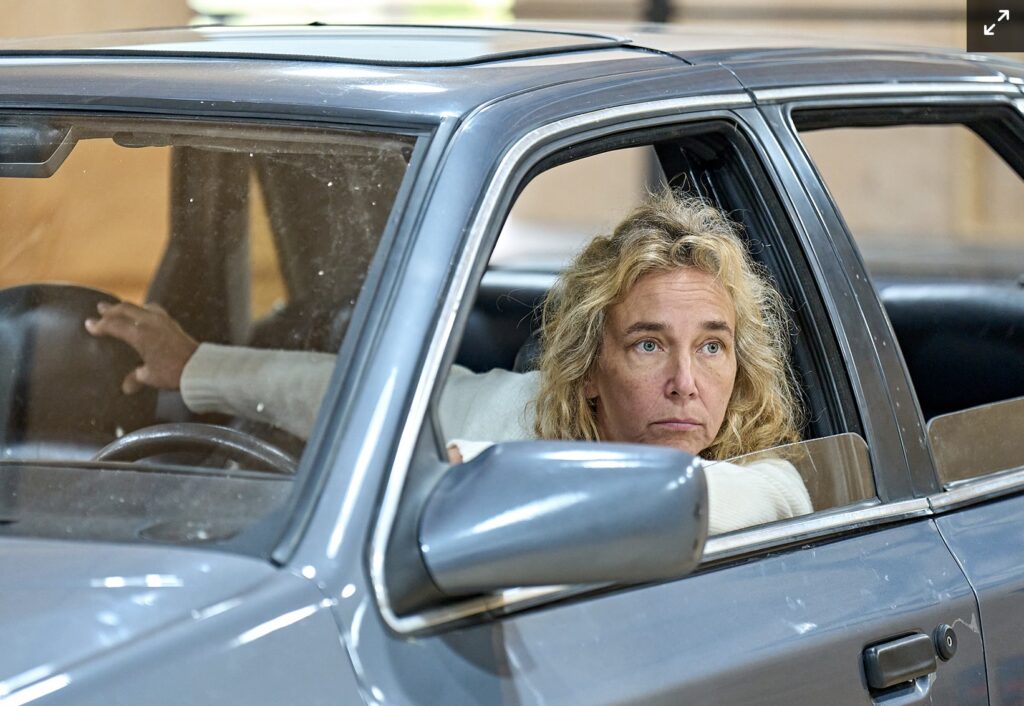
English National Opera presents Jake Heggie’s powerful opera, Dead Man Walking – a new production in collaboration with Opera North and Finnish National Opera. The role of Sister Helen Prejean is taken by mezzo-soprano Christine Rice and that of the accused, Joseph De Rocher, by baritone Michael Mayes. Kerem Hasan leads the English National Opera Orchestra and direction is by Annilise Miskimmon. Read more ….
Nice Opera opens new season with Philip Glass’ Satyagraha
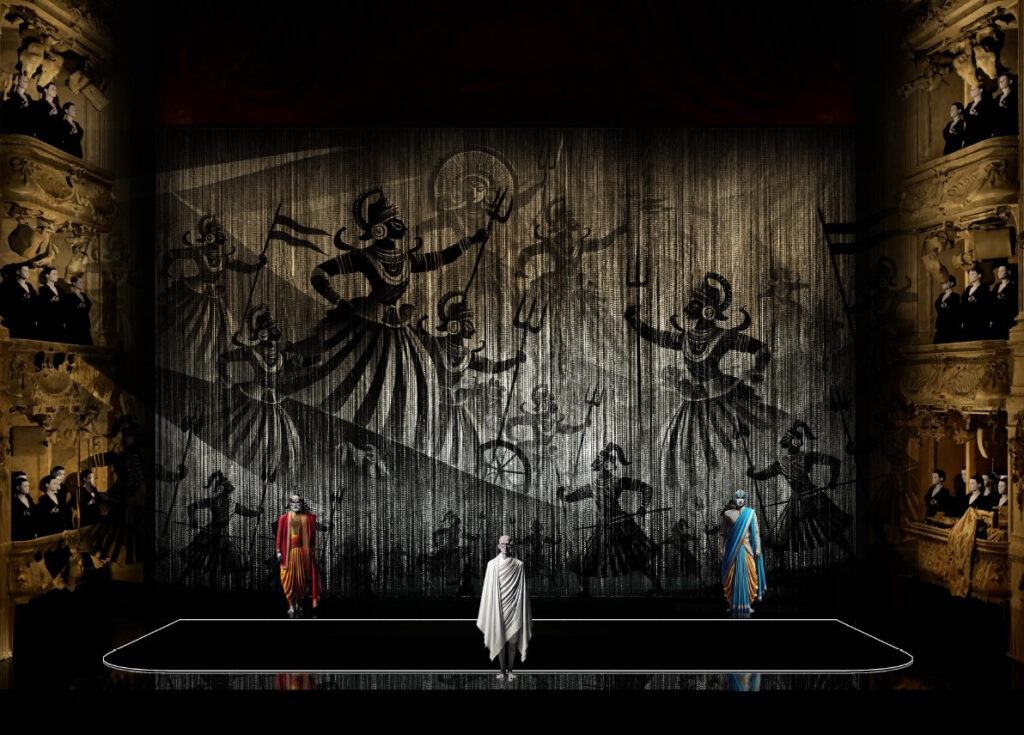
Maquette © Etienne Guiol
Satyagraha, Philip Glass’s account of Mahatma Gandhi’s early years in South Africa, opens the Nice Opera 2025/26 season. Set to a text based on the ancient Sanskrit scripture, the Bhagavad Gita, Satyagraha looks at Gandhi’s concept of non-violent protest as a positive force for change, relating the experiences which were instrumental in his development as a great leader. This production is led by Léo Warynski, and direction and choreography are by Lucinda Childs. Read more ….
Kazuki Yamada and Pablo Ferrández open new season in Monte-Carlo
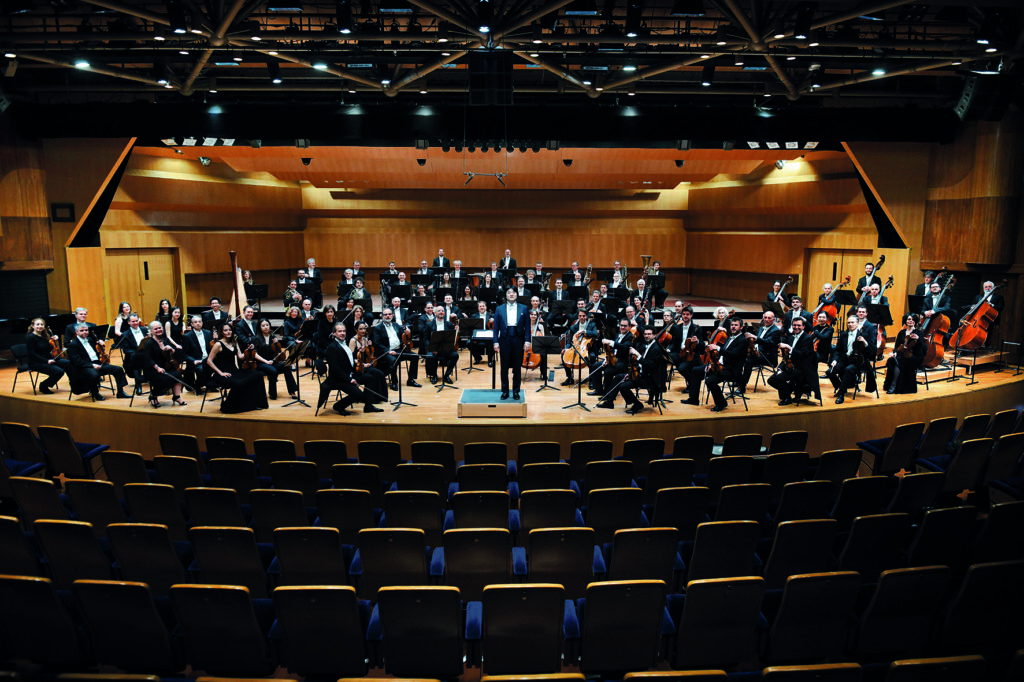
Kazuki Yamada & the Monte-Carlo Philharmonic Orchestra © Sasha Gusov
The Monte-Carlo Philharmonic Orchestra opens the 2025-26 season with a programme of music by Saint-Saëns and Richard Strauss. Led by Music Director Kazuki Yamada, and featuring Spanish cellist Pablo Ferrández, the Orchestra plays Saint-Saëns’ symphonic poem Phaéton, Op 9, his Symphony No 1 in E-flat Major, Op 2, and Strauss’ tone poem Don Quixote, Op 35. Read more ….
Jaap van Zweden leads San Francisco Symphony’s Opening Gala with Yuja Wang

Yuja Wang © Norbert Niat
The San Francisco Symphony celebrates the new 2025/26 season with its Opening Gala concert in which Jaap van Zweden leads the orchestra in Tchaikovsky’s majestic Piano Concerto No 1, with soloist Yuja Wang – a favourite of San Francisco audiences since her debut with the Orchestra in 2006. Also on the program are John Adams’ Short Ride in a Fast Machine and Ottorino Respighi’s Pines of Rome. Read more ….
San Francisco Opera opens new season with Verdi’s Rigoletto
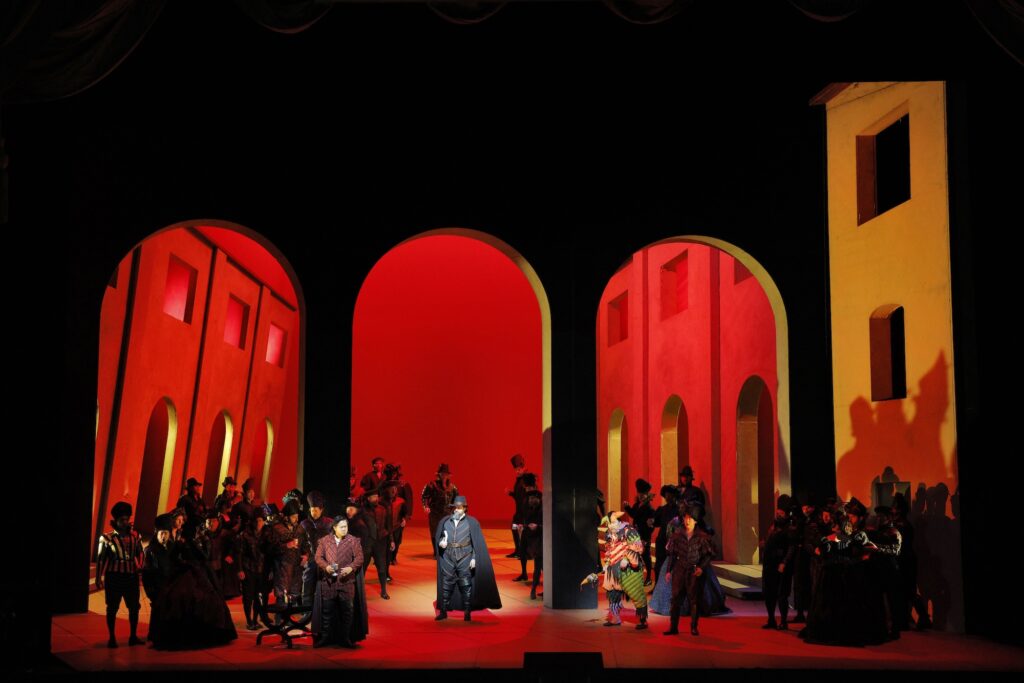
San Francisco Opera’s 2017 production of Verdi’s Rigoletto – © Cory Weaver/San Francisco Opera
The opening work of San Francisco Opera’s 103rd season is Giuseppe Verdi’s Rigoletto, his tragic tale of a father’s attempts to save his beloved daughter from a disastrous relationship. One of the most popular operas in the repertoire, this production of Rigoletto stars Mongolian baritone Amartuvshin Enkhbat in the title role, Romanian soprano Adela Zaharia is Rigoletto’s daughter Gilda, and tenor Yongzhao Yu is the Duke of Mantua. Read more ….
Ukrainian Freedom Orchestra’s 2025 Resilience Tour
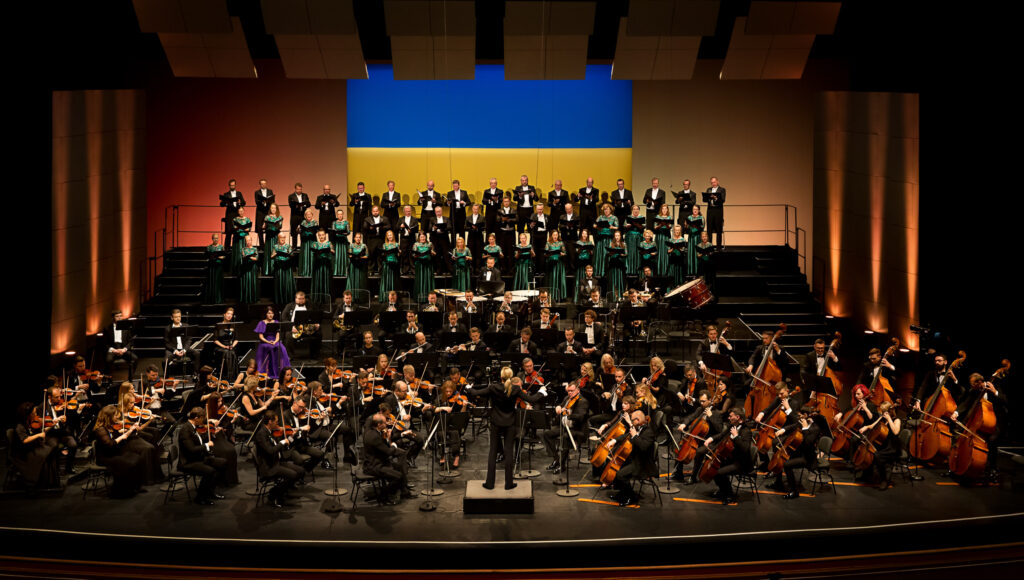
The Ukrainian Freedom Orchestra – photo Kaparti & Zarewicz
In its fourth summer tour, the Ukranian Freedom Orchestra takes in Lithuania, Latvia and the George Enescu Festival in Romania, as well as paying return visits to Lucerne, Amsterdam, Warsaw and London. Read more ….
Monte-Carlo Ballet closes season with two premieres
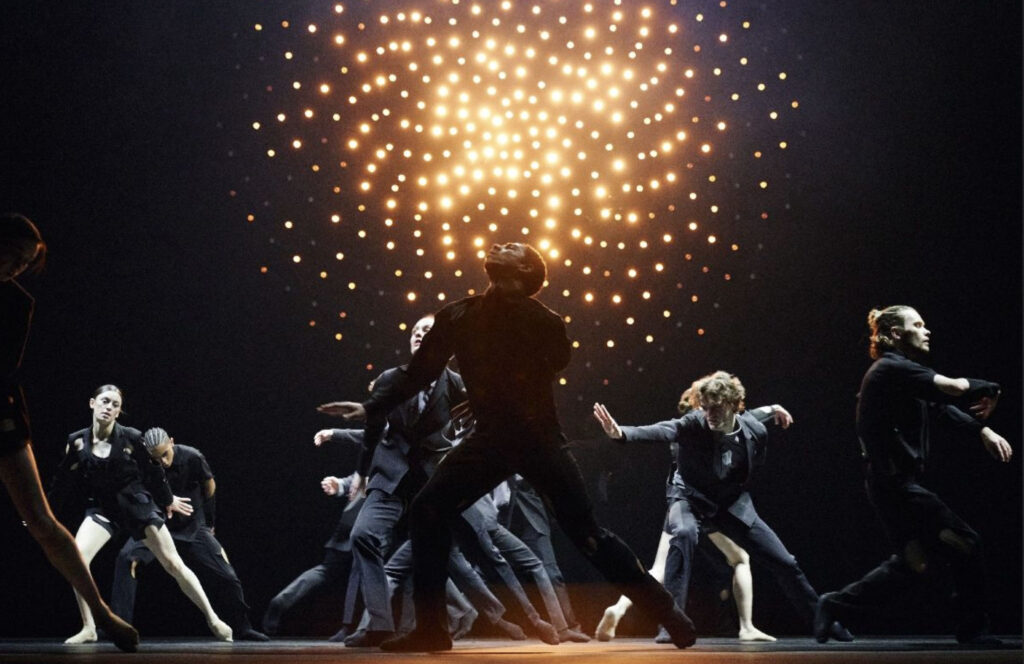
Scene from Totality in parts by Lukáš Timulak
Monte-Carlo Ballet closes the 2024/2025 season with two contemporary ballets – one created for the Company by Lukáš Timulak, and the other for the Kor’sia Ballet by Antonio de Rosa and Mattia Russo. Read more ….
National Ballet of Japan at the Royal Opera House
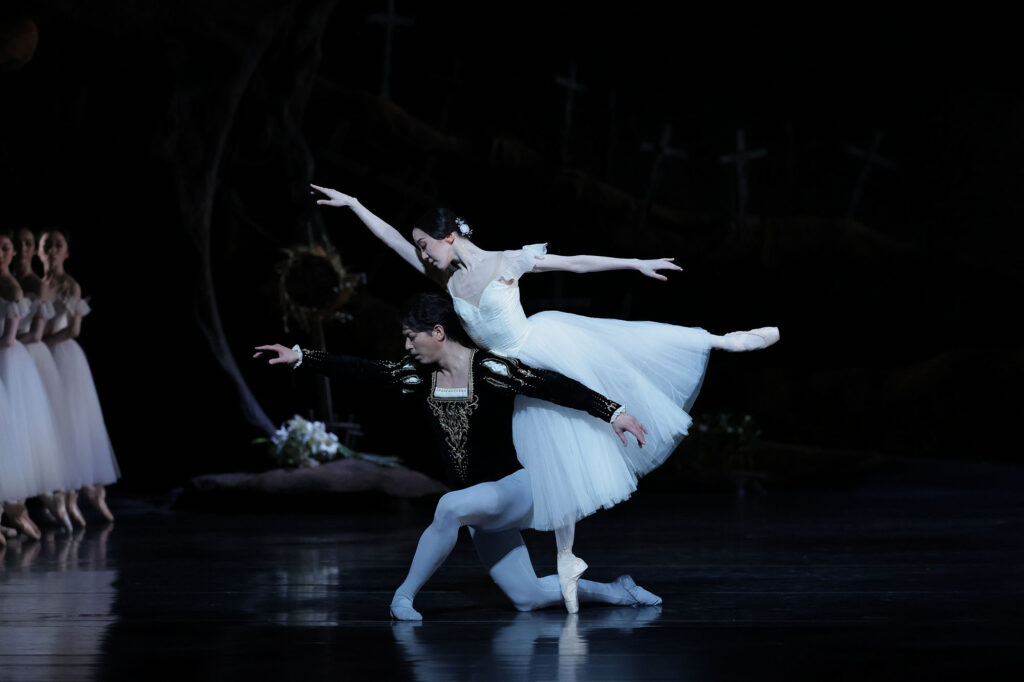
Yui Yonezawa as Giselle and Shun Izawa as Albrecht in the National Ballet of Japan’s Giselle – Photograph by Kiyonori Hasegawa
This summer the National Ballet of Japan makes its debut on the stage of the Royal Opera House, making it the first Asian company to do so in fifteen years. The Japanese company, under the artistic direction of former Royal Ballet artist Miyako Yoshida, will present its highly praised production of Adolphe Adam’s Giselle – the first time that this production will be seen outside Japan. Read more ….
Summer Concerts at the Prince’s Palace in Monaco

The height of summer means that once again the annual series of Concerts at the Prince’s Palace, Monaco, takes place in the magical setting of the Courtyard of Honour. This festival of music features a host of well known works by some of the best loved classical composers. Read more ….
San Francisco Opera stages new production of Mozart’s Idomeneo

Ying Fang as Ilia and Daniela Mack as Idamante in Mozart’s Idomeneo
Photo: Cory Weaver/San Francisco Opera
San Francisco Opera presents Mozart’s Idomeneo, directed by Australian Lindy Hume, in her debut production for the Company. A co-production with Opera Australia and Victorian Opera, this staging is new to San Francisco Opera, and stars Matthew Polenzani as Idomeneo, the warrior king of Crete, and Daniela Mack as his son, Idamante. Ying Fang sings the captured Trojan princess, Ilia, who is in love with Idamante, and Elza van den Heever is Elettra, the Greek princess who also loves Idamante. Music Director Eun Sun Kim leads the San Francisco Opera Orchestra and Chorus (Director John Keene). Read more ….
San Francisco Opera stages revival of Puccini’s La bohème
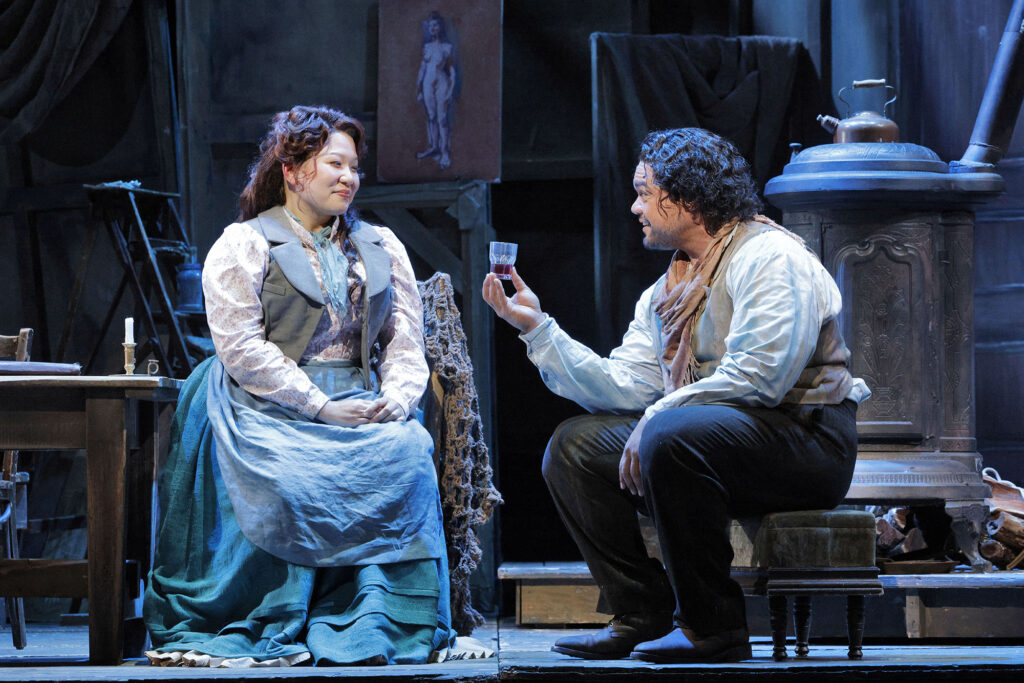
Karen Chia-ling Ho as Mimì and Pene Pati as Rodolfo in Puccini’s La bohème
Photo: Cory Weaver/San Francisco Opera
San Francisco Opera stages a revival of Giacomo Puccini’s La bohème by John Caird, winner of two Tony Awards – for his staging of Les Misérables and Nicholas Nickleby – and who made his debut for the Company with this production in 2014. The opera stars two international casts – Pene Pati who shares the role of Rodolfo with Evan LeRoy Johnson, and Karen Chia-ling Ho, sharing the role of Mimí with Nicole Car. Ramón Tebar, principal conductor and artistic director of Opera Naples in Florida, leads the San Francisco Opera Orchestra and Chorus (Director John Keene). Read more ….
Tchaikovsky’s The Queen of Spades returns to the Met
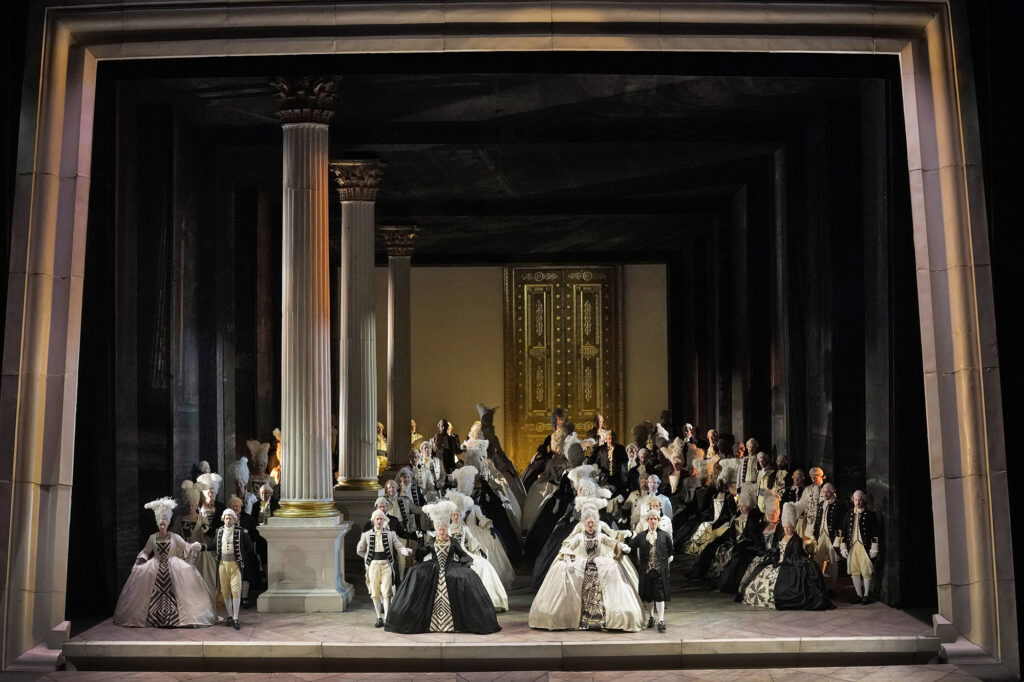
Scene from the Met’s production of Tchaikovsky’s The Queen of Spades © Ken Howard/Met Opera
Elijah Moshinsky’s production of Tchaikovsky’s operatic masterpiece The Queen of Spades returns to the Metropolitan Opera. Soprano Sonya Yoncheva and tenor Brian Jagde make their role debuts as Lisa and Hermann, and Igor Golovatenko returns to take the role of Prince Yeletsky. Keri-Lynn Wilson leads the Metropolitan Opera Orchestra and Chorus. Read more ….
Nice Opera closes the season with Bizet’s Carmen
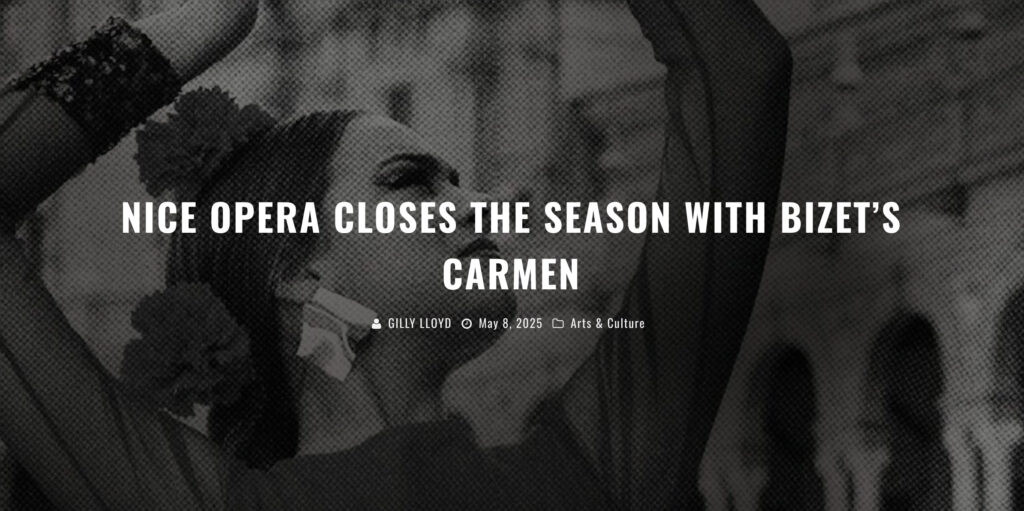
Image courtesy of Nice Opera
In a coproduction with the Anthéa Theatre of Antibes, Nice Opera stages Georges Bizet’s opera-comique, Carmen. The production stars Ramona Zaharia as the fiery, passionate and seductive Carmen, and Jean-François Barros as Don José, the army corporal who falls for Carmen’s attractions. Jean-Fernand Setti is Escamillo, the handsome toreador who is well aware of his appeal to women, and Perrine Madoeuf is Micaëla, the sweet peasant girl who is betrothed to Don José. Lionel Bringuier leads the Nice Philharmonic Orchestra and the Nice Opera Chorus, and stage direction and lighting are by Daniel Benoin. Read more ….
Opéra Royale de Versailles stages Charpentier’s David et Jonathas
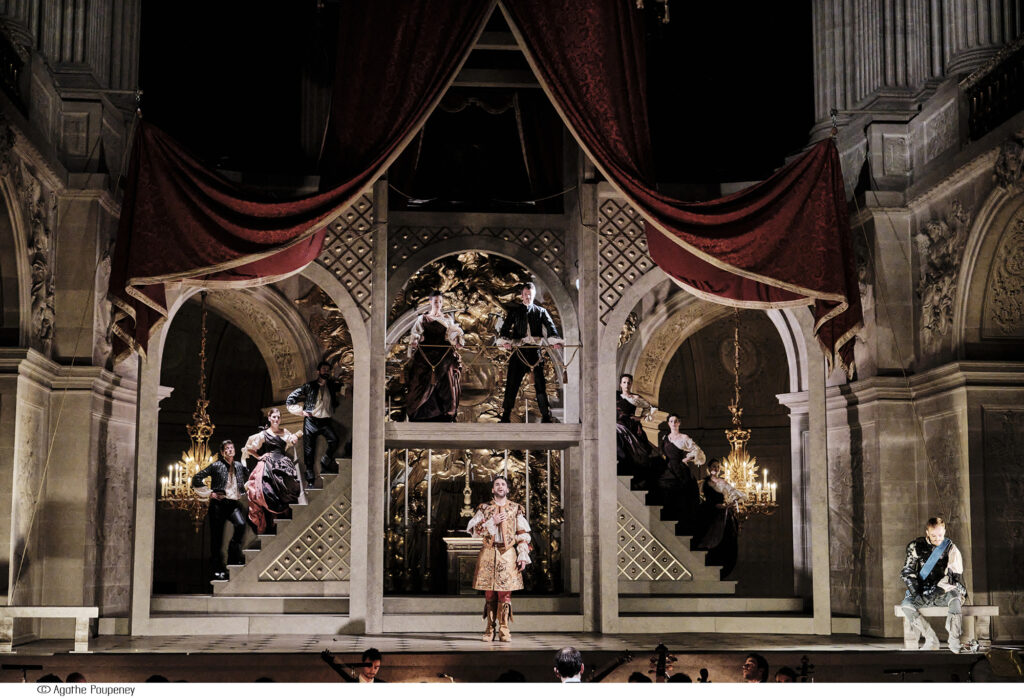
Opéra Royale de Versailles presents Marc-Antoine Charpentier’s lyrical masterpiece, David et Jonathas, regarded by many as one of the miracles of Baroque opera. The role of David is sung by Belgian countertenor Reinoud Van Mechelen, that of Jonathas by French soprano Caroline Arnaud, and the role of Saül by French baritone David Witczak. The conductor of the Marguerite Louise Chorus and Orchestra is Gaétan Jarry, Founder of the ensemble, and direction is by Marshall Pynkoski, Founding Co-Artistic Director of Opera Atelier and Co-Founder of the company’s MOAO program. Read more ….
Paavo Järvi leads Concertgebouw Orchestra in works by Khachaturian & Stravinsky
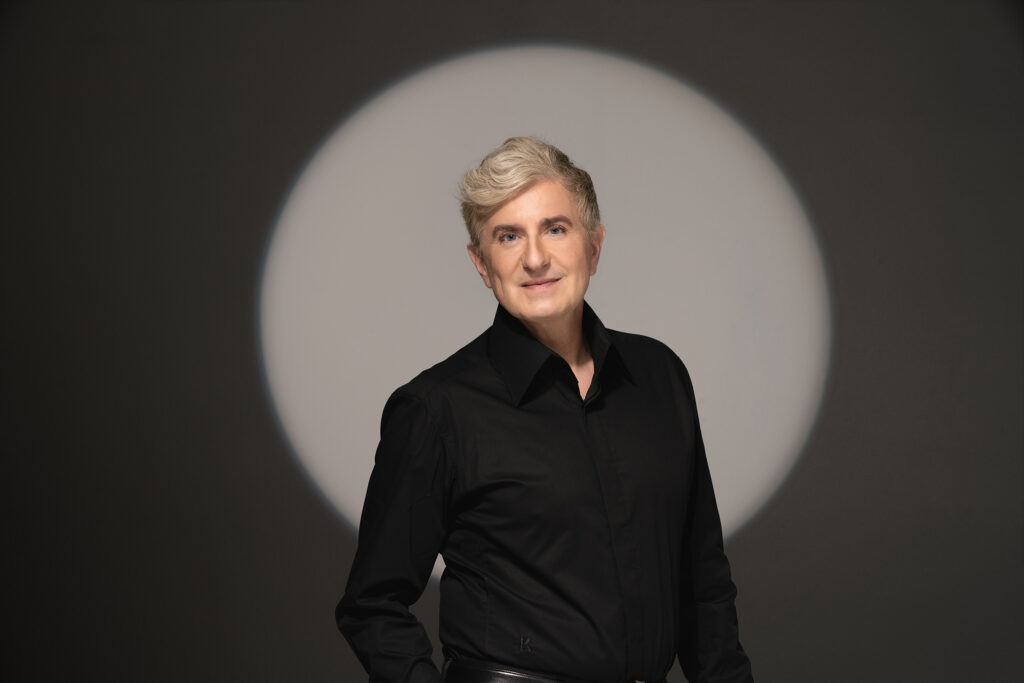
Jean-Yves Thibaudet plays the Khachaturian Piano Concert © E Caren
Estonian conductor, Paavo Järvi, leads Amsterdam’s Concertgebouw Orchestra in a programme of music from Northern and Eastern Europe – the Dutch premiere of Vesper by Estonian composer, Ester Mägi, Khachaturian’s Piano Concerto, with soloist Jean-Yves Thibaudet, and Stravinsky’s ballet score for Petrushka. Read more ….
Balanchine, Ratmansky and Goecke for Monte-Carlo Ballet

Monte-Carlo Ballet in Wartime Elegy by Alexei Ratmansky © Alice Blangero
Monte-Carlo Ballet takes to the stage this month with a three-part programme which closes the Printemps des Arts de Monte-Carlo festival. Accompanied by the Monte-Carlo Philharmonic Orchestra, led by Jesko Sirvend, the company performs Balanchine’s The Four Temperaments, Ratmansky’s Wartime Elegy, and a new ballet by Marco Geocke Transfigured Night. Read more ….
New production of Le barbier de Séville for Nice Opera
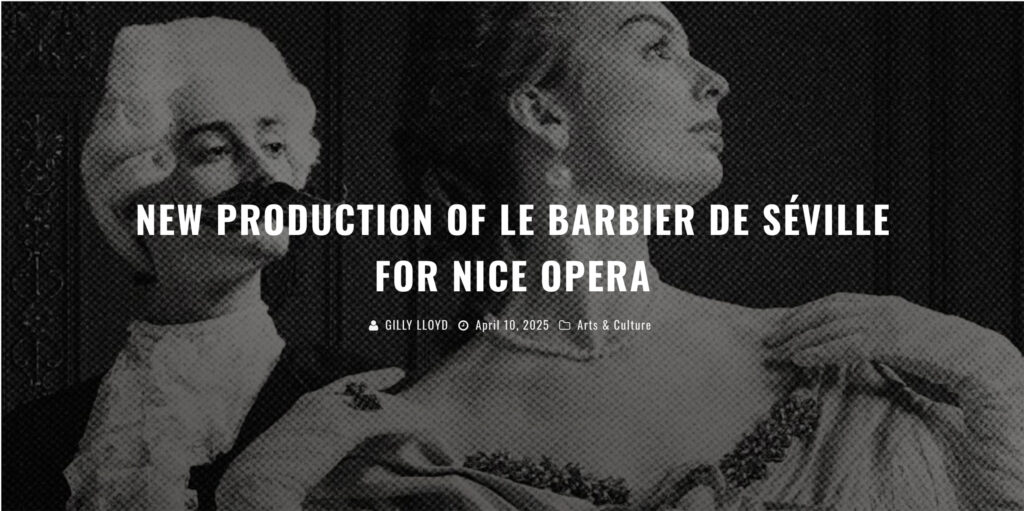
Poster courtesy Nice Opera
Nice Opera stages a new production of Giachino Rossini’s Le barbier de Séville (The Barber of Seville), with a cast led by Rossinians Lilly Jørstad, Dave Monaco and Gurgen Baveyan. Lilly Jørstad sings the role of Rosina, tenor Dave Monaco is Count Almaviva, bass-baritone Gurgen Baveyan is the barber Figaro, and baritone Marc Barrard is Dr Bartolo. The production is conducted by Beatrice Venezi, and directed by Benoît Bénichou who has staged productions at many of the major opera houses of Europe. Read more ….
Monte-Carlo Philharmonic pays tribute to Maurice Ravel
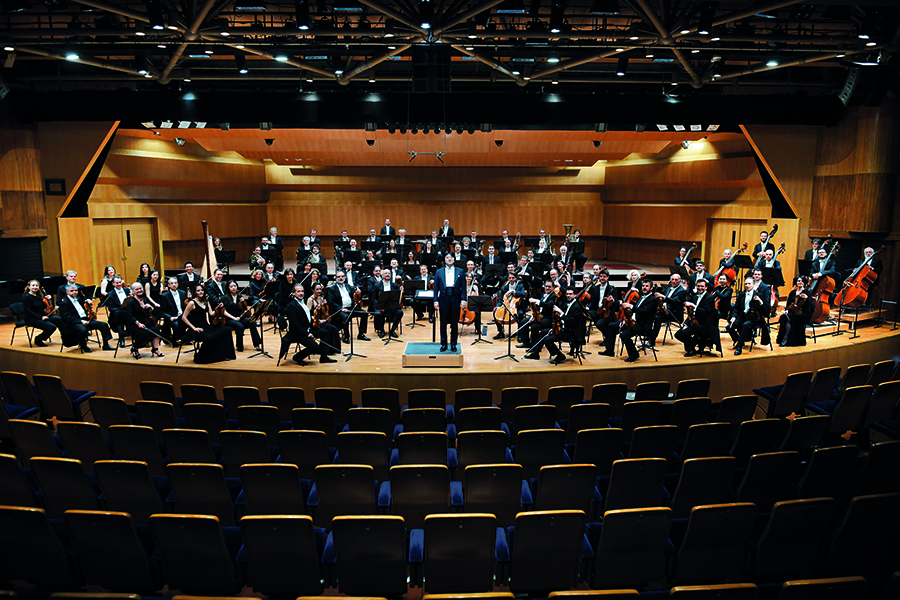
Kazuki Yamada and the Monte-Carlo Philharmonic Orchestra © Sasha Gusov
In collaboration with the Festival Printemps des Arts, the Monte-Carlo Philharmonic Orchestra pays tribute to the music of Maurice Ravel – the 150th anniversary of whose birth is celebrated this month. Led by Music Director, Kazuki Yamada, the Orchestra is joined by guest pianist Nelson Goerner. Read more ….
Documentary on jazz artist Omar Sosa
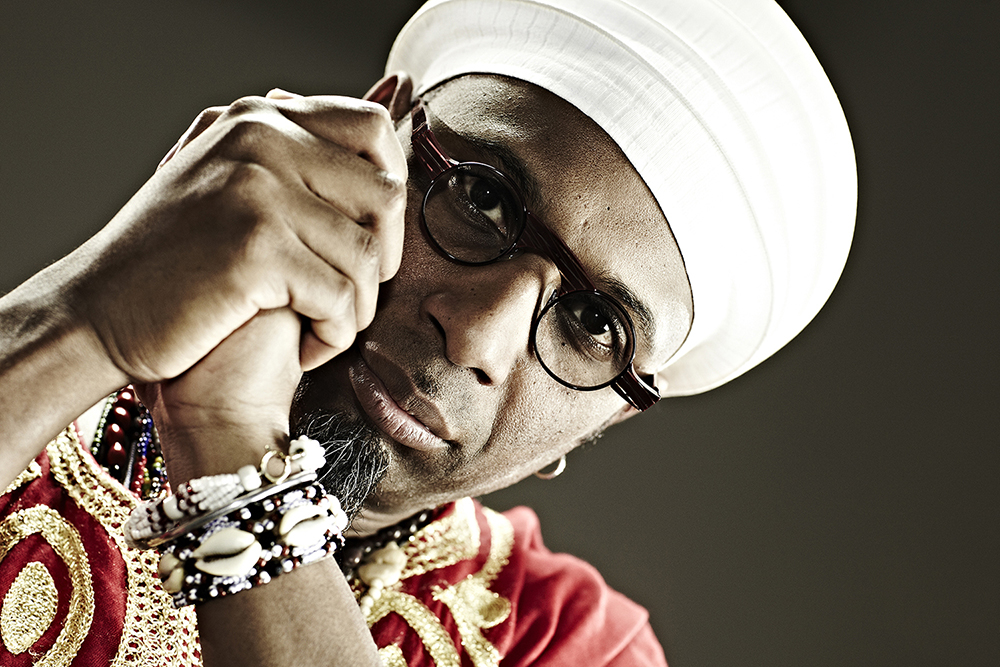
Omar Sosa © Massimo Mantovani
Cuban composer and pianist, Omar Sosa, has just launched the documentary of his life and music – Omar Sosa’s 88 Well Tuned Drums – on Amazon TVOD, the documentary having previously been shown only at jazz festivals. Sosa, regarded as one of the most versatile jazz artists of the day, masterfully blends with his Afro-Cuban heritage a wide range of sounds, including Latin jazz, world music and electronics. Read more ….
Shani leads Israel Philharmonic Orchestra on US tour
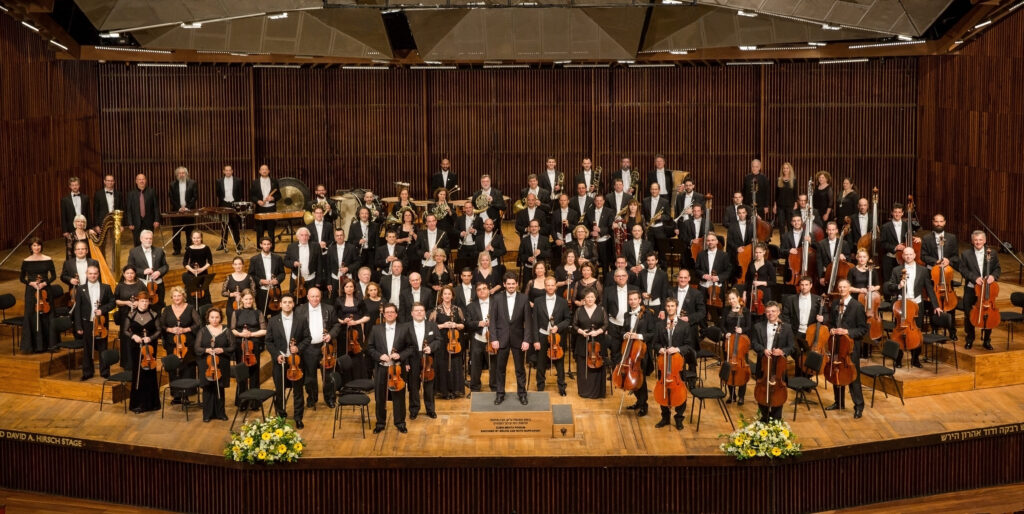
The Israel Philharmonic with Lahav Shani © Oden Antman
This month, the Israel Philharmonic Orchestra embarks on a five-city tour of Florida and California, presented by American Friends of the Israel Philharmonic (AFIPO). Led by Music Director Lahav Shani, the tour marks the orchestra’s first return to the US since 2022. Read more ….
The Met brings Beethoven’s Fidelio to the cinema screen
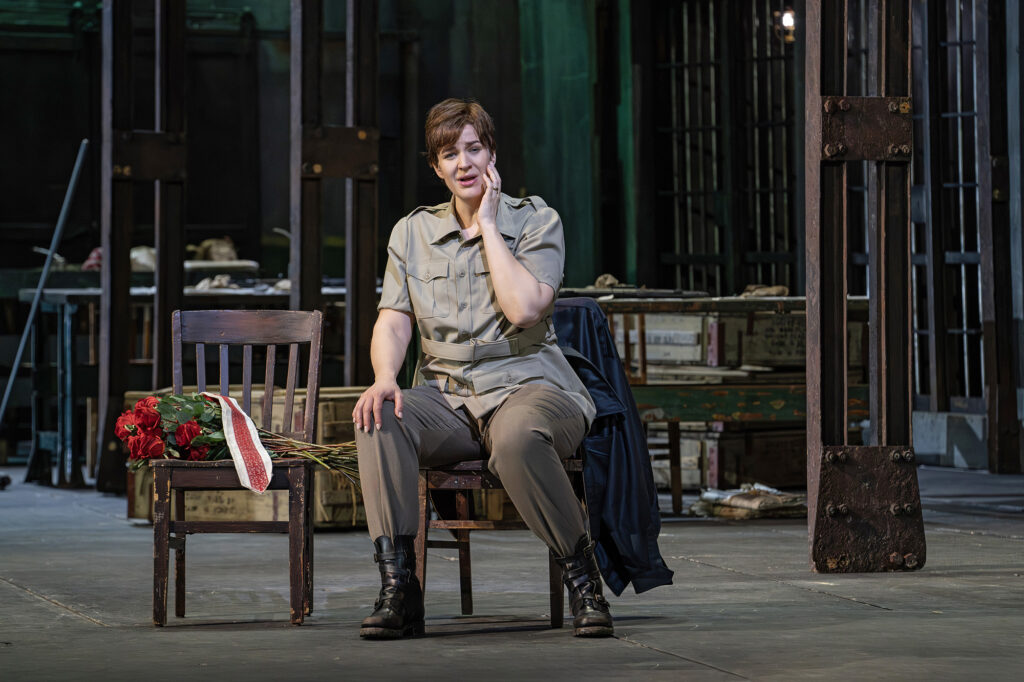
Lise Davidsen as Leonore in Beethoven’s Fidelio © Karen Almond / Met Opera
The latest cinema production from the Metropolitan Opera, Beethoven’s Fidelio, screens on March 15 in The Met Live-in-HD series. This production, which will be available in more than 1800 theatres worldwide, stars soprano Lise Davidsen in her Met role debut as Leonore, with bass René Pape as the head jailer, Rocco, and tenor David Butt Philip as her husband, Florestan. Jurgen Flimm directs, and Susanna Mälkki conducts the production. Read more ….
Highlights of the 2025 Printemps des Arts de Monte-Carlo
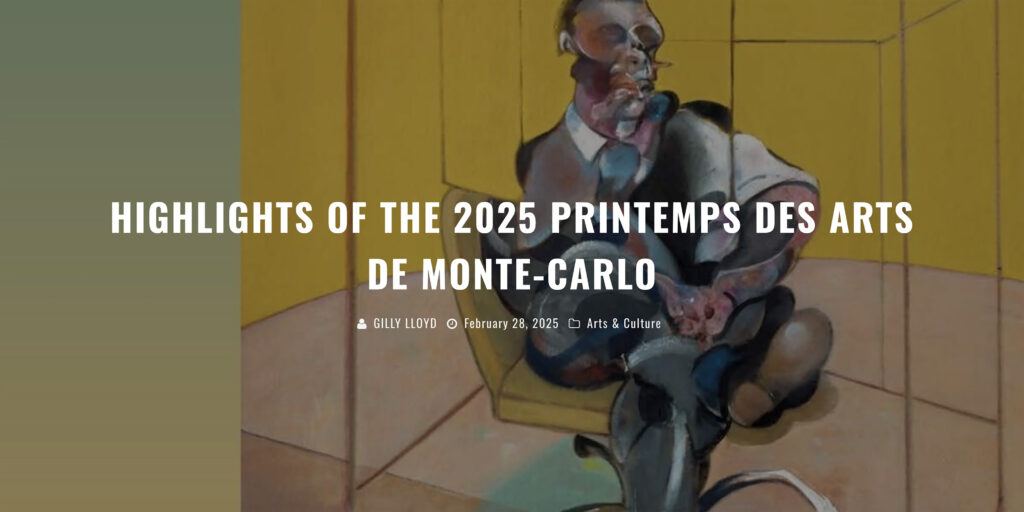
Poster courtesy Printemps des Arts de Monte-Carlo
This year, Monte-Carlo’s Printemps des Arts festival pays tribute to French composer, conductor and essayist Pierre Boulez. The festival was created in 1970 on the initiative of Princess Grace of Monaco, and has been presided over by HRH the Princess of Hanover since 1984. Under the direction of Bruno Mantovani, French composer and director of the Conservatoire de Paris, the festival takes place in the Principality from 2nd March to 27th April. Read more ….
Ticciati leads San Francisco Symphony in works by Beethoven & Rachmaninoff
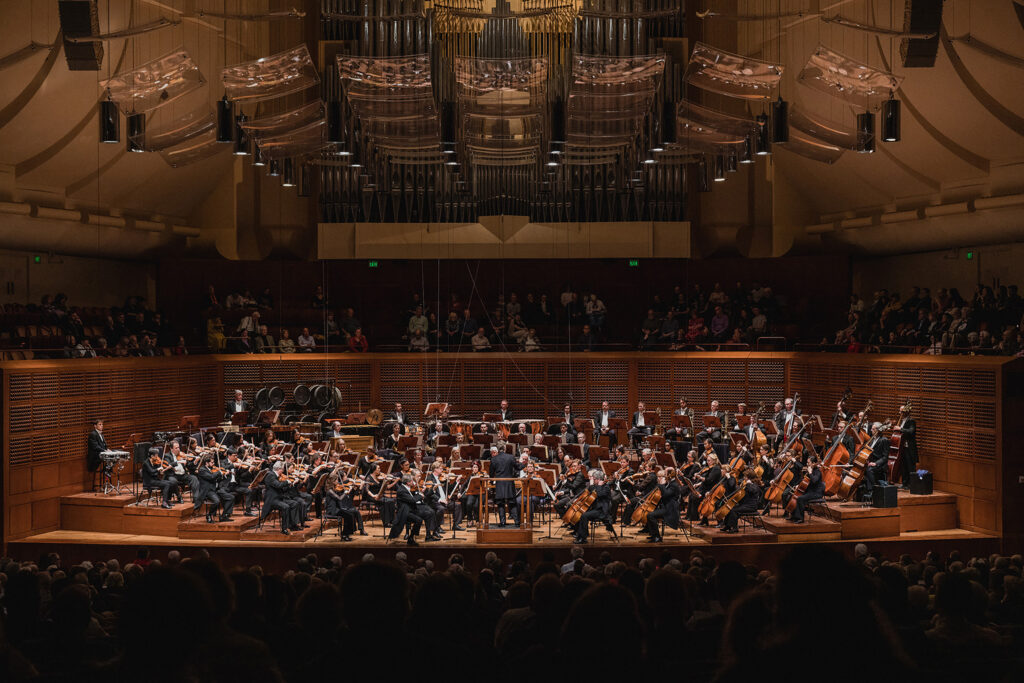
Robin Ticciati conducts a program of concerts at Davies Symphony Hall in which the Swiss-Italian pianist Francesco Piemontesi makes his debut with the San Francisco Symphony in Beethoven’s Piano Concerto No 4. The concerts also feature Sergei Rachmaninoff’s lovely Symphony No 2. Read more ….
New production of Wagner’s Das Rheingold for Monte-Carlo Opera
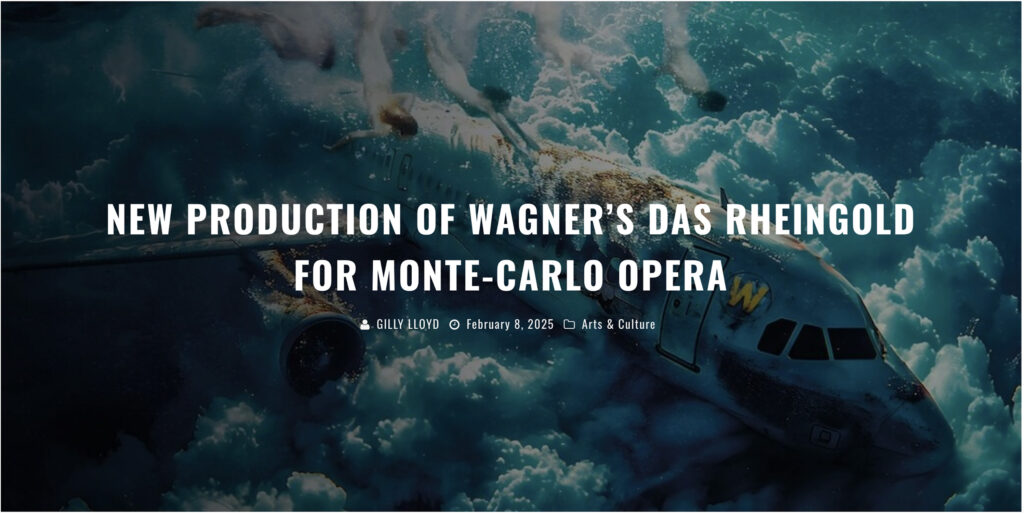
Iconographty courtesy of Monte-Carlo Opera
Monte-Carlo Opera stages Das Rheingold, the first part of Wagner’s epic Ring Cycle tetragology, in a new production by Davide Livermore. The opera stars Christopher Purves as Wotan, the ruler of the Gods, and Gianluca Capuano leads Les Musiciens du Prince – Monaco. Read more ….
ENO’s revival of Mozart’s ‘The Marriage of Figaro’
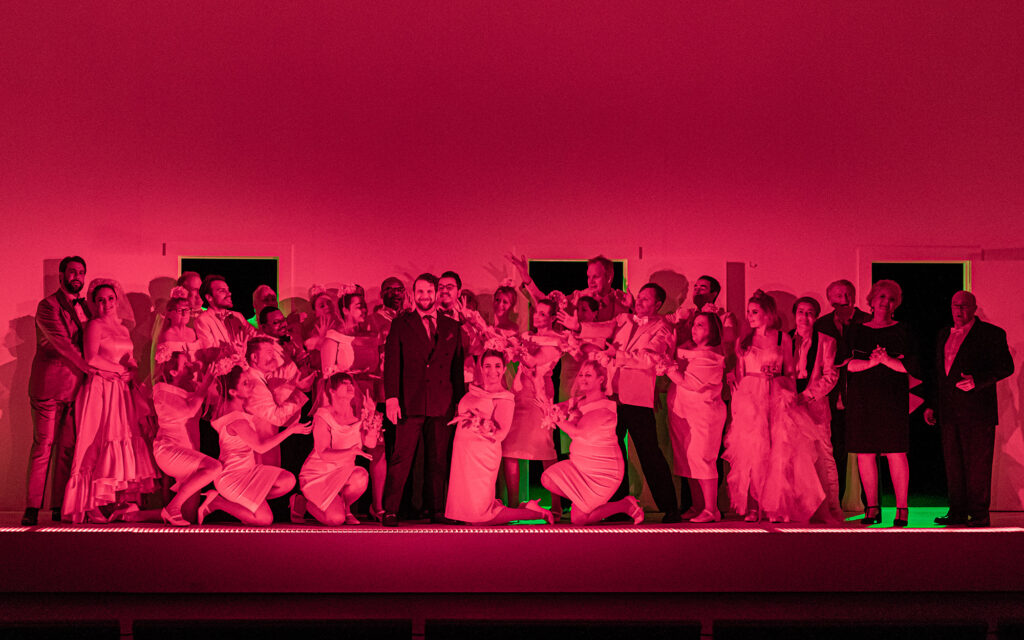
The ensemble of ENO from the 2020 production of The Marriage of Figaro
A revival of English National Opera’s The Marriage of Figaro, “as ingenious as it is engrossing” (Evening Standard), “Slick, cool and a lot of fun” (Telegraph) and “The escapist tonic you need” (The Times), opens in London next week. Read more ….
Orchestra of St Luke’s plays Bernstein’s Kaddish
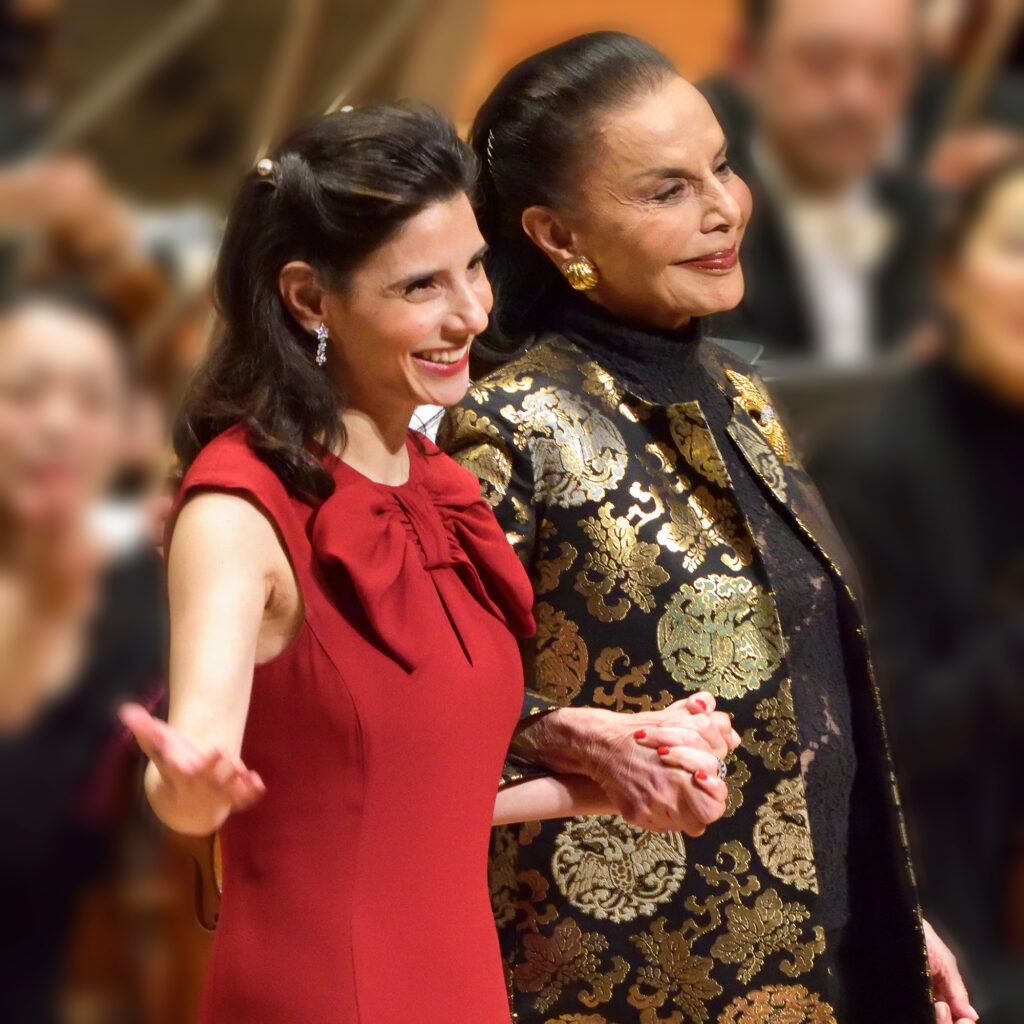
Leah and Judith Pisar © Rikimaru Hotta
The Orchestra of St Luke’s plays Leonard Bernstein’s magnificent Symphony No 3, Kaddish, at Carnegie Hall on January 29, to mark the 80th anniversary of the liberation of Auschwitz which occurs on January 27. Read more ….
Nice Opera presents the magic of Mozart’s La flûte enchantée
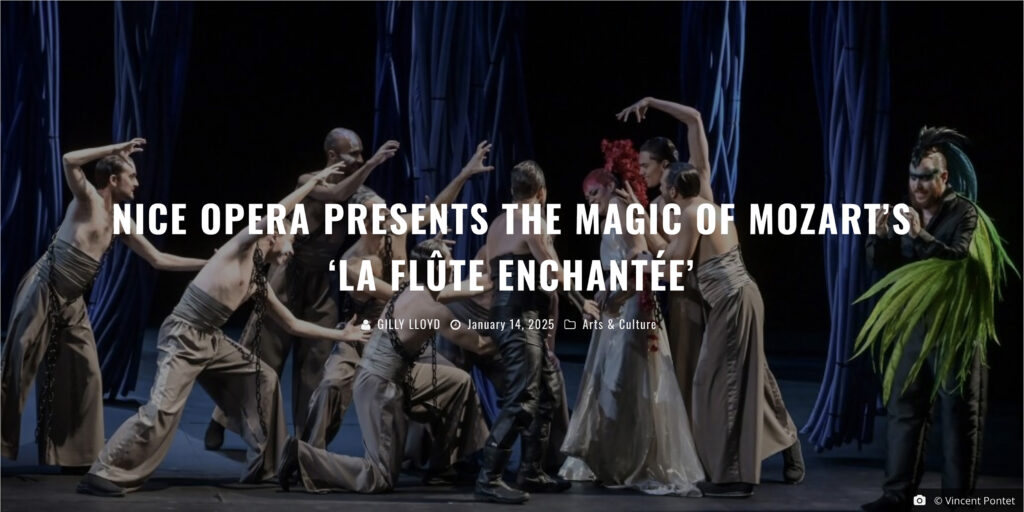
Photograph courtesy of the Théâtre des Champs-Elysées © Vincent Pontet
Nice Opera presents a new production of what is regarded as one of the most popular works in the history of opera – Mozart’s La flûte enchantée (The Magic Flute). With stage direction by Cédric Klapisch (who also designed the sets) and directed by Laurent Delvert, the production is led by Jean-Christophe Spinosi. Read more ….
Monte-Carlo Opera stages Mozart’s La clemenza di Tito
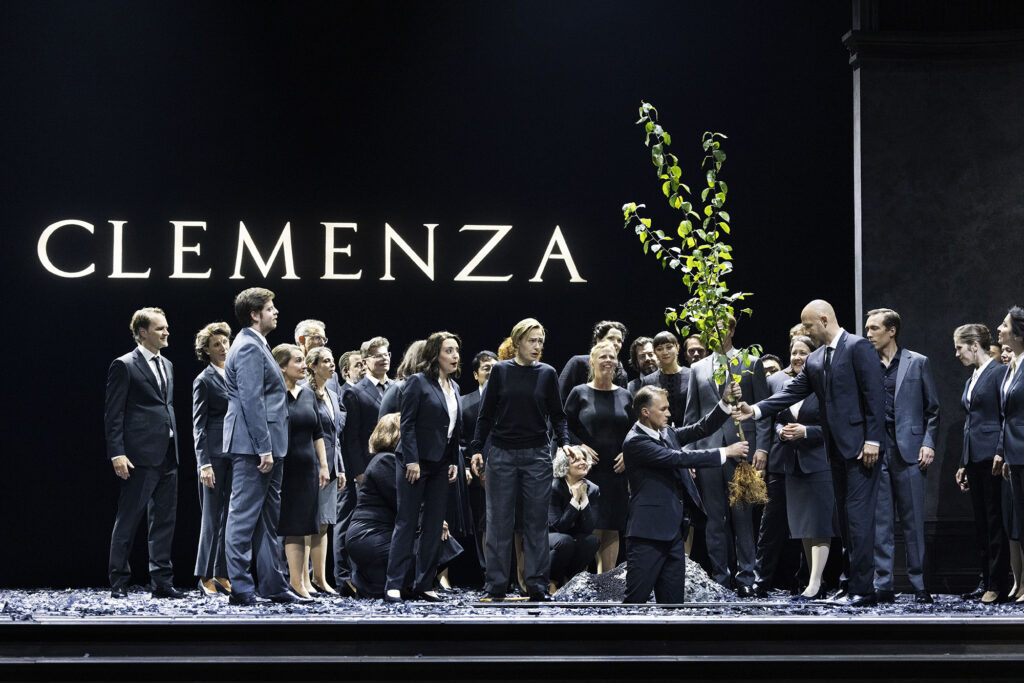
Scene from the Royal Danish Theater production of La clemenza di Tito © Miklos Szabo
As part of the Mozart à Monaco festival, organised by the Monte-Carlo Philharmonic Orchestra, Monte-Carlo Opera stages a new production of Mozart’s La clemenza di Tito, in a coproduction with the Royal Danish Opera and Hamburg Staatsoper. Read more ….
English National Ballet’s Giselle returns to the London Coliseum
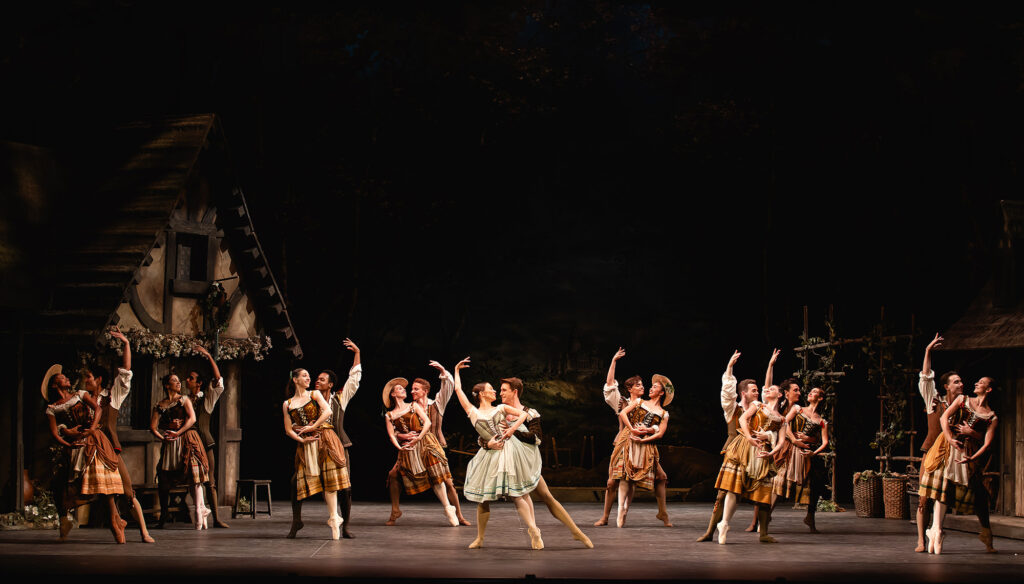
English National Ballet in Mary Skeaping’s Giselle
English National Ballet presents Mary Skeaping’s Giselle at the London Coliseum this week, with production and choreography after Jean Coralli, Jules Perrot and Marius Petipa. A story of innocence and betrayal, Giselle is one of the oldest classical ballets still being performed today and regarded as the most famous of the Romantic era ballets. Read more ….
The Met’s New Production of Verdi’s Aida
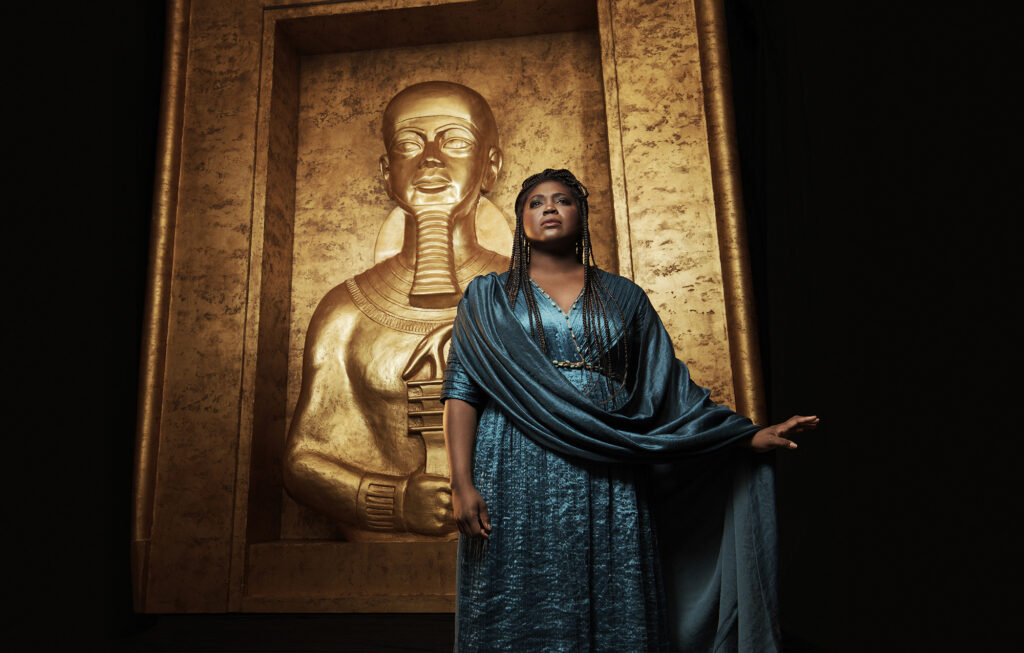
Angel Blue in the title role of Verdi’s Aida Photo: Ken Howard / Met Opera
The Metropolitan Opera stages a new production of Guiseppe Verdi’s Aïda, one of the most popular operas in the repertoire, with soprano Angel Blue in the title role, and tenor Piotr Beczala as her lover Radamès. The first new production of the opera in 36 years, it is directed by Michael Mayer, and led by Music Director Yannick Nézet-Séguin. Read more ….
Vittorio Grigolo stars in Opéra de Monte-Carlo’s L’elisir d’amore
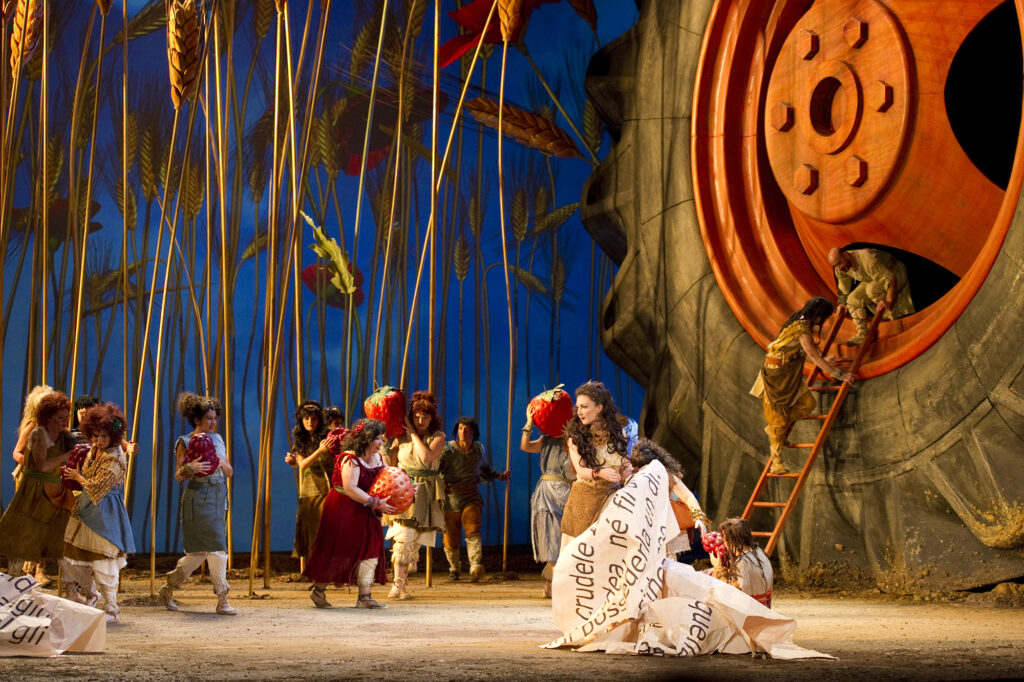
Scene from Opéra de Monte-Carlo’s production of Donizetti’s ‘L’elisir d’amore’ © Opéra de Monte-Carlo
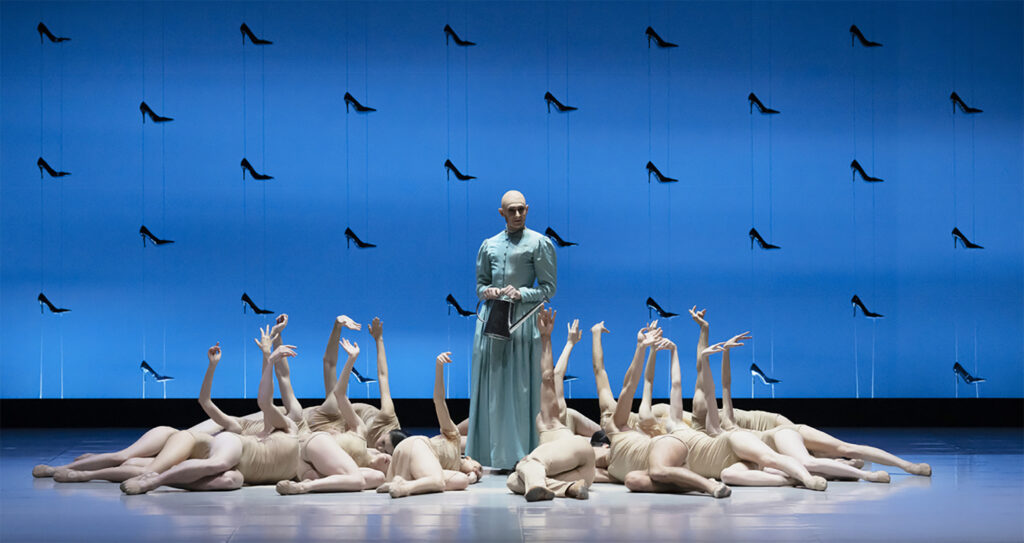
Ballet Nice’s production of Malandain’s ‘Cendrillon’ © Dominique Jaussein
This Christmas, Ballet Nice Méditerranée stages one of the world’s best-loved fairy tales, Cendrillon (Cinderella). This version, created by Thierry Malandian, Director-Choreographer of the Malandain Ballet Biarritz, is a contemporary interpretation of the ballet, set to the gorgeous score of Sergei Prokofiev. Read more ….
Czech Philharmonic on tour in New York
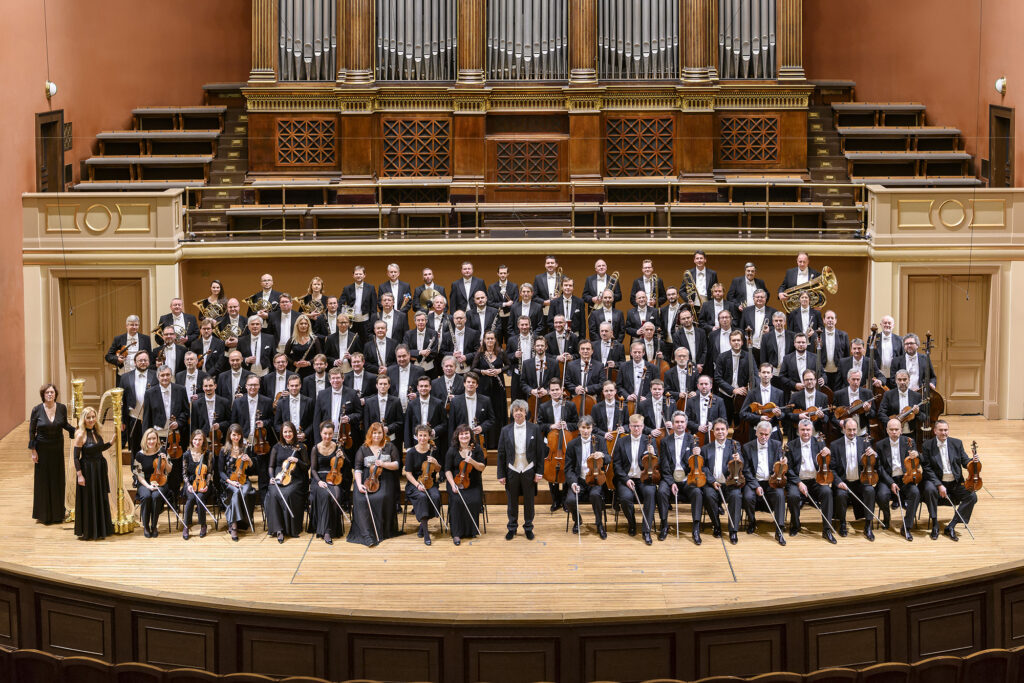
The Czech Philharmonic with Semyon Bychkov © Petra Hajska
The Czech Philharmonic Orchestra, under Chief Conductor and Music Director Semyon Bychkov, will perform three concerts during New York’s Czech Week, in celebration of its 2024 residency – offered by Carnegie Hall to the world’s finest orchestras only. Read more ….
The Met: Live in HD presents Puccini’s Tosca
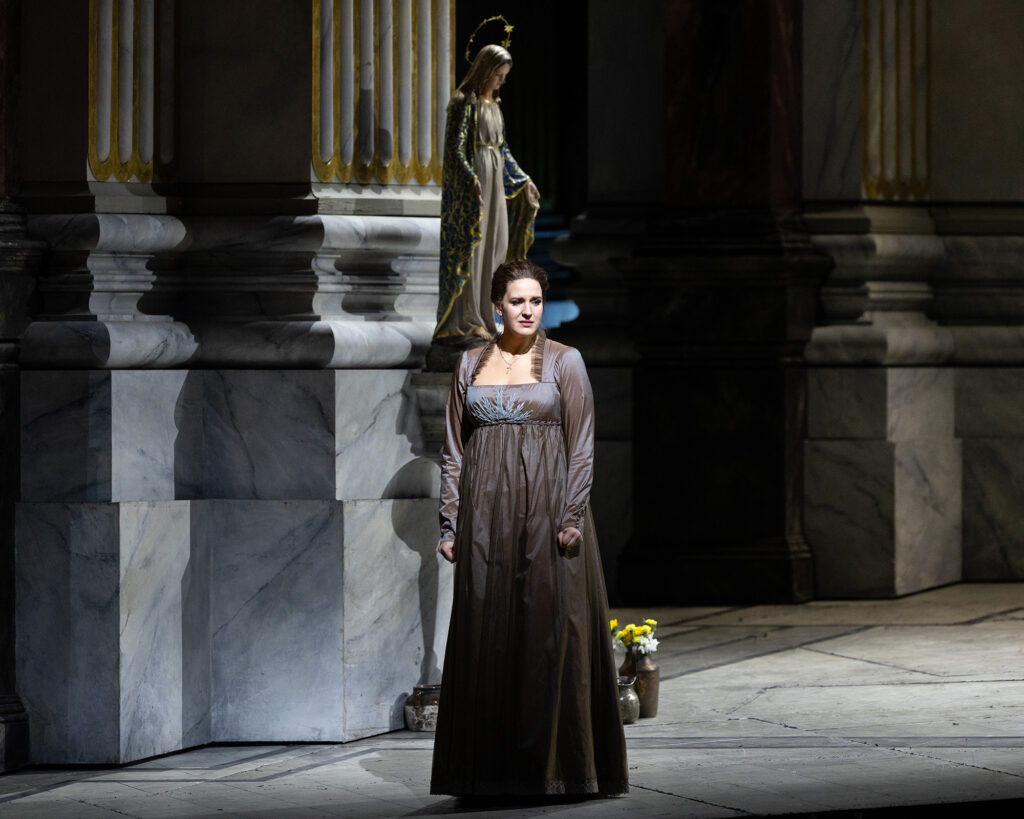
Lise Davidsen in the title role of Puccini’s Tosca Photo: Marty Sohl / Met Opera
The Metropolitan Opera continues its Live in HD season with Puccini’s historical melodrama Tosca, a story of love, lust, treachery and corruption. Read more ….
Australian Ballet brings Wheeldon’s Oscar© to the screen
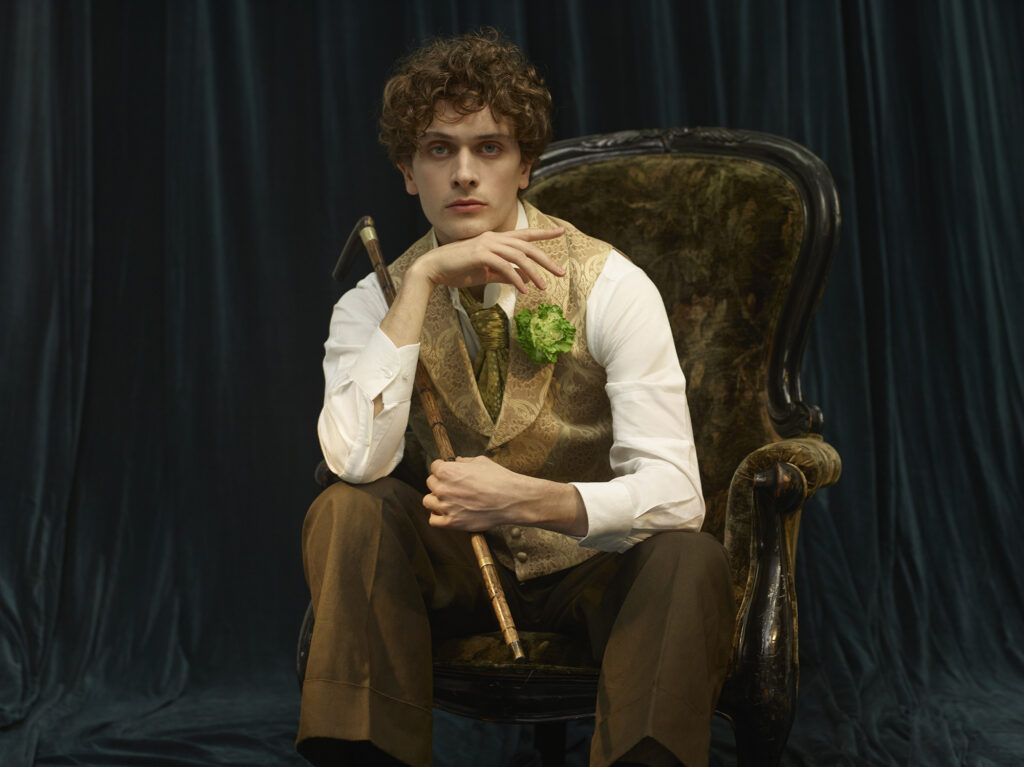
Callum Linnane in the title role of Wheeldon’s Oscar© – Photo Simon Eeles
The Australian Ballet recently held the World Premiere of Oscar©, a full-length ballet devoted to the life and writing of Oscar Wilde. Read more ….
Monte-Carlo Opera’s homage to Puccini draws to a close
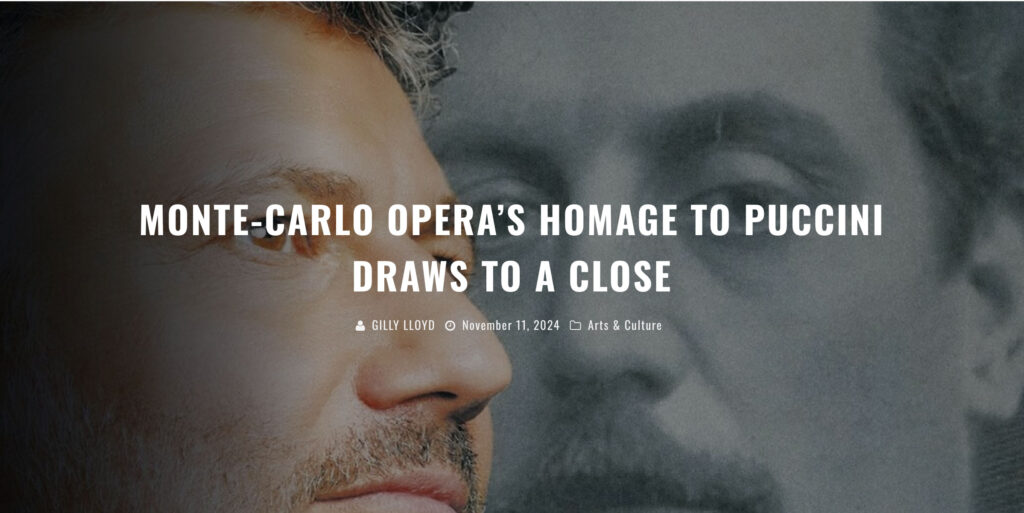
Monte-Carlo Opera has celebrated the Italian composer Giacomo Puccini – who died in November 1924 – with a series of performances of his work. Read more ….
Bizet’s Carmen returns to San Francisco Opera
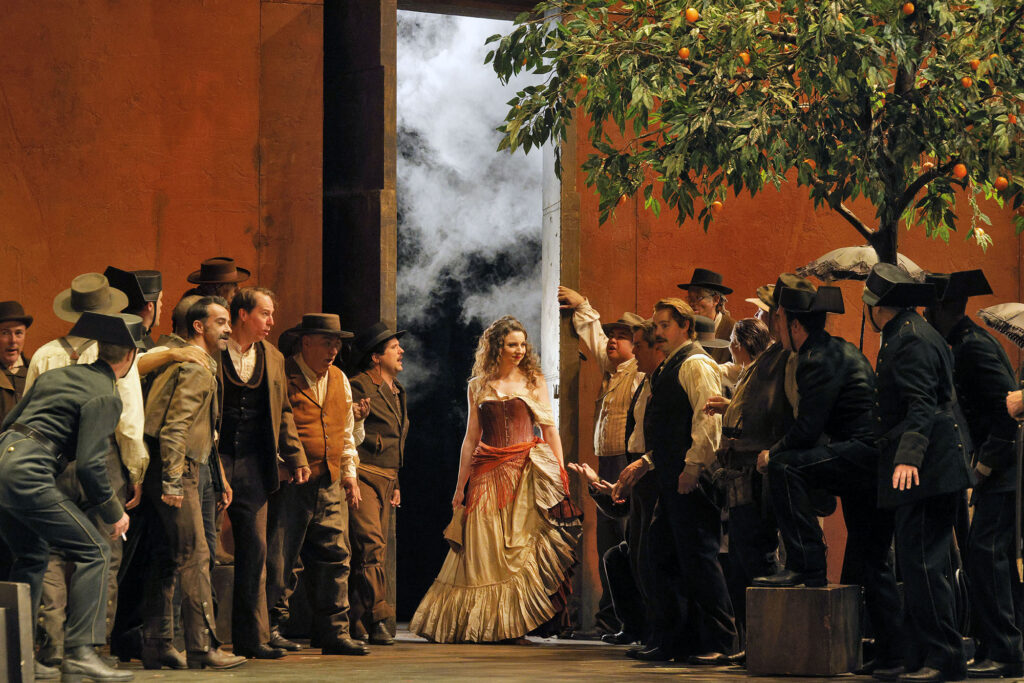
Eve-Maud Hubeaux as the title role with members of the San Francisco Opera Chorus in Bizet’s Carmen
Photo © Cory Weaver/San Francisco Opera
San Francisco Opera closes its 2024 Fall Season with Francesca Zambello’s production of Bizet’s ever popular Carmen, starring Eve-Maud Hubeaux making her US debut as the fiery, passionate and seductive Carmen, and Jonathan Tetelman making his Company debut as Don José, the army corporal who falls for Carmen’s attractions. Read more ….
English National Ballet presents Swan Lake in-the-round in cinemas
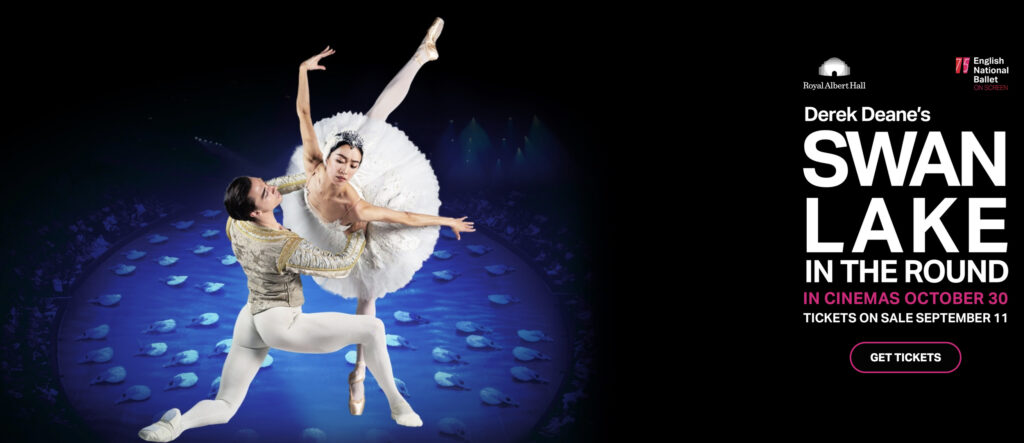
To celebrate its 75th season, English National Ballet gives cinemagoers the world over the opportunity to enjoy its performance of Swan Lake at the Royal Albert Hall, which took place earlier this year. Read more ….
Mark Elder leads London Philharmonic & James Ehnes in ‘A Hero’s Life’
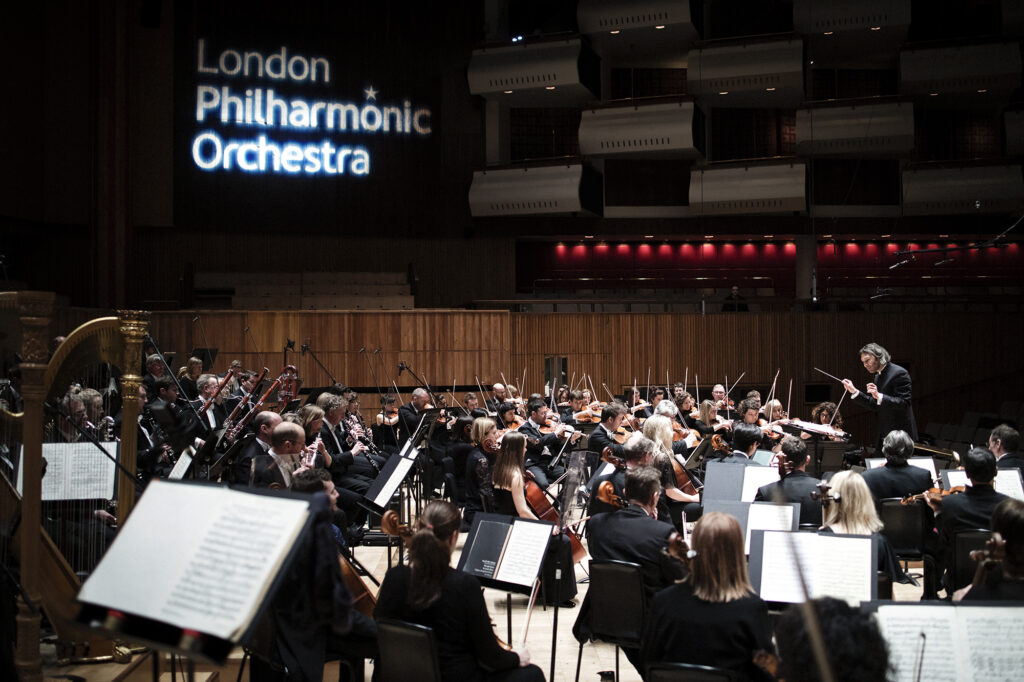
The London Philharmonic Orchestra led by Conductor Emeritus Vladimir Jurowski – photo Ben Ealovega
Canadian violinist James Ehnes is the guest artist in the London Philharmonic Orchestra concert, A Hero’s Life, led by Sir Mark Elder. Read more ….
Monte-Carlo Opera celebrates Puccini Centennial Festival
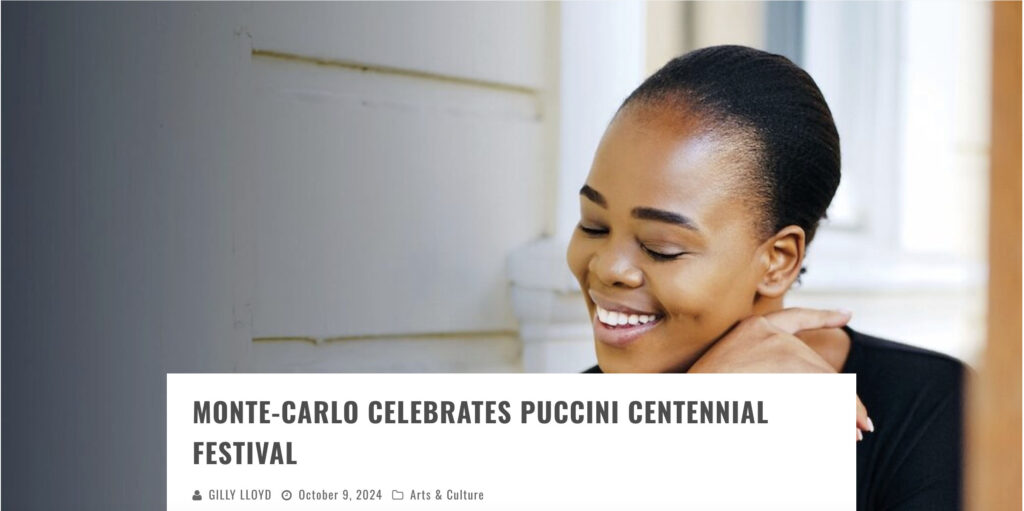
Soprano Pretty Yende stars in Monte-Carlo Opera’s concert version of Puccini’s ‘La rondine’ – photo courtesy Monte-Carlo Opera
To mark the 100th anniversary of the death of Italian composer, Giacomo Puccini, Monte-Carlo Opera presents a staged version of La rondine (The Swallow). Read more ….
San Francisco Opera stages Wagner’s ‘Tristan und Isolde’
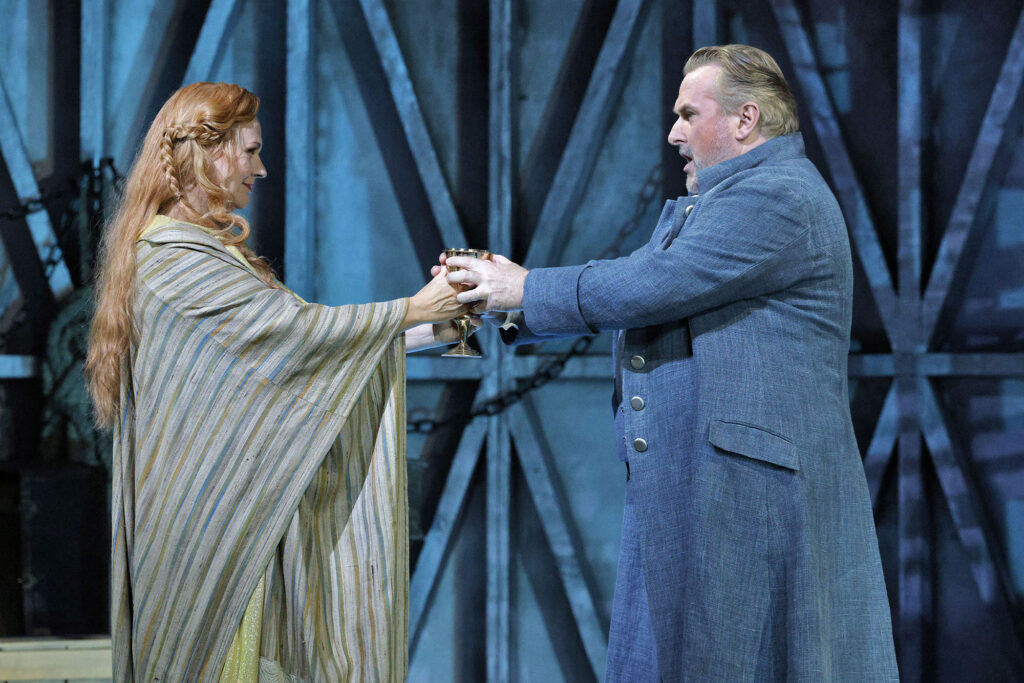
Anja Kampe as Isolde and Simon O’Neill as Tristan in Wagner’s ‘Tristan und Isolde’ © Photo Cory Weaver/ San Francisco Opera
San Francisco Opera presents one of the most significant works in the repertoire – Richard Wagner’s Tristan und Isolde – for the first time in 18 years. Read more ….
The Music of Michael Tilson Thomas
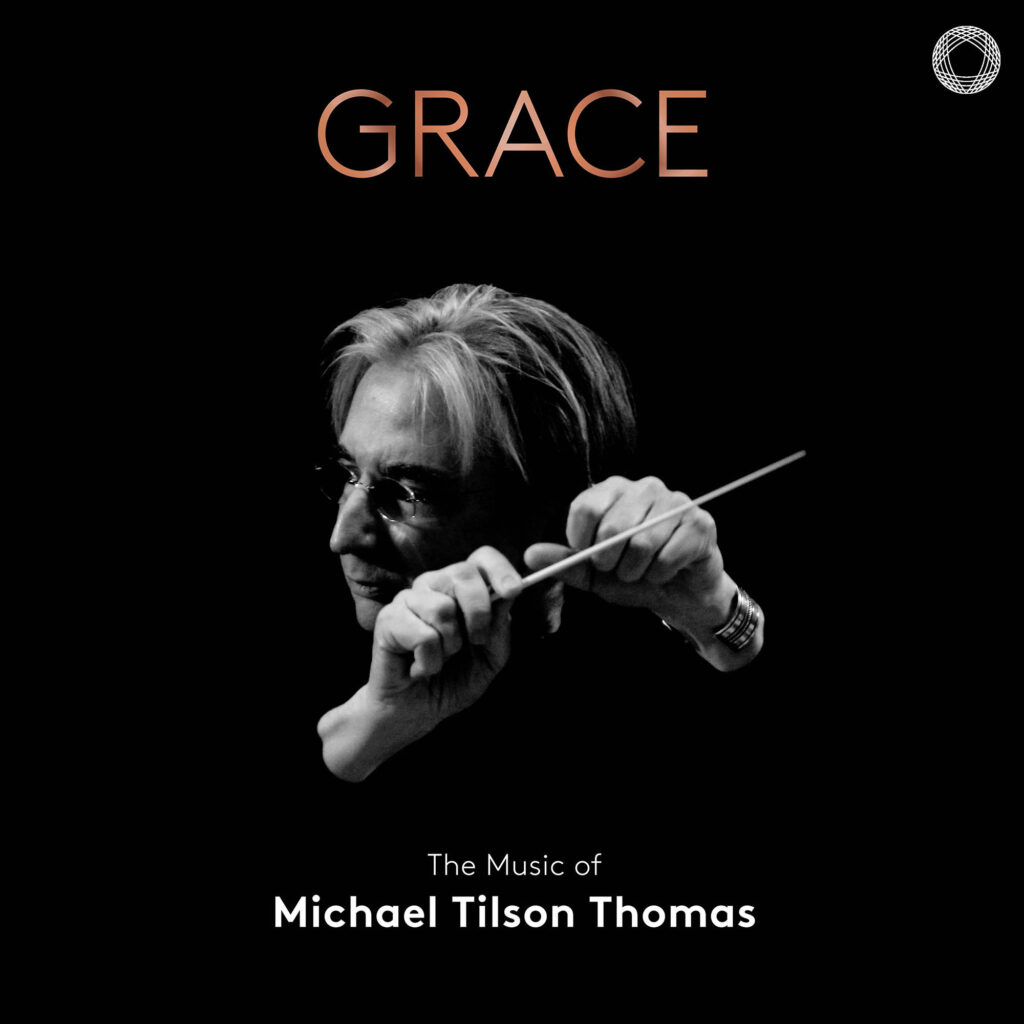
To mark the 80th birthday of Michael Tilson Thomas, Pentatone is releasing a deluxe collection of the compositions of this legendary conductor, composer, pianist, recording artist and teacher. It’s titled GRACE: The Music of Michael Tilson Thomas. Read more ….
‘The Met: Live in HD’ opens new season with Offenbach’s ‘Les contes d’Hoffmann’
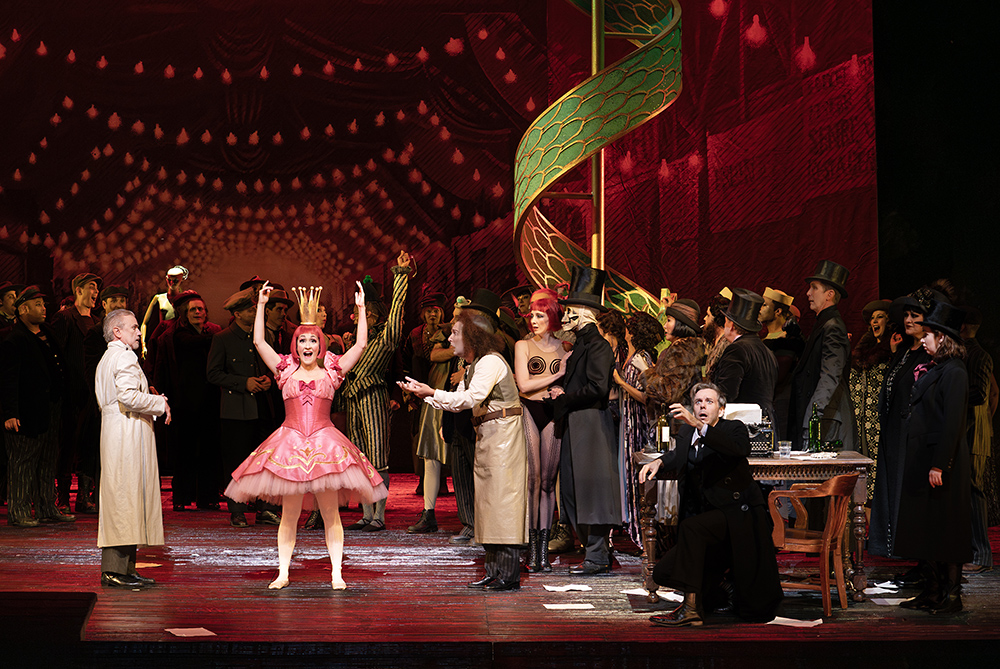
A scene from Act I of Offenbach’s ‘Les Contes d’Hoffmann’ Photo: Karen Almond / Met Opera
The Metropolitan Opera opens the 18th Season of Live in HD productions with Offenbach’s Les contes d’Hoffmann on October 5. This award-winning series brings some of the Company’s finest performances to opera lovers worldwide in more than 1,800 cinemas. Read more ….
Nice Opera stages Lecoq’s ‘La fille de Madame Angot’
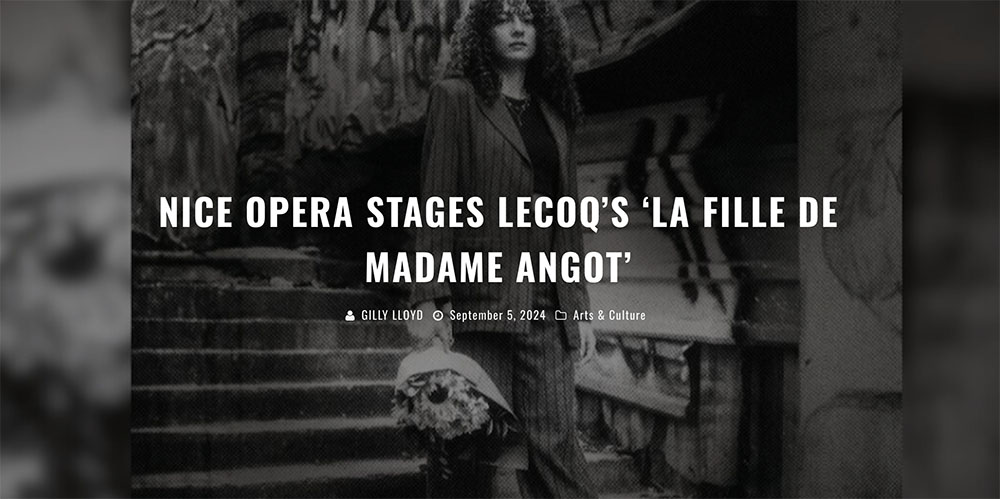
Photo courtesy Nice Opera
Nice Opera opens the 2024-25 season with a comic-opera by Charles Lecoq – La fille de Madame Angot (The Daughter of Madame Angot). This fun and joyful production is staged by Richard Brunel and directed by Lise Labro, with Chloé Dufresne leading the Nice Philharmonic Orchestra and the Nice Opera Chorus. Read more ….
San Francisco Opera opens new season with Verdi’s ‘Un ballo in maschera’
San Francisco Opera opens the 2024-25 season with a production of Giuseppe Verdi’s Un ballo in maschera (A Masked Ball), starring Michael Fabiano as King Gustavus III of Sweden and Lianna Haroutounian as Amelia – on whom the king has set his eye. Read more…
Jakub Hrůša leads Czech Philharmonic on Summer Tour
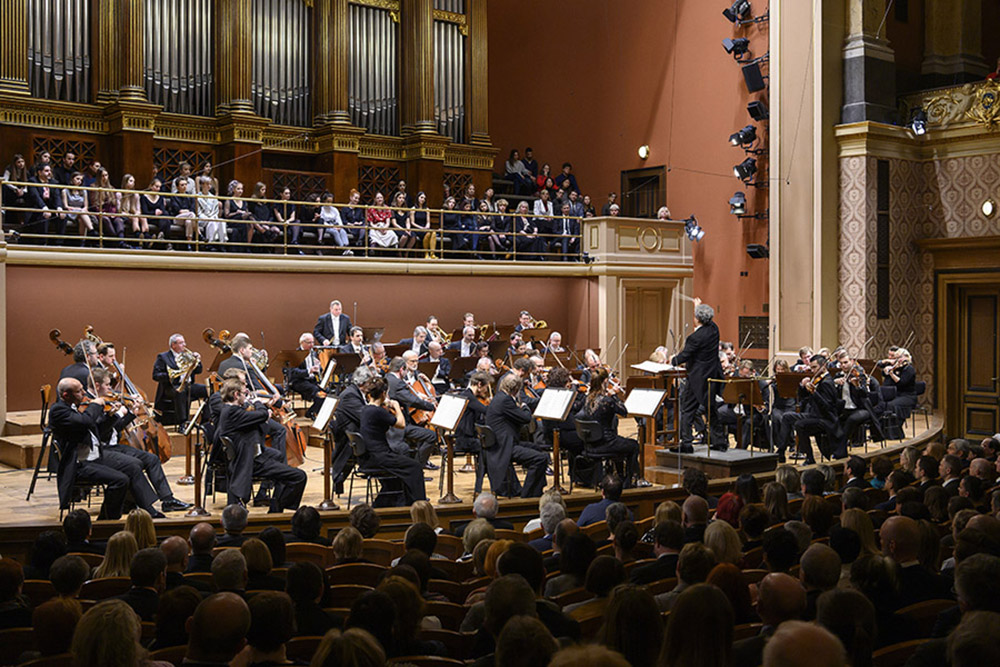
Principal guest conductor of the Czech Philharmonic, Jakub Hrůša, leads the Orchestra on a 5-concert tour, taking in performances in Hamburg, the Lucerne Festival, the Rheingau Festival and the BBC Proms. Read more …..
Lyric Festival of Stone Theatres 2024
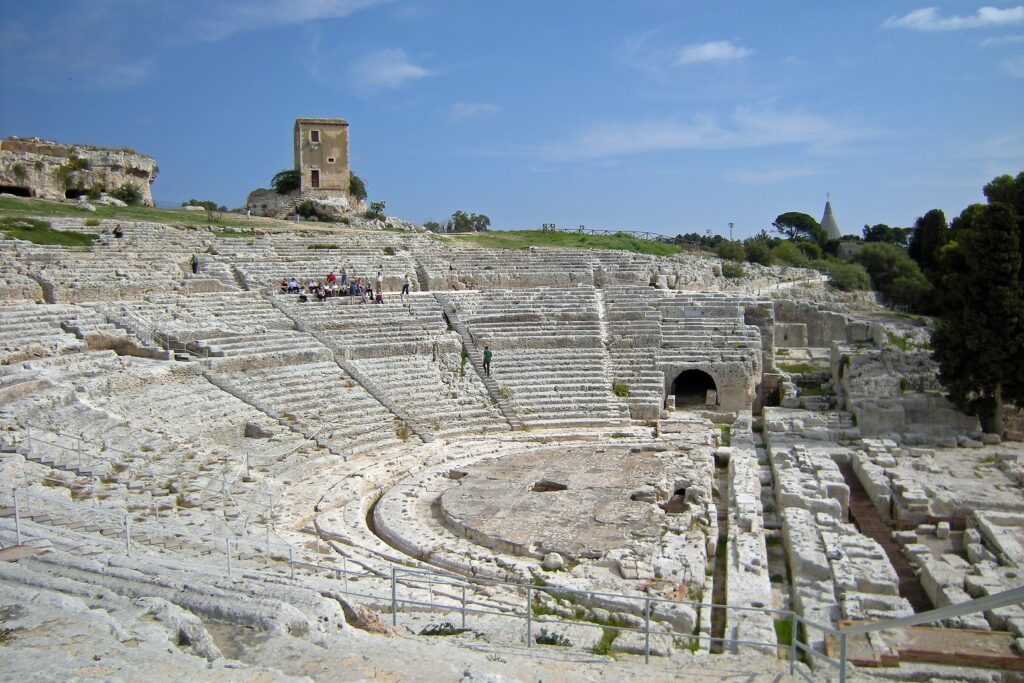
July is traditionally the month in which the celebration of the 1,000 year-old stone theatres of Sicily opens. Read more ….
A Monaco Summer Favourite – Concerts at the Prince’s Palace
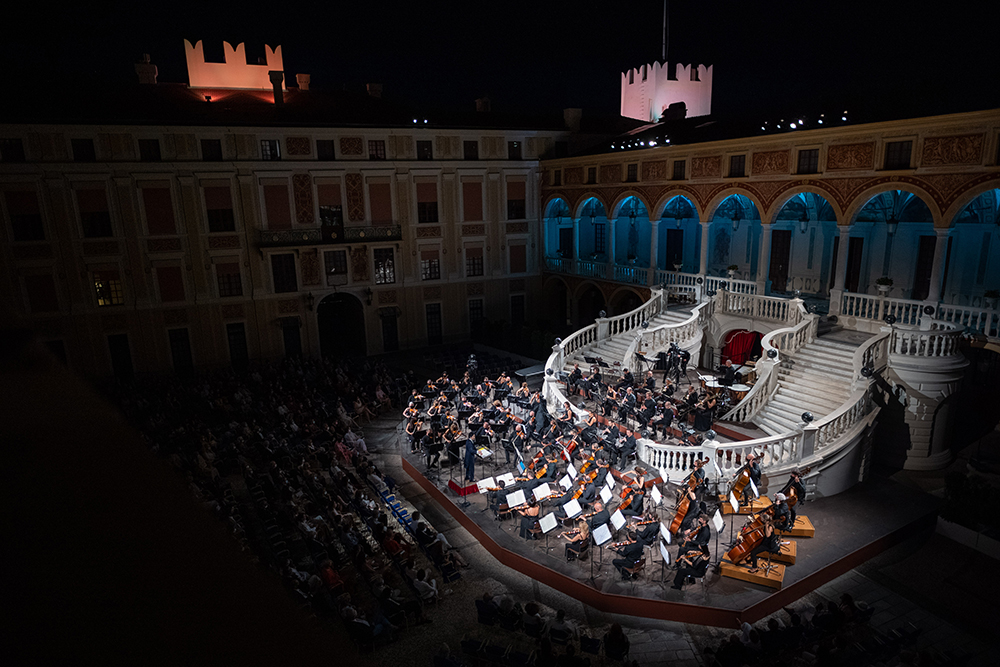
The end of July in Monaco heralds a series of Concerts at the Prince’s Palace, and this year the Monte-Carlo Philharmonic Orchestra has a superb selection on offer, running from 11th July to 4th August. Read more ….
San Francisco Playhouse stages Lloyd Webber & Tim Rice hit ‘Evita’
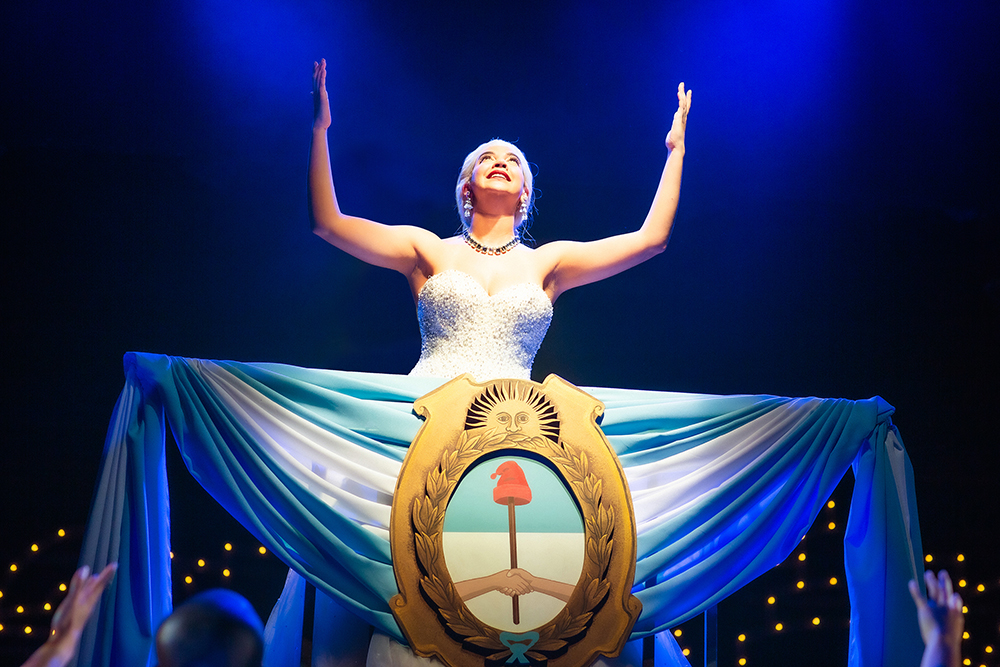
production of ‘Evita’ © Jessica Palopoli
In what must be the highlight of the current season, San Francisco Playhouse stages the Andrew Lloyd Webber and Tim Rice hit musical Evita. Winner of 9 Tony Awards, including Best Musical and Best Score, Evita was described by The Stage as “…. the greatest musical the UK has ever created”. Read more ….
Tribute to Éric Vu-An
It is with great sadness that we note the death, earlier this month, of Éric Vu- An, Artistic Director of Nice Méditerranée Ballet. Read more ….
San Francisco Opera brings back Handel’s comic opera ‘Partenope’
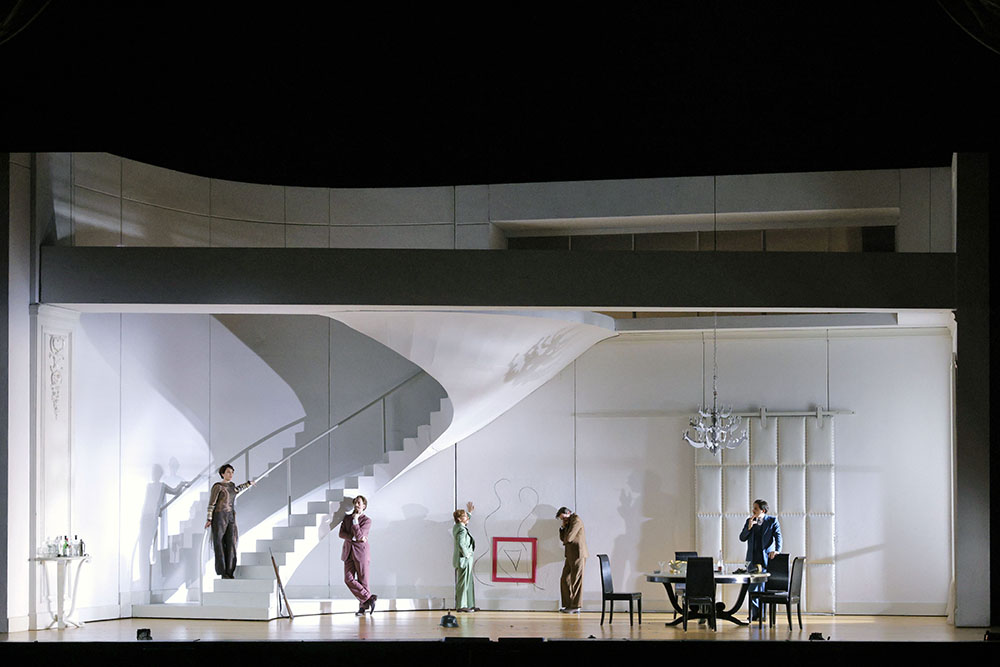
© Cory Weaver/San Francisco Opera
As part of its 2024 Summer Season, San Francisco Opera once more stages George Frideric Handel’s first comic opera, Partenope. Read more ….
Monte-Carlo Philharmonic ends season with Tchaikovsky and Bruckner
The Monte-Carlo Philharmonic Orchestra brings the 2023-24 season to an end with a concert featuring Tchaikovsky’s lovely Variations on a Rococo Theme Op 33and the Symphony No 5 in B-flat minor by Anton Bruckner. Read more ….
New production of Mozart’s ‘The Magic Flute’ for San Francisco Opera
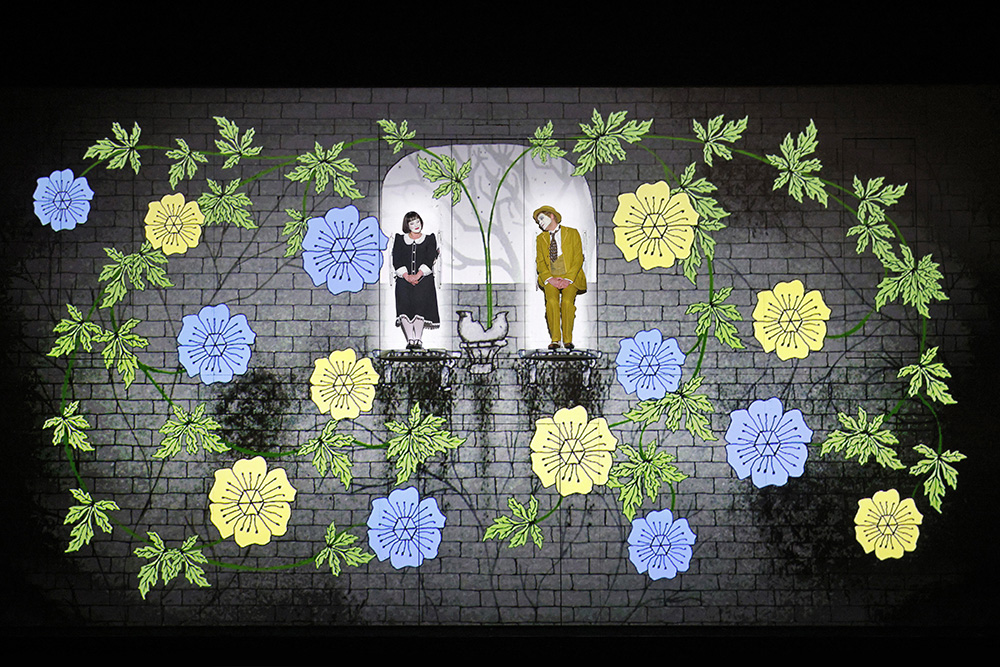
Photo: Cory Weaver/San Francisco Opera
This evening, San Francisco Opera presents a new staging of Mozart’s The Magic Flute (Die Zauberflöte), led by Music Director Eun Sun Kim. Read more ….
Nice Opera presents a double bill of two 20th century masterpieces
Nice Opera continues its current season with a double bill of Stravinsky’s mythical tale Le Rossignol and Poulenc’s somewhat off-beat Les Mamelles de Tirésias. A co-production with Champs-Elysées Theatre and Oper Köln, this dual staging is led by conductor Lucie Leguay, with direction by Olivier Py. Read more ….
Opéra Royal de Versailles stages Mozart’s ‘l’Enlèvement au Sérail’
The Opéra Royal de Versailles stages a new production of Mozart’s l’Enlèvement au Sérail (The Abduction from the Seraglio) this month. Read more …
Semyon Bychkov returns to Concertgebouw to lead Orchestra & soloist Vilde Frang
Ever-popular conductor Semyon Bychkov returns to the Concertgebouw Orchestra for a programme of music which includes Dvořák’s Carnival Overture, the Shostakovich First Violin Concerto and Rachmaninoff’s Symphonic Dances. The guest artist is the inspirational Norwegian violinist Vilde Frang. Read more ….
Keri-Lynn Wilson leads Kyiv Camerata, Joyce DiDonato & Dumka Chorus in New York
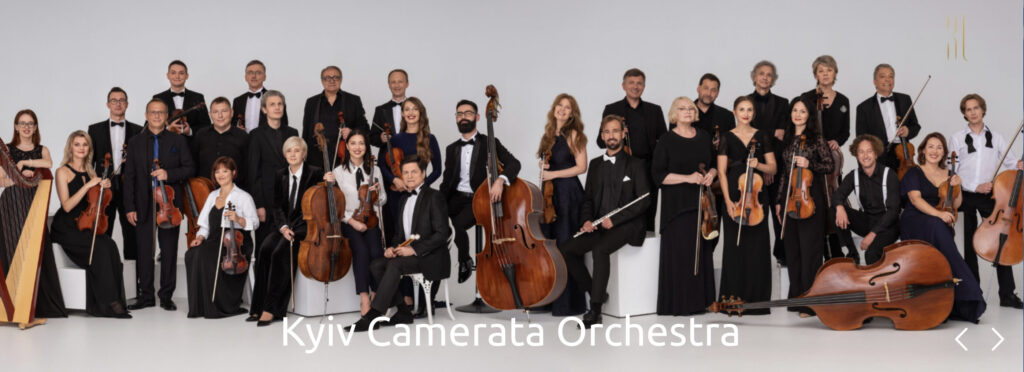
Kyiv Camerata, Ukraine’s leading chamber ensemble, is to appear with mezzo-soprano Joyce DiDonato and the Ukrainian Chorus Dumka New York at a concert in Carnegie Hall’s Zankel Hall on April 28, led by Canadian Ukrainian conductor Keri-Lynn Wilson. Read more ….
Two new works in Monte-Carlo Ballet triple bill
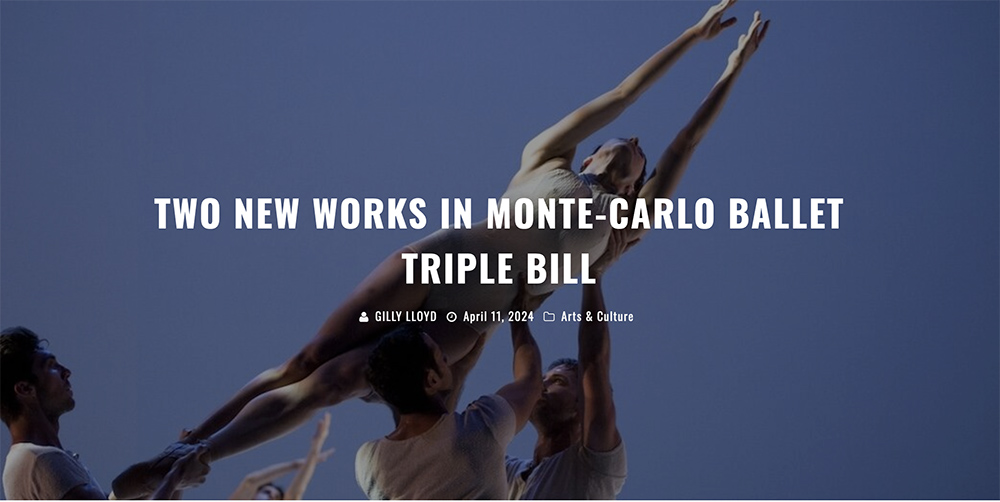
Taking a break from its touring schedule, Monte-Carlo Ballet returns home at the end of April to present three works by contemporary choreographers – Within the Golden Hour by Christopher Wheeldon, Jean-Christophe Maillot’s Vers un pays sage (Towards a Land of Wisdom) and Autodance by Sharon Eyal and Gai Behar. Read more ….
Met Opera presents Puccini’s ‘La Rondine’ Live in HD
An international audience has a chance to see the Metropolitan Opera’s presentation of Giacomo Puccini’s La Rondine (The Swallow) in a live performance streamed from the stage at Lincoln Center, New York. Read more ….
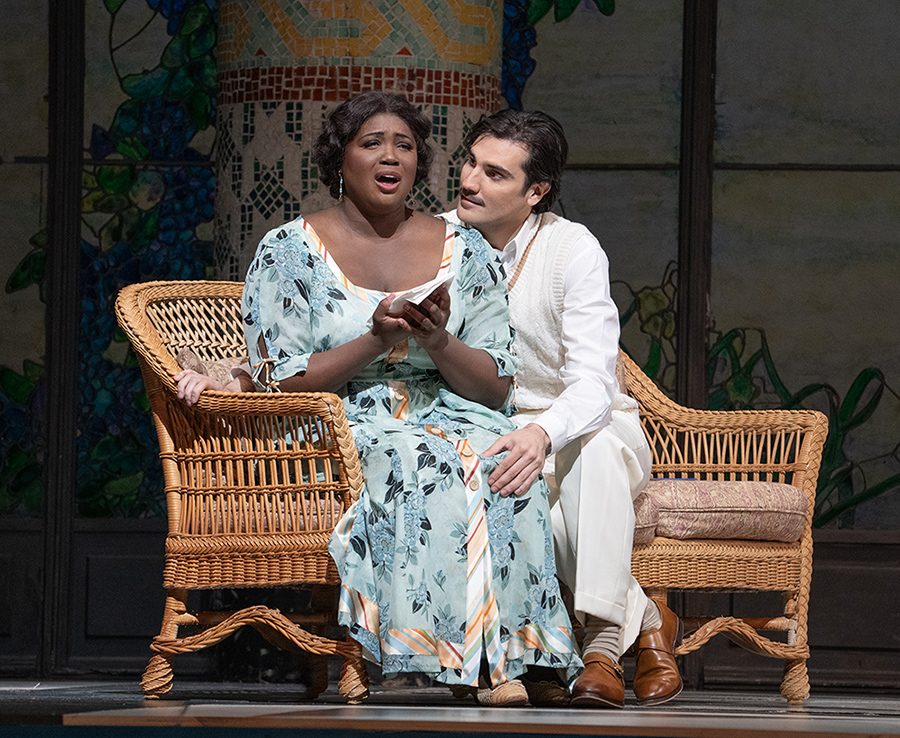
Photo: Karen Almond / Met Opera
Greek National Opera stages Weill & Brecht masterpiece
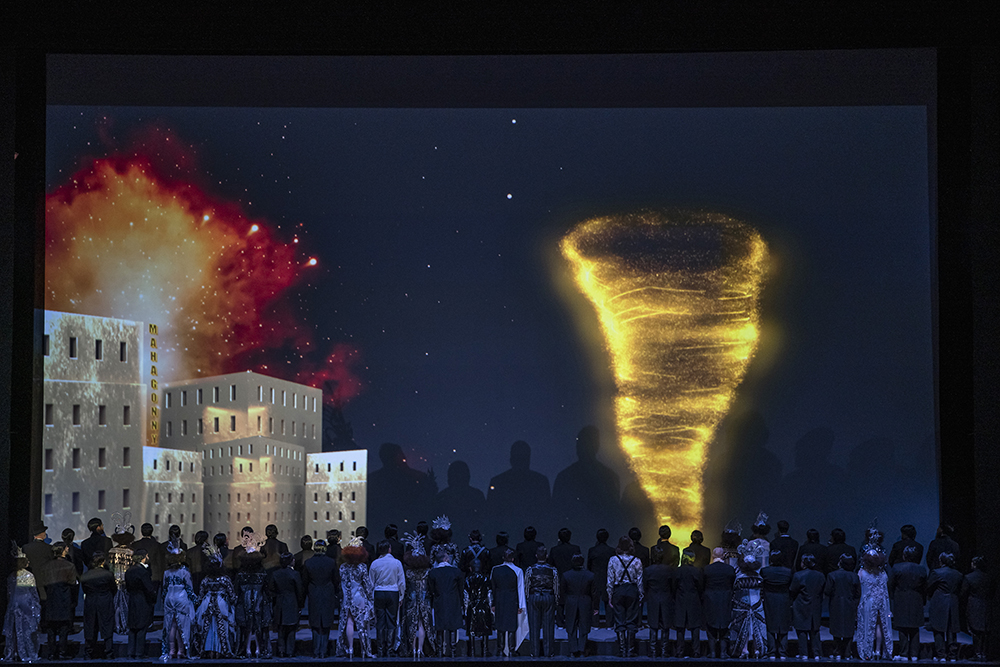
‘Rise and Fall of the City of Mahagonny’
The Greek National Opera – the country’s state lyric opera company – presents Kurt Weill and Bertolt Brecht’s 20th century political and satirical opera, Rise and Fall of the City of Mahagonny. Directed by Yannis Houvardas, this new production is led by Miltos Logiadis, and stars a cast of celebrated Greek artists. Read more ….
Dutch National Ballet stages works by four contemporary choreographers
The programme is called Dancing Dutch, and with it the Dutch National Ballet presents the works of four contemporary choreographers who celebrated their first successes in the Netherlands – Czechoslovakian Jiří Kylián, Hans van Manen – the most famous of Dutch choreographers – Briton David Dawson and Ukrainian-Dutch choreographer Milena Sidorova. Read more ….
Monte-Carlo Opera presents Donizetti’s comic opera – ‘La Fille du régiment’
Light-hearted and frivolous, La Fille du regiment is one of Gaetano Donizetti’s major works, which Monte-Carlo Opera stages this week. With a cast headed by soprano Regula Mühlemann and tenor Javier Camarena, this new production for the Company is directed by Jean-Louis Grinda, and led by conductor Ion Marin. Read more ….
Orchestre de Paris tours North America
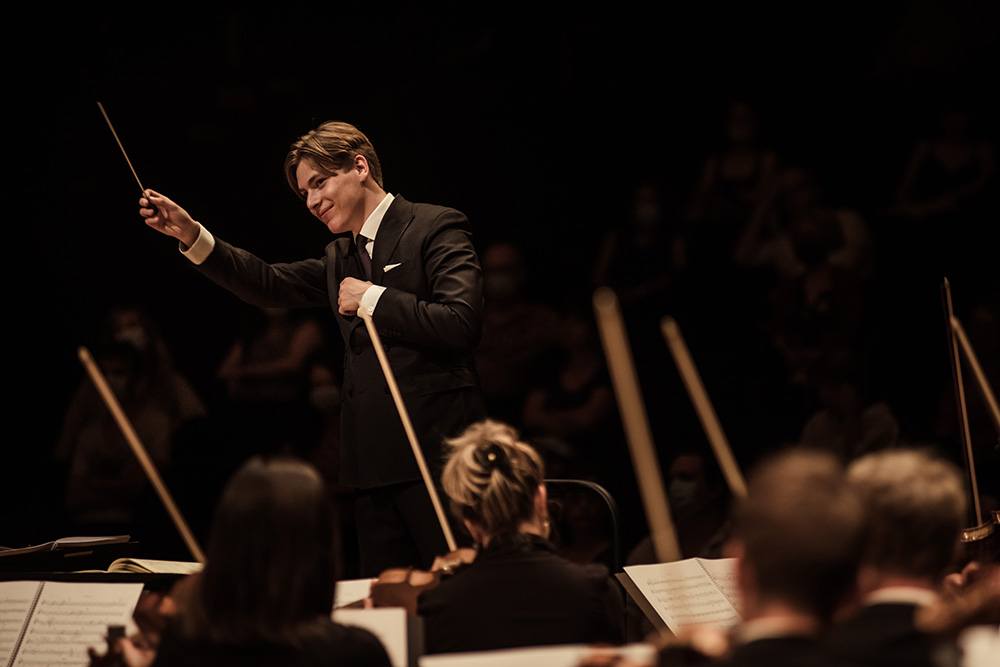
The Orchestre de Paris and Music Director Klaus Mäkelä are about to undertake a tour of North America, performing works by Stravinsky, Debussy, Rachmaninoff and Prokofiev, with young South Korean pianist Yunchan Lim as soloist. Read more ….
Printemps des Arts de Monte-Carlo
Poster courtesy Festival Printemps des Arts de Monte-Carlo
The Festival Printemps des Arts de Monte-Carlo, created in 1970 at the instigation of Princess Grace of Monaco, has been presided over by HRH the Princess of Hanover since 1984. This year, as in those past, a wide range of performances and artists is represented, giving many lovers of the arts some splendid entertainment. The Artistic Director of the Festival is Bruno Mantovani. Read more ….
Monteverdi Choir appears with Concertgebouw Orchestra in Brahms’ ‘Ein deutsches Requiem’
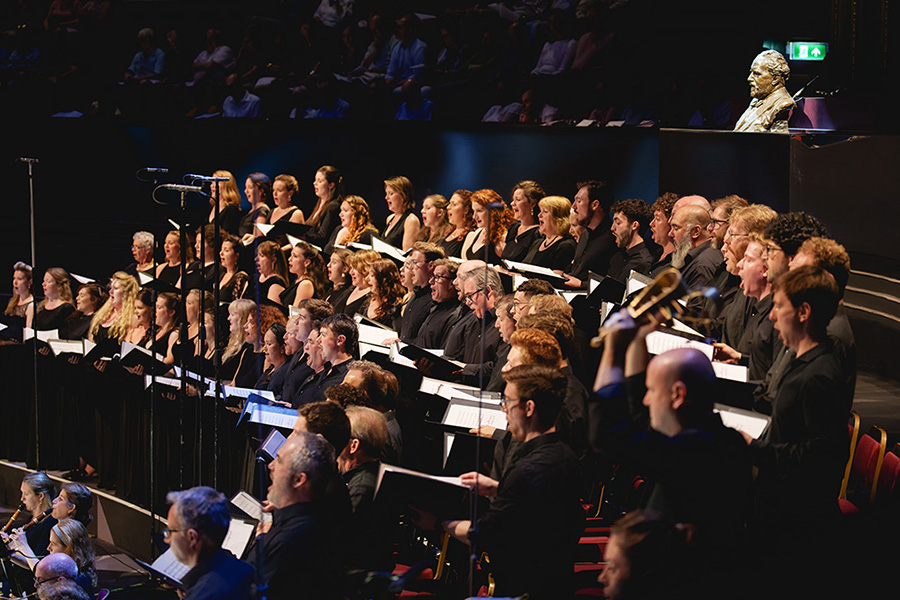
Dinis Sousa conductor © Andy Paradise
Brahms’ most ambitious piece of vocal music, Ein deutsches Requiem, Op 45 (A German Requiem), is to be presented by the Concertgebouw Orchestra and the Monteverdi Choir, led by the Choir’s Associate Conductor, Dinis Sousa. The soloists are Dutch soprano Lenneke Ruiten and German baritone Christian Gerhaher. Read more ….
Metropolitan Opera presents Verdi’s ‘La Forza del Destino’ ‘Live in HD’
The Metropolitan Opera’s production of Verdi’s La Forza del Destino (The Power of Destiny) opens on February 26th, with a Live in HD transmission to cinemas around the world on March 9th. Read more ….
Monte-Carlo Opera stages Mascagni and Puccini double bill
Monte-Carlo Opera presents an interesting combination of Mascagni’s Cavalleria Rusticana and Puccini’s Gianni Schicchi on the same bill. Read more ….
National Ballet of Japan stages Darrell’s ‘The Tales of Hoffmann’
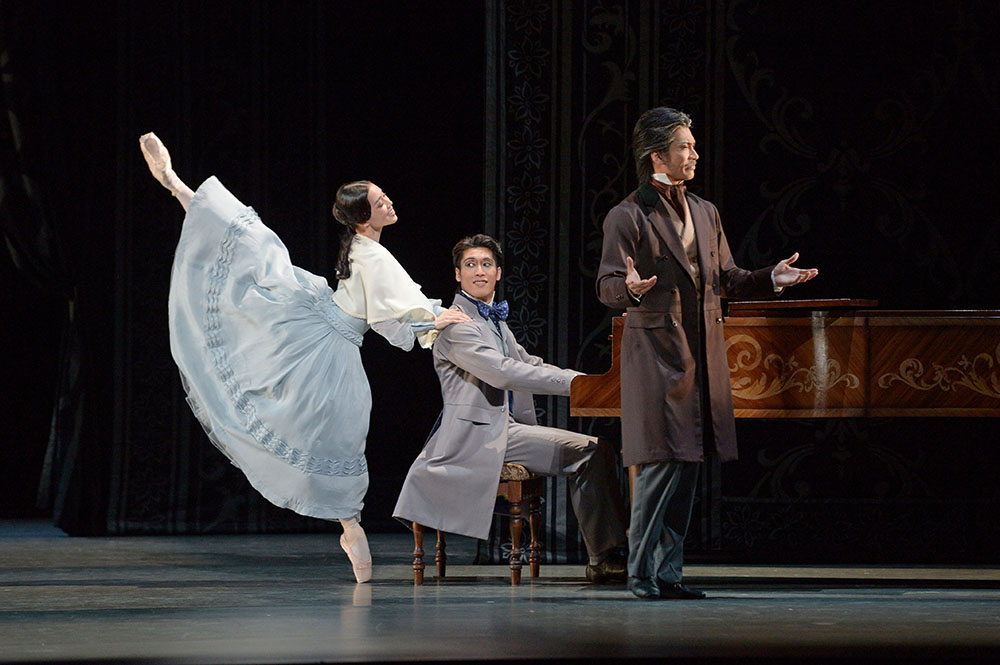
© Takashi Shikama
This month, the National Ballet of Japan presents Peter Darrell’s interpretation of Jacques Offenbach’s The Tales of Hoffmann, regarded as one of the finest of Darrell’s long narrative works. Read more ….
San Francisco Ballet pays tribute to two icons of British ballet
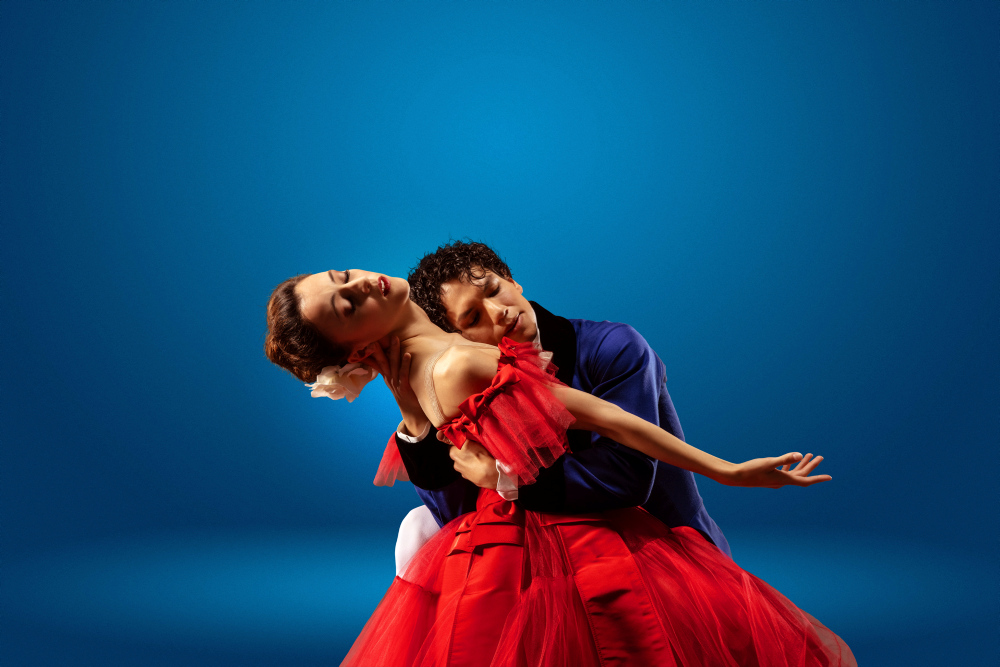
As part of Tamara Rojo’s inaugural season as Artistic Director at San Francisco Ballet, the Company stages British Icons – a tribute to two of the greatest names of British ballet, Sir Kenneth Macmillan and Sir Frederick Ashton. Read more ….
MTT leads San Francisco Symphony in his final subscription concert
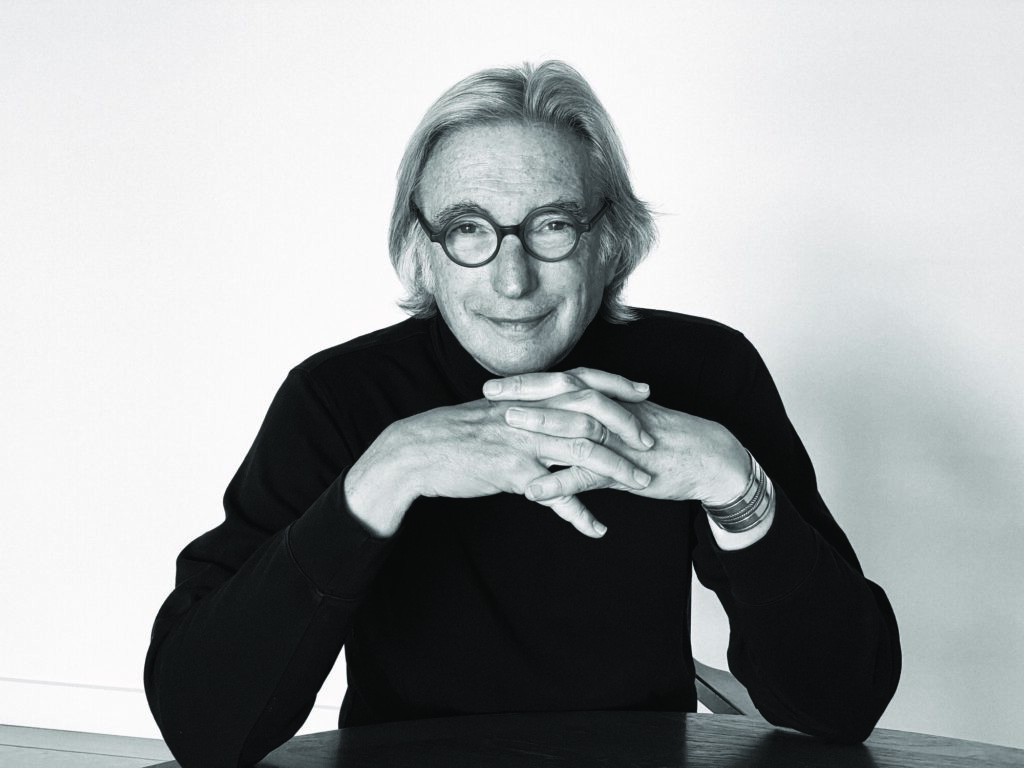
Music Director Laureate Michael Tilson Thomas returns to Davies Symphony Hall this week to lead the San Francisco Symphony in his final subscription concert with the Orchestra. Read more …
Nice Opera presents modern-day version of Dvořák’s ‘Rusalka’
Poster courtesy Nice Opera
Rusalka, regarded as Antonin Dvořák’s most successful creation for stage, is the forthcoming production for Nice Opera. It stars Spanish-American soprano Vanessa Goikoetxea as the water nymph, Rusalka, with Korean tenor David Junghoon Kim taking role of the Prince. Read more ….
Bartoli stars as Cleopatra in Monte-Carlo Opera’s first production of 2024
Cecilia Bartoli, Director of Monte-Carlo Opera, stars as Cleopatra in Handel’s Giulio Cesare in Egitto (Julius Caesar in Egypt), opposite Italian countertenor Carlo Vistoli who takes the title role. This new production for Monte-Carlo Opera is to be staged by Davide Livermore. Read more ….
Nice Ballet stages new production of ‘Giselle’
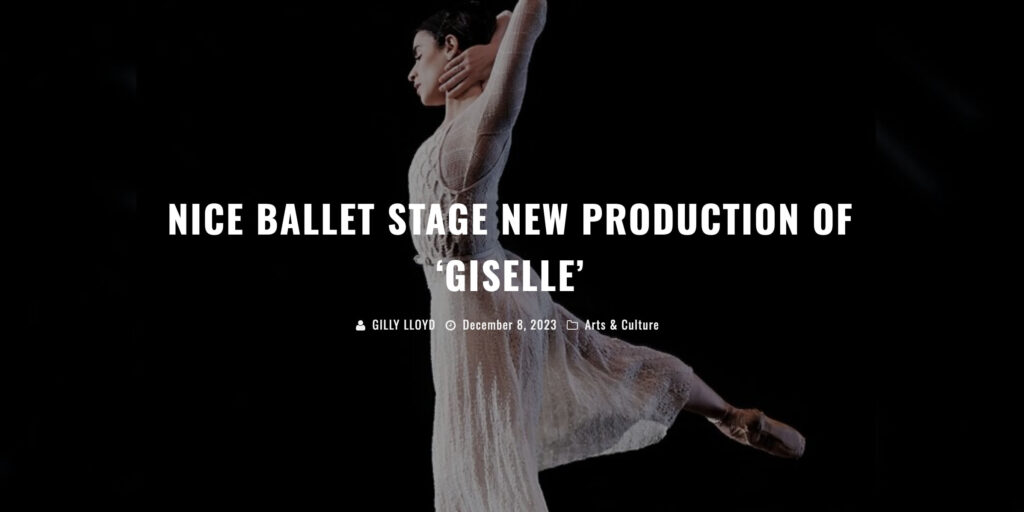
Nice Ballet Méditerranée presents a new version of what is regarded as the most famous of the Romantic era ballets – Giselle – staged and choreographed by Martin Chaix, with a sumptuous score by Adolphe Adam. Read more ….
Monte-Carlo Ballet continues celebration of Centenary of HSH Prince Rainier III
As part of the Centenary Celebrations of HSH Prince Rainier III, Monte-Carlo Ballet presents Jean-Christophe Maillot’s new interpretation of George Balanchine’s L’Enfant et les Sortilèges. Read more ….
Angela Gheorghiu stars in LPO’s Operatic Gala
Angela Gheorghiu is the star of the London Philharmonic Orchestra’s Operatic Gala in which the Romanian soprano sings a selection of lovely songs and arias interspersed with some wonderful pieces of symphonic music. The London Philharmonic is led by Gergely Madaras. Read more ….
Monte-Carlo Opera stages new production of Verdi’s ‘Don Carlo’
Monte-Carlo Opera presents Don Carlo, in a new production by Davide Livermore of Giuseppe Verdi’s dramatic and moving story of passion, betrayal, political intrigue and conflict between father and son. Read more ….
New production of Donizetti’s ‘The Elixir of Love’ for San Francisco Opera

Photo: Cory Weaver/San Francisco Opera
San Francisco Opera closes its Fall Season with a new co-production, with Lyric Opera of Chicago, of Gaetano Donizetti’s The Elixir of Love. Read more ….
Barenboim conducts Verdi’s ‘Requiem’ in Monte-Carlo
Daniel Barenboim leads the Monte-Carlo Opera Chorus and the Monte-Carlo Philharmonic in a Choral Concert featuring the Messa da requiem by Giuseppe Verdi, with guest artists Marina Rebeka, Ekaterina Semenchuk, Michael Spyres and Ildar Abdrazakov. Read more ….
Met Opera brings Heggie’s ‘Dead Man Walking’ to the international screen
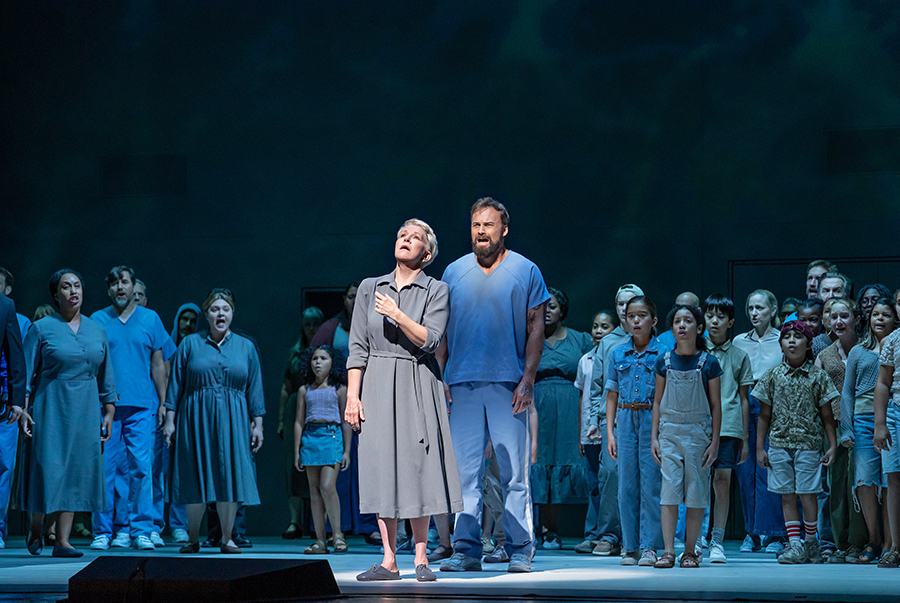
The opening work in the Metropolitan Opera’s award-winning series of Live in HD productions is Jake Heggie and Terrence McNally’s compelling masterpiece Dead Man Walking. Read more ….
San Francisco Opera continues Fall Season with Wagner’s ‘Lohengrin’
Act III of Wagner’s “Lohengrin.”
Photo: Cory Weaver/San Francisco Opera
New to San Francisco Opera, David Alden’s production of Wagner’s Lohengrin is onstage at the War Memorial Opera House, starring tenor Simon O’Neill as the mysterious knight Lohengrin. Read more ….
Nice Ballet stages Cannito’s ‘Marco Polo’
This month Nice Ballet stages Marco Polo – Luciano Cannito’s vibrant interpretation of the relationship which developed between emperor Kublai Khan and the Venetian explorer Marco Polo. Read more ….
Nice Opera opens new season with Delibes’ ‘Lakmé’
Nice Opera presents Léo Delibes’ Lakmé in a new staging by Laurent Pelly, a co-production between Nice Opera, the National Theatre of the Opéra-Comique and the National Opera of the Rhine. Read more ….
Monte-Carlo Philharmonic opens new season with Mahler’s ‘Resurrection’ Symphony
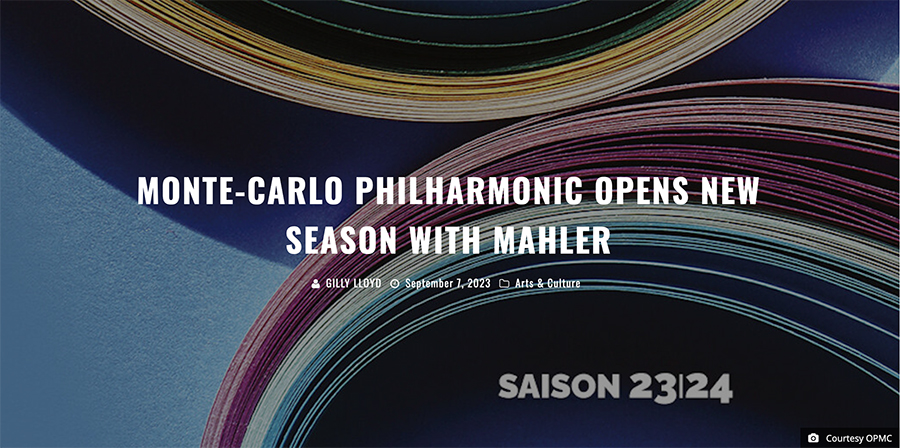
In the year which celebrates the centenary of the birth of Prince Rainier III, Kazuki Yamada leads the Monte-Carlo Philharmonic Orchestra (OPMC) in the opening concert of the 2023-24 season. The programme features Sir Andrzej Panufnik’s Symphony No 3, Sinfonia Sacra, and Gustav Mahler’s Symphony No 2, Resurrection. Read more ….
Dutch National Ballet opens new season with Balanchine’s ‘The Four Temperaments’
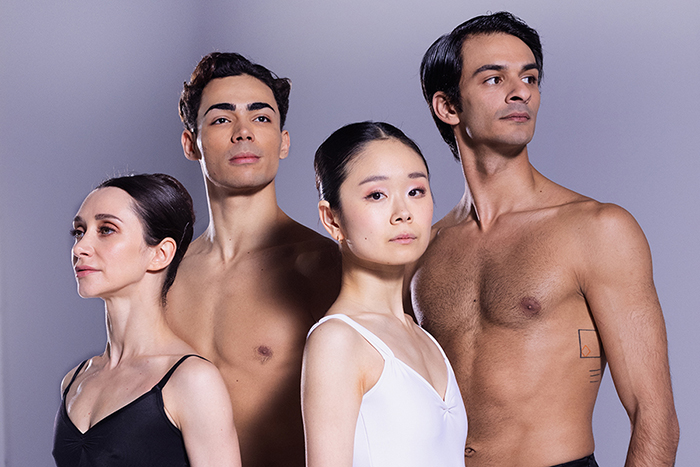
‘The Four Temperaments’ © Marta Syrko
The Dutch National Ballet opens its 2023-24 season with a fascinating programme. The largest ballet company in the Netherlands performs George Balanchine’s The Four Temperaments, Hans van Manen’s Frank Bridge Variations and two new works – The Chairman Dances by artistic director Ted Brandsen and the world premiere of Full Frontal by Juanjo Arqués. Read more ….
San Francisco Opera opens new season with Verdi’s ‘Il trovatore’
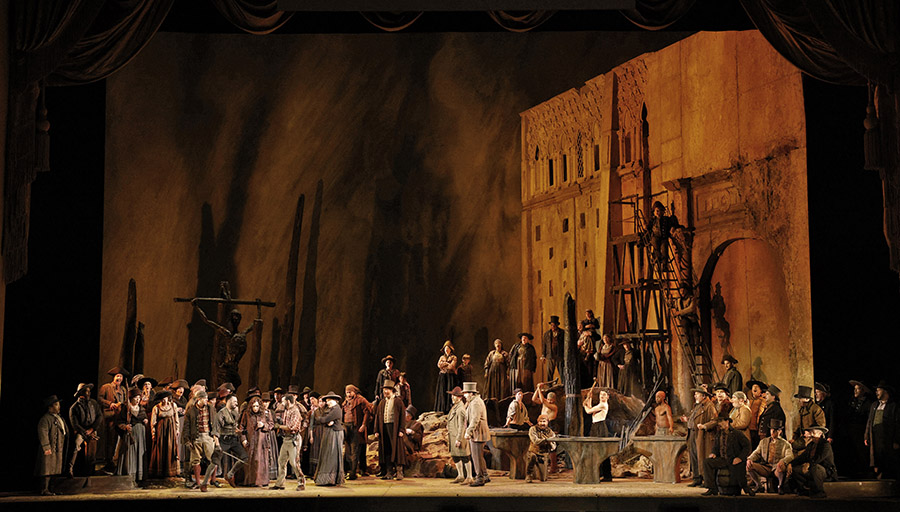
© Cory Weaver/San Francisco Opera
Eun Sun Kim, Music Director of San Francisco Opera, continues her Verdi cycle, as the Company stages Sir David McVicar’s production of Il trovatore. Read more ….
Ukrainian Freedom Orchestra’s 2023 Tour
Conductor Keri-Lynn Wilson and the Ukrainian Freedom Orchestra celebrate the first anniversary of the Orchestra’s founding with a 2023 tour which takes in performances in Warsaw, Gdansk, Berlin, Lucerne, Amsterdam, Hamburg, Snape and London. As The Globe and Mail writes: “The Russian Forces are no match for the power of Ukraine’s cultural legacy”. Read more ….
Greek National Opera stages revival of Verdi’s ‘Nabucco’

© Dimitris Sakalakis
Va, pensiero, sull’ali dorate (Fly, thought, on golden wings) – the opening words of one of the most beautiful and well-known choruses in the world of opera. It’s the Chorus of the Hebrew Slaves from Verdi’s Nabucco, sung as they gather on the banks of the Euphrates River, lamenting the loss of their fatherland. Read more ….
Les Ballets de Monte-Carlo ends season with Maillot’s ‘Cinderella’
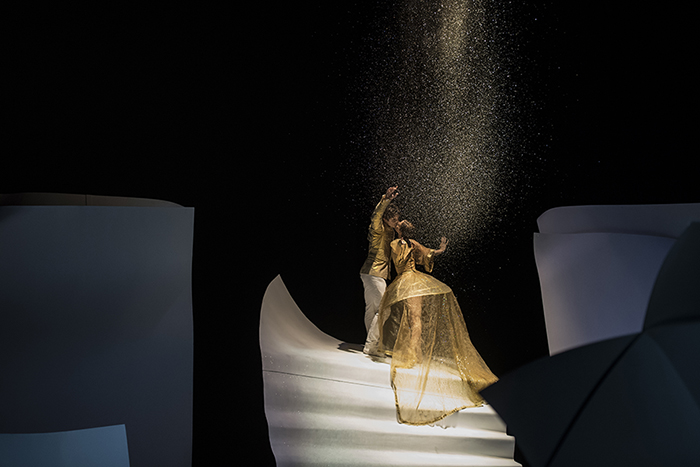
In the final programme of L’Été danse! this season, Les Ballets de Monte-Carlo stages Jean-Christophe Maillot’s interpretation of Cinderella, in which he takes a fresh look at this well-known fairy tale. Read more ….
Monte-Carlo Philharmonic presents season of Concerts at the Prince’s Palace
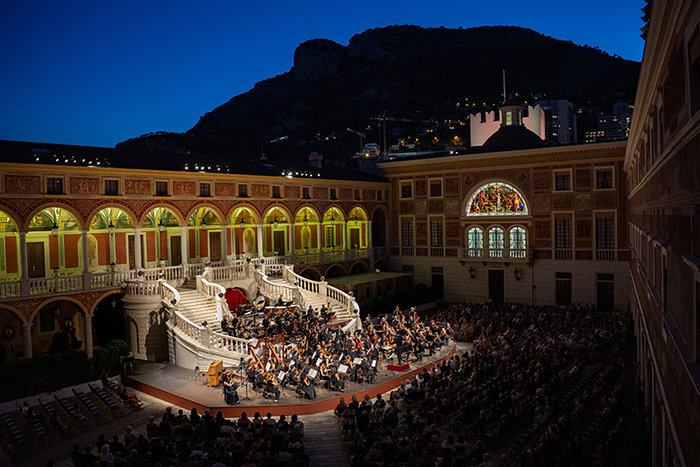
the Prince’s Palace, Monaco © Gaetan Luci
The summer season of Concerts at the Prince’s Palace opens in the Principality of Monaco this month. Given by the Monte-Carlo Philharmonic Orchestra and featuring a series of illustrious conductors and soloists, these concerts take place in the glorious surroundings of the Cour d’Honneur at the Prince’s Palace. Read more ….
Tan Dun leads Concertgebouw Orchestra in world premiere of ‘Requiem for Nature’
This year’s Holland Festival closes with the world premiere of Tan Dun’s Requiem for Nature at the Westergas-Gashouder in Amsterdam, in which the composer leads the Concertgebouw Orchestra, the Lauren Symfonisch and soloists from several parts of East-Asia. Read more ….
San Francisco Playhouse revives award-winning musical ‘A Chorus Line’
A revival of the fabulous musical, A Chorus Line, has opened at the San Francisco Playhouse. Read more ….
San Francisco Opera stages Local Premiere of Gabriela Lena Frank’s ‘El Último Sueño de Frida y Diego’
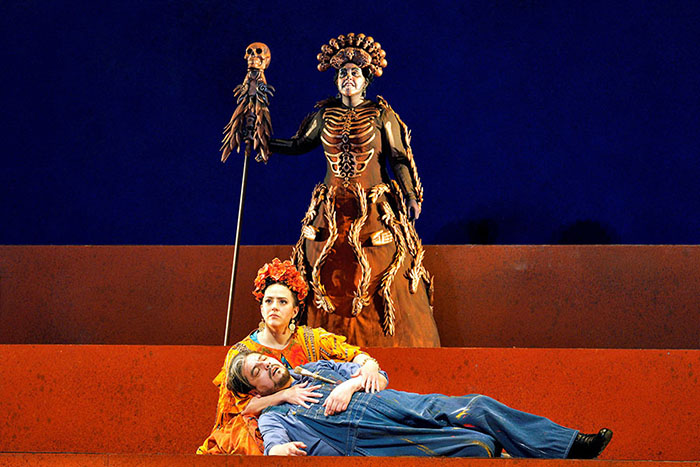
Photo: Cory Weaver/San Francisco Opera
The San Francisco premiere of Gabriela Lena Frank’s El Último Sueño de Frida y Diego, is to be staged by San Francisco Opera at the War Memorial Opera House as of this week. Read more ….
Dutch National Opera brings Dvořák’s ‘Rusalka’ into the 20th century

© Clärchen and Matthias Baus
Recognized as Antonin Dvořák’s most successful creation for stage, the opera Rusalka has had a modern makeover in Philipp Stölzl and Philipp M Krenn’s adaptation for Dutch National Opera. Read more ….
New production of Puccini’s ‘Madame Butterfly’ opens San Francisco Opera’s Summer Season
San Francisco Opera opens its 2023 Summer Season with one of the world’s best loved operas, Puccini’s Madame Butterfly, in a co-production with The Tokyo Nikikai Opera Foundation, Semperoper Dresden and the Royal Danish Opera. Read more ….
Nice Opera stages updated version of Puccini’s ‘La bohème’
In this updated version of Puccini’s much-loved opera for Nice Opera, director Kristian Frédric has brought the setting of Puccini’s La bohème forward to the 1990s – a time at which the AIDS epidemic, as opposed to consumption, was shattering both lives and dreams. Read more ….
Met Opera’s new production of Mozart’s ‘Don Giovanni’ ‘Live in HD’
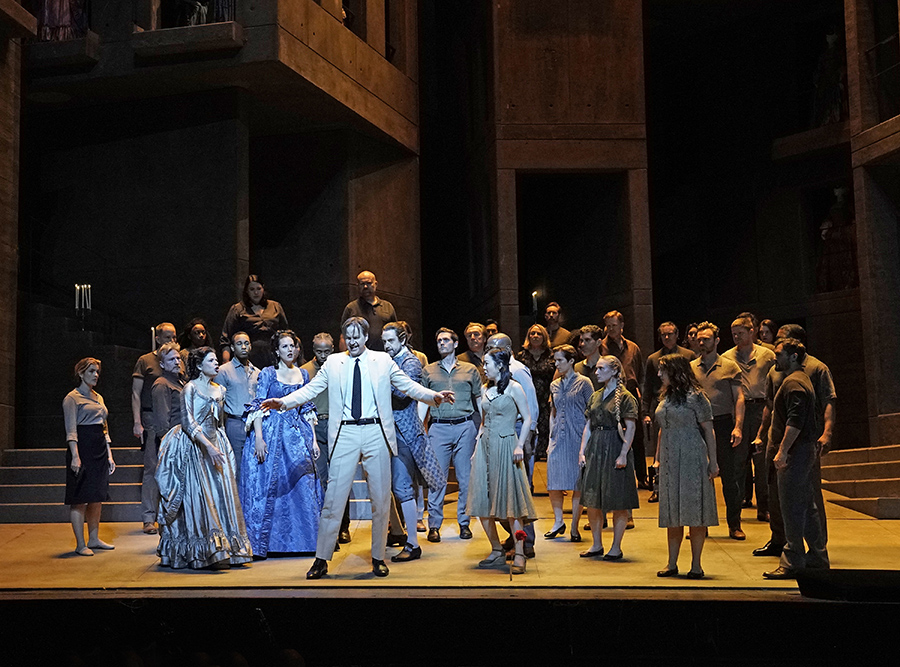
The Metropolitan Opera’s latest Live in HD transmission stars the baritone regarded as one of the most acclaimed Don Giovannis of our time – Peter Mattei. This new production of Mozart’s Don Giovanni, is by Tony Award-winning director Ivo van Hove in his debut with the Met, and features soprano Federica Lombardi as Giovanni’s potential conquest Donna Anna. Read more ….
Monte-Carlo Philharmonic plays Elgar and Dvořák
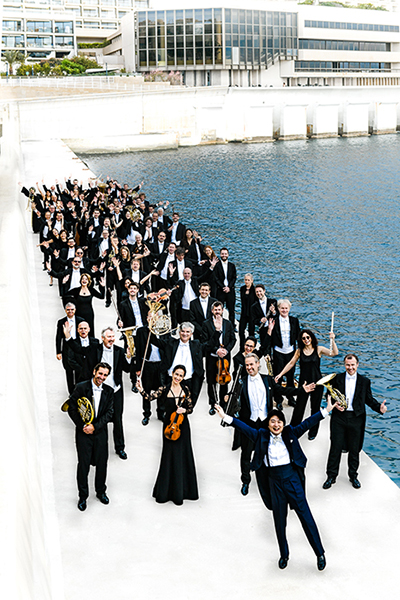
© Sasha Gusov
This week, Cornelius Meister leads the the Monte-Carlo Philharmonic Orchestra, in the Violin Concerto by Sir Edward Elgar – with Frank Peter Zimmerman as soloist – and Dvořák’s Symphony No 6, in a concert titled Pride and Dignity. Read more ….
Greek National Opera marks Centennial Anniversary of Maria Callas
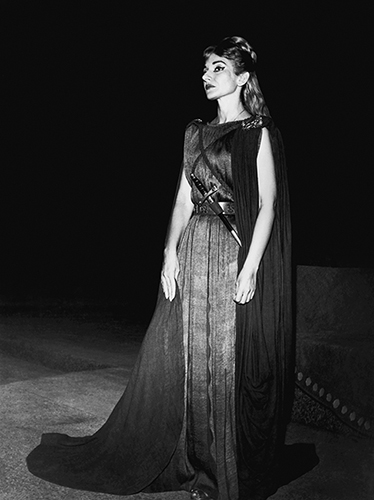
This year marks the centennial of the birth of Maria Callas, regarded as the greatest soprano of the 20th century. For the rest of this year, and into January 2024, Greek National Opera are celebrating with a series of events paying homage to Callas, as part of the 2023 UNESCO Maria Callas Anniversary, presented by the Hellenic Ministry of Culture and Sports. Read more ….
San Francisco Opera honors the memory of the Warsaw Ghetto Uprising

Photo: Rafal Grunt
The monument is located in the area of the former ghetto, in the vicinity of the POLIN Museum of the History of Polish Jews. A copy of the monument was also erected at the Yad Vashem Institute in Jerusalem.
On April 28, San Francisco Opera and Taube Philanthropies stage a special concert called Rise Up And Resist: A Commemorative Concert on the 80th Anniversary of the Warsaw Ghetto Uprising. Read more ….
San Francisco Ballet stages the ever popular ‘Romeo and Juliet’
Shakespeare’s romantic tragedy about the doomed young lovers of Verona has been recreated in almost every theatrical form for hundreds of years, and this week San Francisco Ballet continues its 2023 season with Helgi Tomasson’s interpretation of Romeo and Juliet. Read more ….
Met Opera’s ‘Live in HD’ brings Strauss’s ‘Der Rosenkavalier’ to cinemas
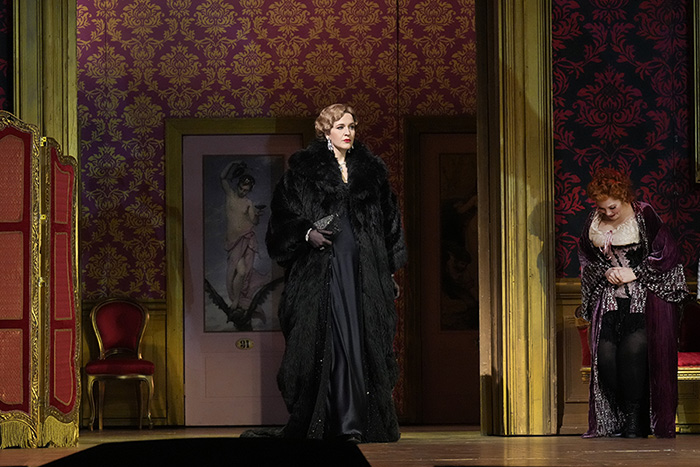
Photo: Ken Howard / Met Opera
Strauss’s grand Viennese comic opera Der Rosenkavalier comes to cinema screens in the latest Metropolitan Opera Live in HD production, in which audiences worldwide have an opportunity to watch a live transmission from the stage of Lincoln Center in New York. Read more ….
Opéra de Monte-Carlo presents Rossini’s ‘Il barbiere de Siviglia’
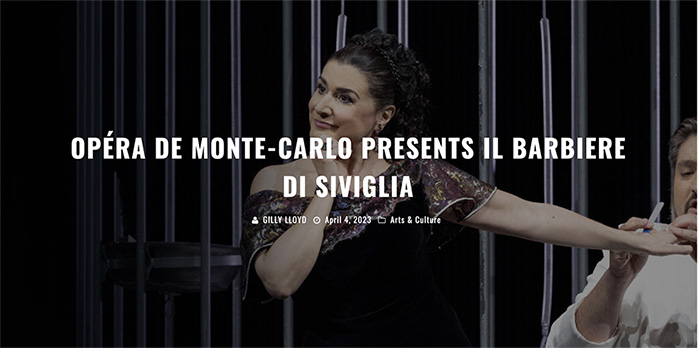
A beautiful lady, two suitors and a town barber who misses nothing – what could possibly go wrong? Plenty, it seems, as Opéra de Monte-Carlo presents Gioachino Rossini’s hugely popular Il barbiere di Siviglia. Read more ….
Slobodeniouk leads Beatrice Rana & the London Philharmonic Orchestra
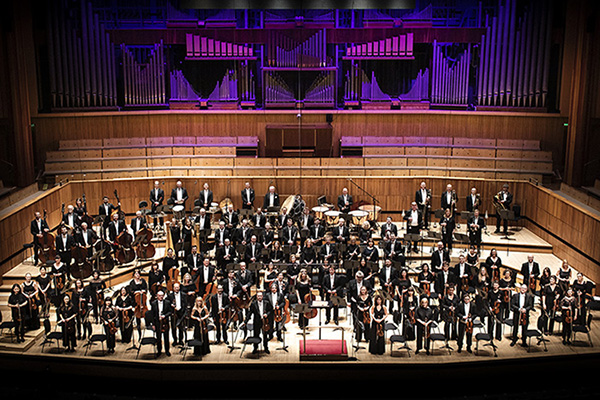
This week the London Philharmonic Orchestra presents two performances of a programme under the title Heroes and Heroines – one at the Royal Festival Hall in London, and the second at the Brighton Dome. The Orchestra is led by Dima Slobodeniouk, with Beatrice Rana as guest soloist, playing Mendelssohn’s Piano Concerto No 1. Also on the programme is Sibelius’ Second Symphony and Stride, a work by Tania Léon. Read more ….
Christopher Wheeldon’s ‘Cinderella’ returns to San Francisco Ballet
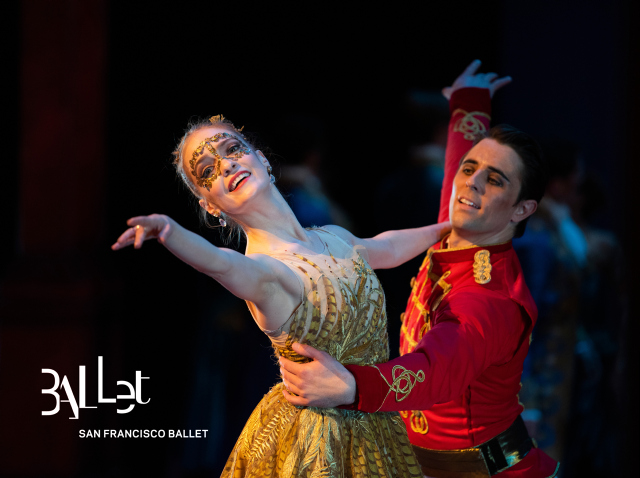
Continuing its 2023 Season, San Francisco Ballet stages Christopher Wheeldon’s magical interpretation of the story of Cinderella, set to Sergei Prokofiev‘s glorious score. Read more ….
Met Opera presents Wagner’s ‘Lohengrin’ ‘Live in HD’
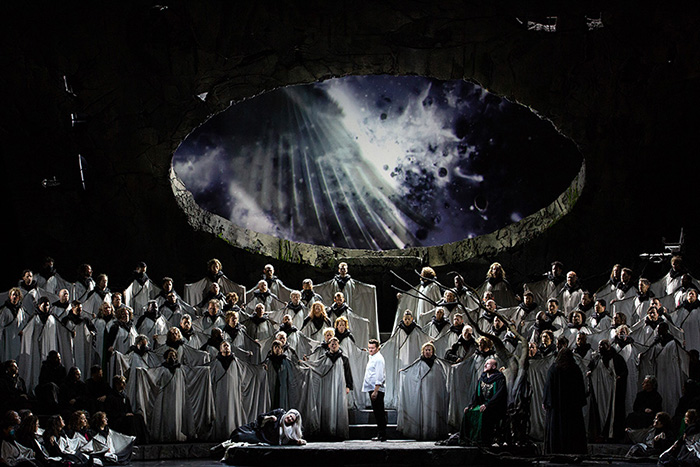
Photo: Marty Sohl / Met Opera
Viewers around the world have an opportunity to watch Wagner’s Lohengrin this weekend, either in the cinema or at home, as the Metropolitan Opera presents the latest in its award-winning Live in HD series. Read more ….
Printemps des Arts celebrates the performing arts in Monte-Carlo
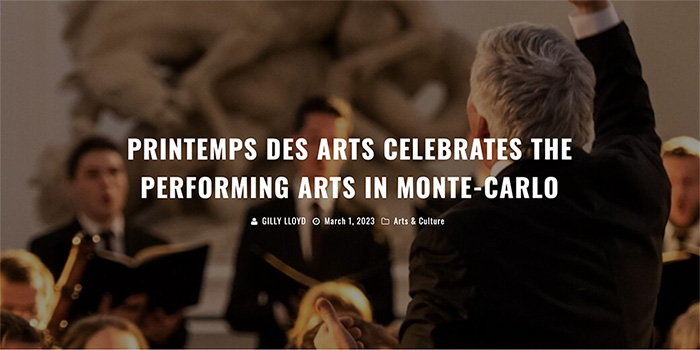
This year’s celebration of the performing arts in Monte-Carlo – Printemps des Arts – is taking place from 8th March to 2nd April. Read more ….
Chailly and Royal Concertgebouw Orchestra celebrate Rachmaninoff anniversary with Mao Fujita
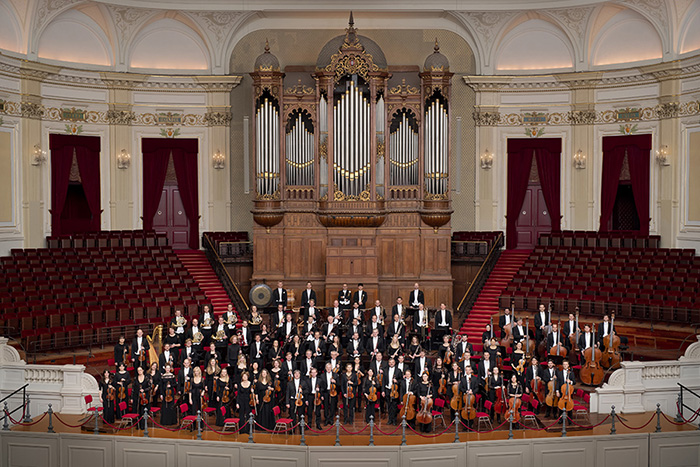
April 1st this year marks the 150th anniversary of the birth of one of the greatest of Russian composers – Serge Rachmaninoff. Conductor emeritus Riccardo Chailly leads the Royal Concertgebouw Orchestra in a commemorative concert of two of Rachmaninoff’s major works – his Piano Concerto No 2 featuring the young Japanese guest soloist, Mao Fujita, and his Symphony No 1. Read more ….
Yuja Wang plays Rachmaninov with San Francisco Symphony
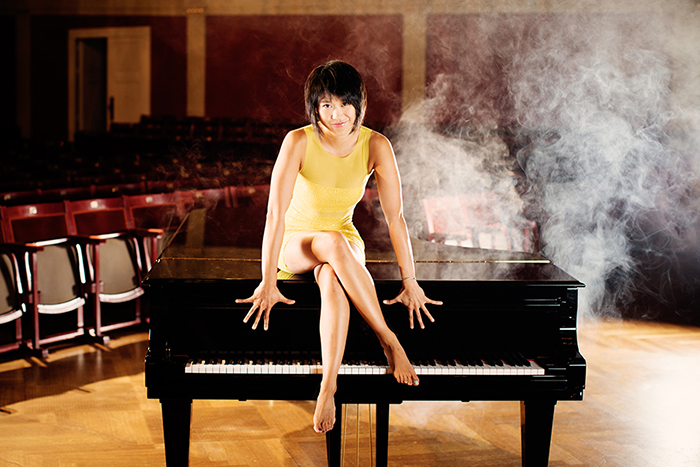
Yuja Wang is the dazzling guest artist in Rachmaninov’s Piano Concerto No 3 at Davies Symphony Hall this week, with the San Francisco Symphony led by Music Director Esa-Pekka Salonen. Read more ….
Akram Khan’s ‘Creature’ to be screened in UK cinemas
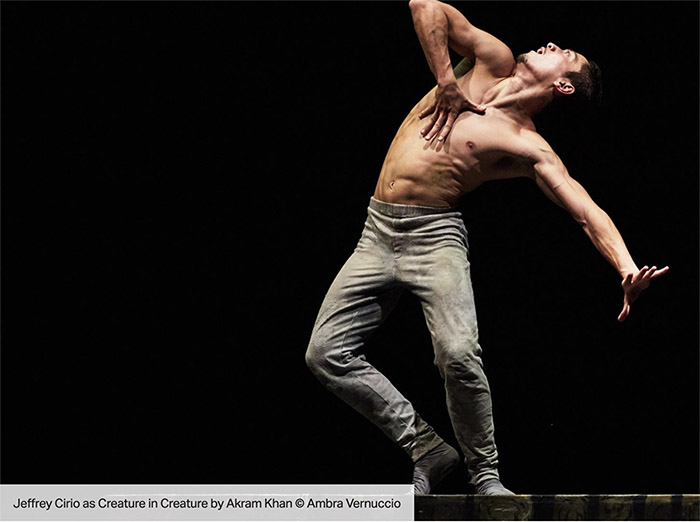
Akram Khan’s Creature is set for release in UK cinemas this weekend. Choreographed by Khan, and based on the English National Ballet production of 2021, the film is directed by Academy Award-winning director Asif Kapadia, and set to the score composed for the ballet Creature by Vincenzo Lamagna. Read more ….
San Francisco Ballet presents ‘Giselle’ – the most famous of the Romantic era ballets
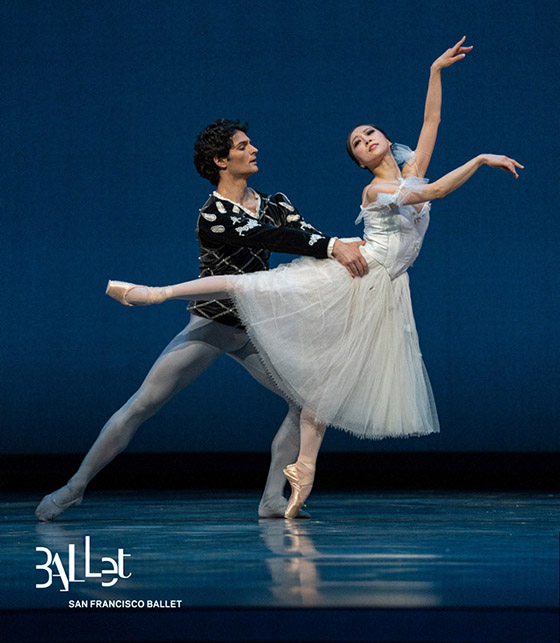
© Quinn Wharton
As part of San Francisco Ballet’s 2023 Repertory Season, the Company presents Giselle – one of the oldest classical ballets still being performed today and the most famous of the Romantic era ballets. Read more ….
Nice Opera presents Donizetti’s ‘Lucia di Lammermoor’
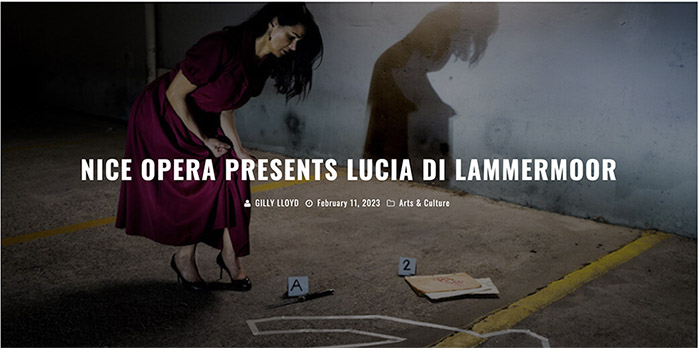
Against a backdrop of vocal brilliance, powerful emotions and internecine battles, Donizetti’s Lucia di Lammermoor has all the makings of a highly dramatic opera. Nice Opera brings to the stage this co-production with Teatro Verdi de Pise. Read more ….
English National Opera brings back Bieito’s production of ‘Carmen’
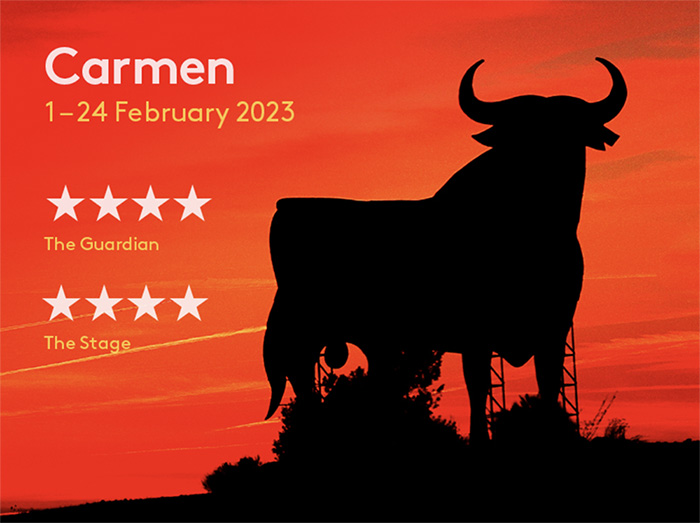
English National Opera brings back Calixto Bieito’s bold and gritty production of Bizet’s hugely popular opera Carmen – last staged by ENO in 2020. Directed by Jamie Manton, the opera stars mezzo-soprano Ginger Costa-Jackson as the fiery, passionate and seductive Carmen, and tenor Sean Panikkar as Don José, the army corporal who falls for her attractions. Read more ….
Beethoven’s ‘Fidelio’ opens 2023 for Nice Opera
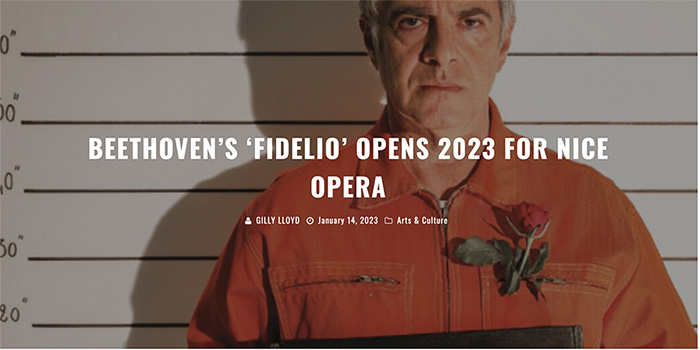
Nice Opera has selected Beethoven’s only opera, Fidelio, for its first production of 2023. With an underlying theme of love, fidelity, sacrifice and the liberation from oppression, Fidelio stars Angélique Boudeville as Leonore, Gregory Kunde as her husband Florestan, Thomas Ghazeli as Don Pizarro, Birger Radde as Don Fernando, and Albert Dohmen as Rocco. Read more ….
Cecilia Bartoli stars in Handel’s ‘Alcina’ at Monte-Carlo Opera
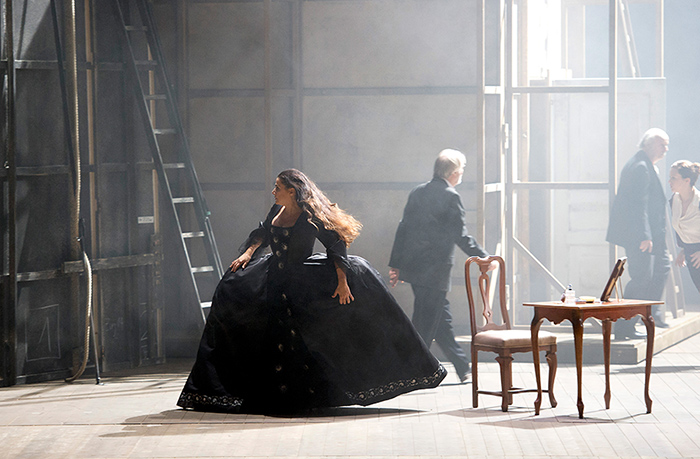
As of this year, Cecilia Bartoli takes over the role of director of Monte-Carlo Opera – the first woman to hold this position in the history of this opera house. Ms Bartoli also stars in Handel’s Alcina, the first production by Monte-Carlo Opera of this new year. Read more ….
Met Opera presents Giordano’s ‘Fedora’ ‘Live in HD’
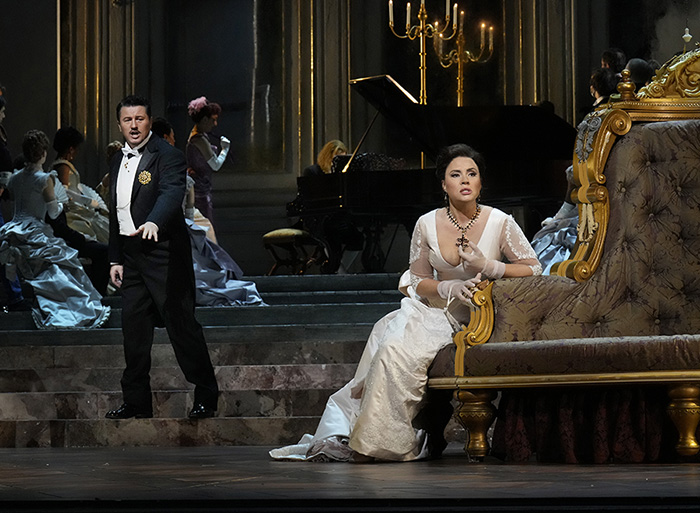
© Ken Howard / Met Opera
This weekend’s Live in HD transmission from the Metropolitan Opera features Umberto Giordano’s Fedora, starring Sonya Yoncheva and Piotr Beczała. Read more ….
Ehnes plays Prokofiev with Elim Chan and SF Symphony
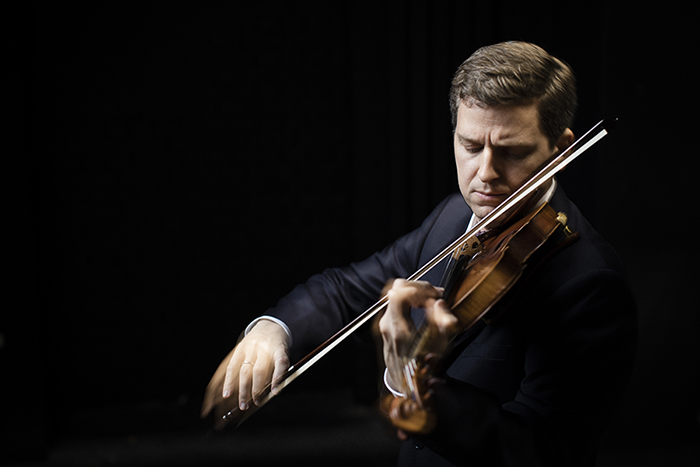
Violinist James Ehnes is the guest artist in this week’s San Francisco Symphony concert – the first of two this month featuring conductors making their debuts at Davies Symphony Hall. Read more ….
Monte-Carlo Ballet closes the year with Maillot’s ‘Faust’
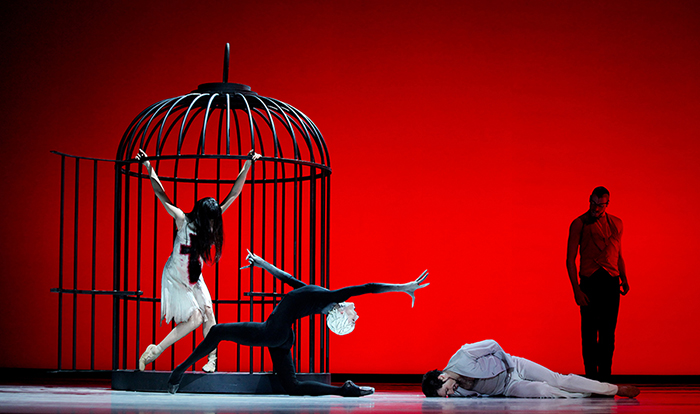
For the final production of the year, Jean-Christophe Maillot and Les Ballets de Monte-Carlo have selected a work which was first staged in Monaco in 2007 – Maillot’s interpretation of the story of Faust, he who sold his soul to the devil in return for eternal youth and a life of pleasure. Read more ….
Metropolitan Opera screens ‘The Hours’ ‘Live in HD’

Cinema audiences worldwide will have an opportunity on Saturday to watch the Metropolitan Opera’s production of The Hours as part of The Met: Live in HD series. Read more ….
Monte-Carlo Opera stages Delibes’ ‘Lakmé’
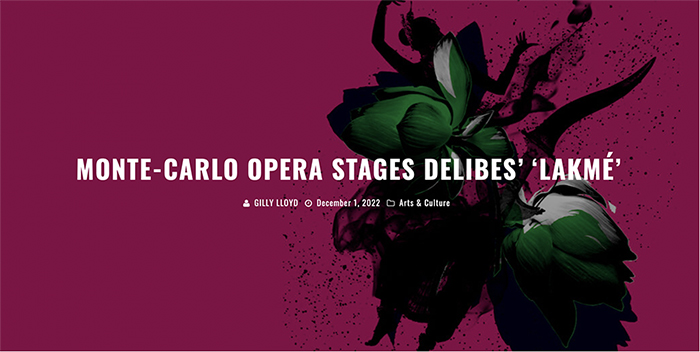
Monte-Carlo Opera presents Léo Delibes’ Lakmé – an opera set in a location both exotic and beautiful, with mysterious religious rituals, and the added intrigue of Western colonials living in a foreign country. Read more ….
Gerstein performs Dutch premiere of Adès’ Piano Concerto

© Mathias Benguigui
This month, Thomas Adès leads the Concertgebouworkest in the Dutch premiere of his Piano Concerto. The soloist is internationally renowned pianist Kirill Gerstein who plays a special version of Liszt’s Totentanz as well. The concert also features the first Dutch performance of Veronika Krausas’ Caryatids, and Igor Stravinsky’s Symphony in Three Movements. Read more ….
Greek National Opera Ballet presents new production of ‘Don Quixote’
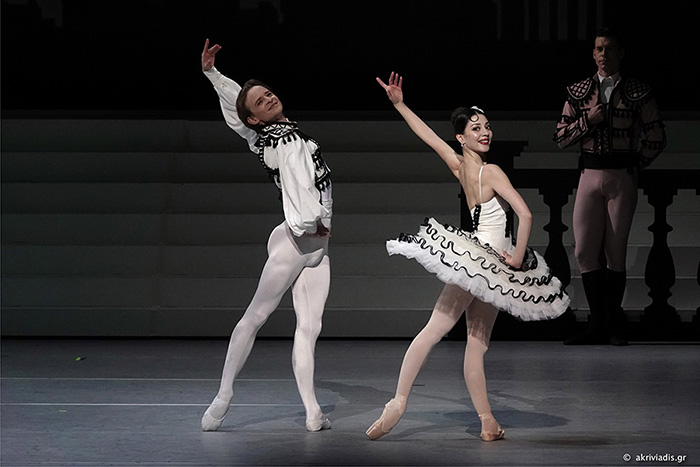
Ludwig Minkus’ Don Quixote is a lovely, light-hearted ballet – fun, colourful and entertaining, with a lively score and a wonderfully old-fashioned story in which all’s well that ends well – perfect for the run-up to the Festive Season. Read more ….
New production of Gluck’s ‘Orpheus and Eurydice’ for San Francisco Opera
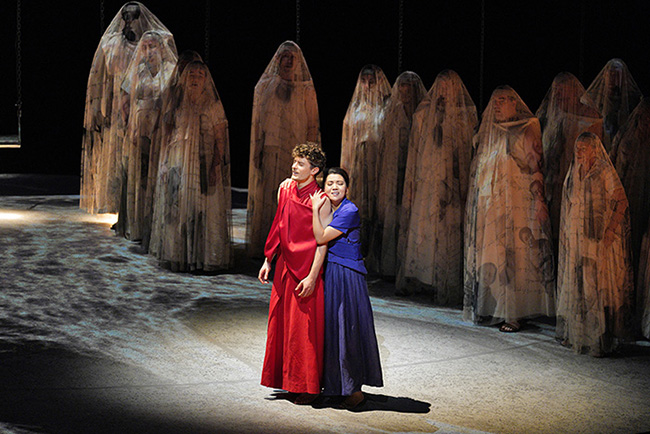
San Francisco Opera presents the original 1762 Viennese edition of Christoph Willibald Gluck’s Orpheus and Eurydice (Orfeo ed Eurydice) in a new staging by Matthew Ozawa. This production stars countertenor Jakub Józef Orliński as Orpheus, soprano Meigui Zhang as Eurydice and soprano Nicole Heaston as Amore. The conductor is Peter Whelan. Read more ….
Monte-Carlo Opera honours Raoul Gunsbourg with ‘The Damnation of Faust’
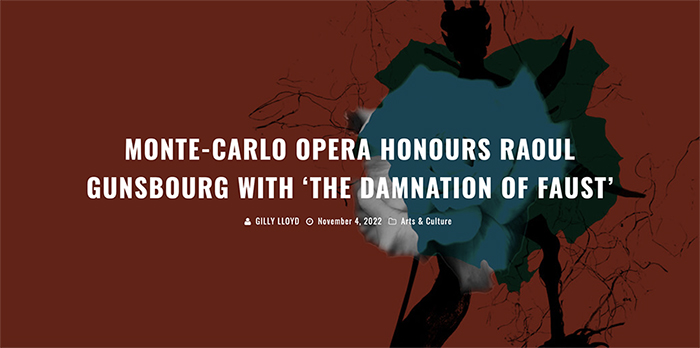
This year marks the centenary of the death of Prince Albert I of Monaco, and appropriately, Monte-Carlo Opera pays tribute to one of its early directors, Raoul Gunsbourg, who was appointed to this role by Prince Albert I in 1892. Read more ….
Czech Philharmonic celebrates Velvet Revolution with Rattle & Kožená
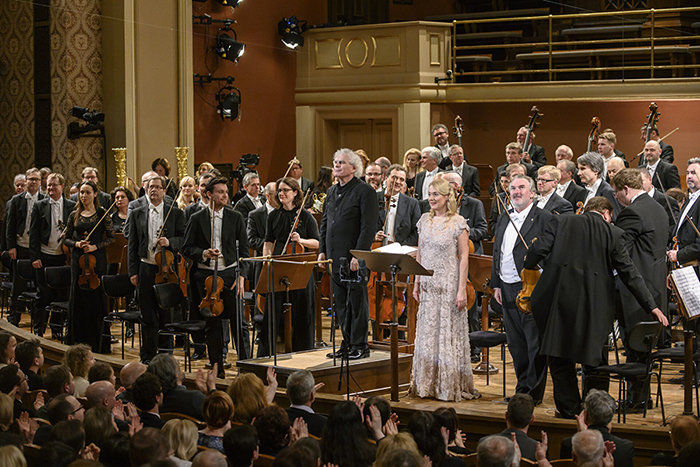
The Czech Philharmonic (Music Director Semyon Bychkov) celebrates the anniversary of The Velvet Revolution this year with a series of concerts led by Sir Simon Rattle. The guest artist is Czech mezzo-soprano Magdalena Kožená, and the programme features Ravel’s Five Greek Folk Songs, Béla Bartók’s Five Hungarian Folk Songs and Gustav Mahler’s Symphony No 9. Read more ….
MTT makes return visit to San Francisco Symphony
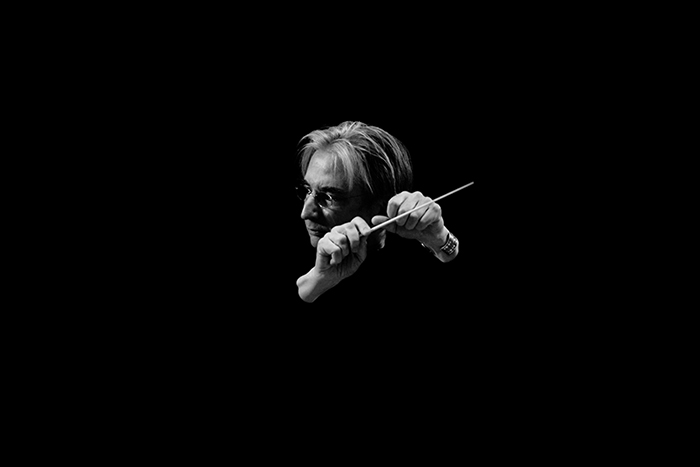
Michael Tilson Thomas, Conductor Laureate of the San Francisco Symphony, returns to Davies Symphony Hall this month to lead the orchestra in two programs. The first features the United States premiere of Danny Elfman’s Cello Concerto with guest artist Gautier Capuçon, and the following week MTT leads an all-Brahms program with guest pianist Emanuel Ax. Read more ….
Metropolitan Opera screens Verdi’s ‘La traviata – Live in HD‘
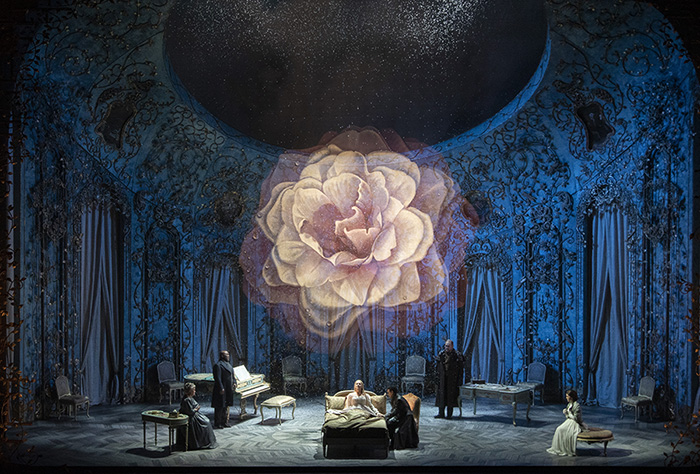
Cinema audiences worldwide have an opportunity this Saturday to watch the Metropolitan Opera’s performance of Verdi’s beloved tragedy, La traviata – live from the stage of Lincoln Center in New York. Read more ….
Nice Opera opens new season with Bellini’s ‘La Sonnambula’
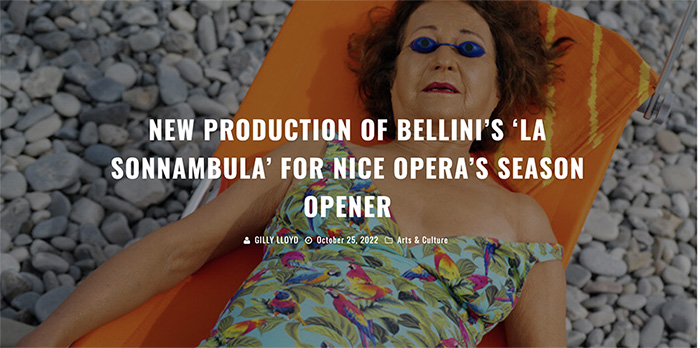
Nice Opera opens the 2022-23 opera season with Vincenzo Bellini’s La Sonnambula. Directed by one of today’s leading tenors, Rolando Villazón, and Jean-Michel Criqui, this new staging of La Sonnambula is a co-production between the Théâtre des Champs-Elysées in Paris, Semperoper Dresden, Opéra Nice Côte d’Azur and New York’s Metropolitan Opera. Read more ….
Met Opera launches new ‘Live in HD’ series with Cherubini’s ‘Medea’
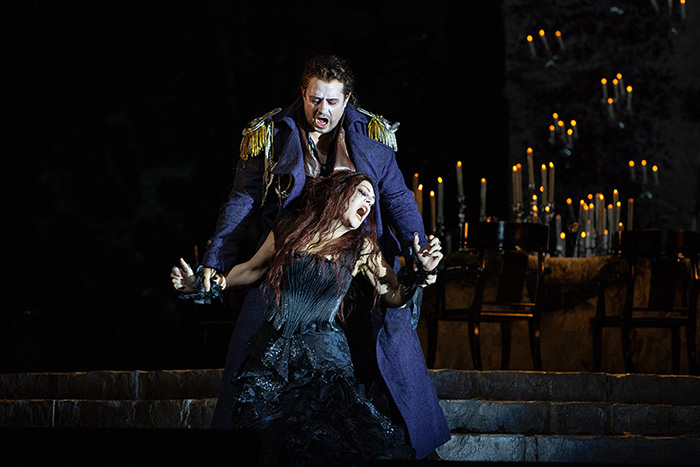
The Metropolitan Opera opens its new season of Live in HD award-winning cinema simulcasts with a highly acclaimed production of Cherubini’s rarely-performed masterpiece, Medea. Read more ….
City of Birmingham Symphony Orchestra opens San Francisco Symphony’s Great Performers series
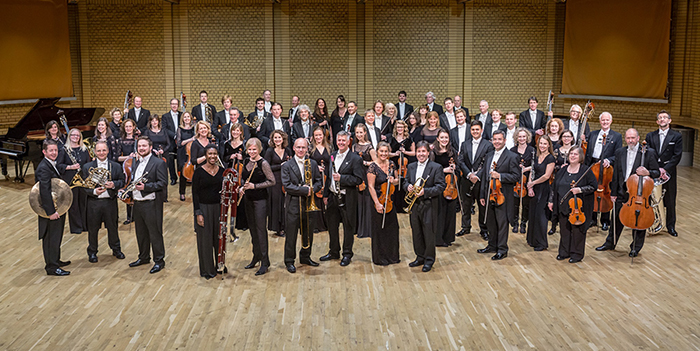
This month, the San Francisco Symphony presents the first in its 2022-23 Great Performers concerts, in which world-class artists and visiting orchestras appear at Davies Symphony Hall throughout the current season. Read more ….
Plasson & Nice Philharmonic celebrate Franck bicentennial
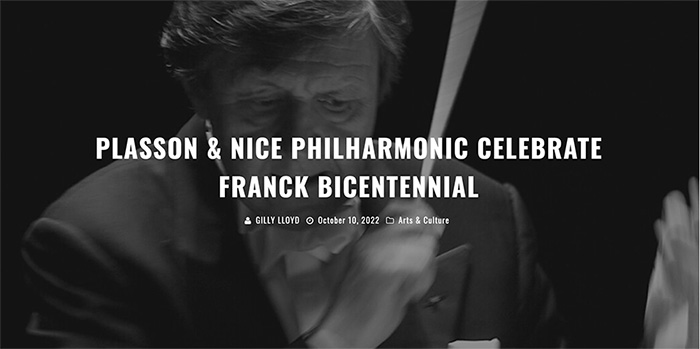
This week, internationally renowned conductor Michel Plasson leads the Nice Philharmonic Orchestra in a special concert to mark the 200th anniversary of the birth of French composer, César Franck. Read more ….
San Francisco Opera continues Centennial Season with Tchaikovsky’s ‘Eugene Onegin’
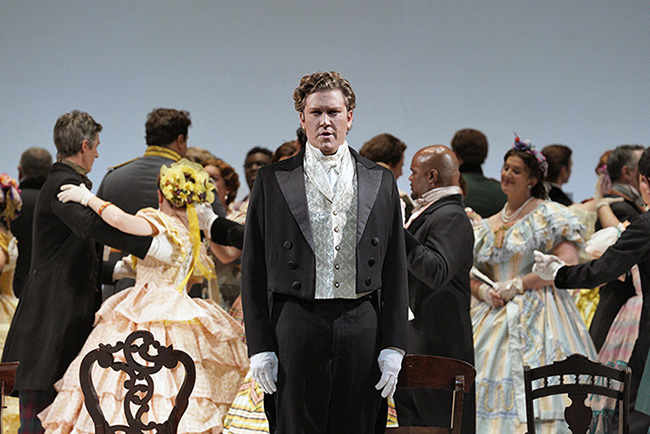
In the second production of its Centennial Season, San Francisco Opera presents Tchaikovsky’s interpretation of Alexandr Pushkin’s Romantic tragedy, Eugene Onegin. Read more ….
Yamada & Monte-Carlo Philharmonic open season with Lozakovich playing Tchaikovsky
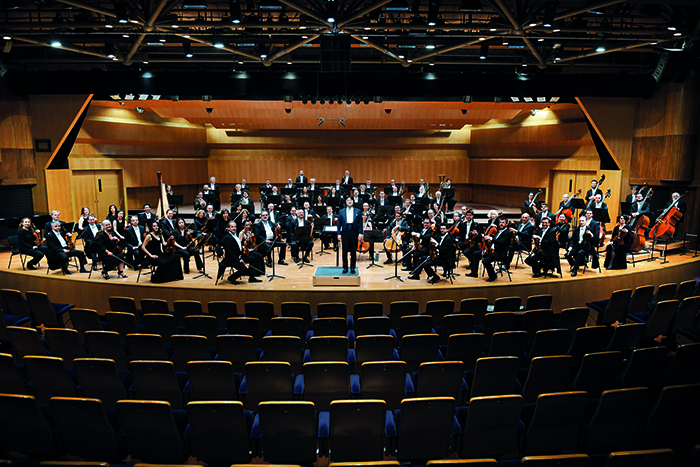
Kazuki Yamada and the Monte-Carlo Philharmonic Orchestra open the 2022-23 season with a programme of favourites – Berlioz’s Roman Carnival Overture, Tchaikovsky’s Violin Concerto and Dvořák’s Symphony No 9. The guest artist is the highly acclaimed young violinist Daniel Lozakovich. Read more ….
San Francisco Opera opens Centennial Season with Adams’ ‘Antony and Cleopatra’
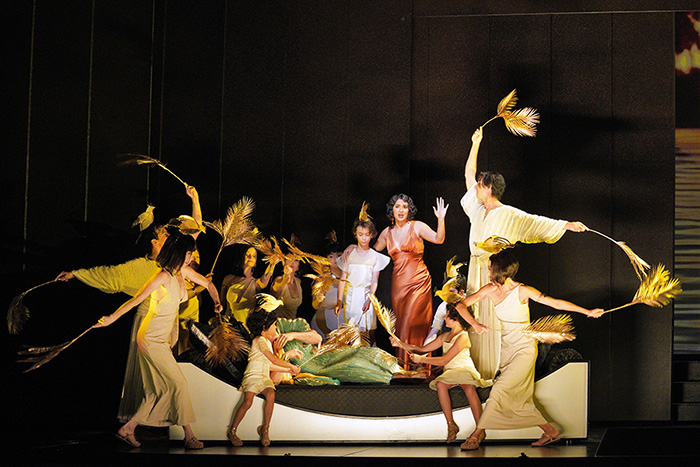
© Cory Weaver/San Francisco Opera
San Francisco Opera opens its Centennial Season with John Adams’ spectacular new work, Antony and Cleopatra. Read more ….
United Ukrainian Ballet performs Ratmansky’s ‘Giselle’ at London Coliseum
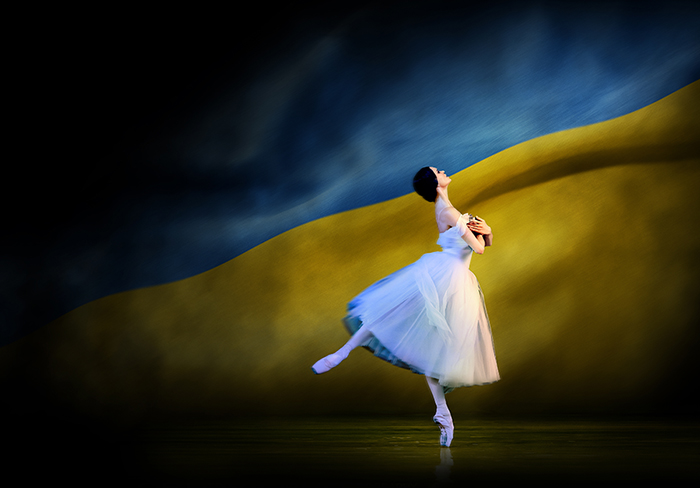
Giselle, one of the oldest classical ballets in the repertoire, and certainly one of the greatest Romantic era ballets, is to be performed by the United Ukrainian Ballet at the London Coliseum this month. Read more ….
Ballet Nice takes contemporary look at legend of Cassandra
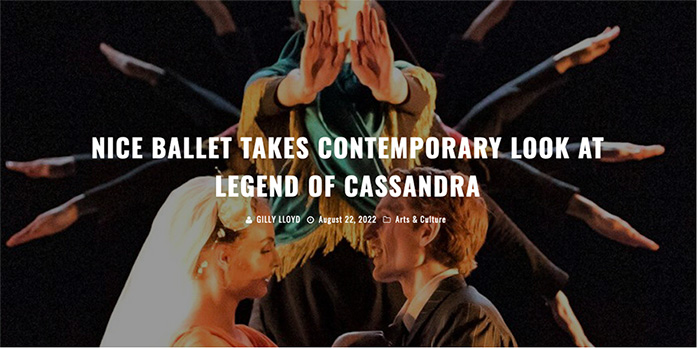
Ballet Nice Méditerranée opens its 2022-23 season with Cassandra, choreographer Luciano Cannito’s contemporary take on the legend of the mythological heroine. Read more ….
Gramophone’s ‘Orchestra of the Year Festival’ streams online
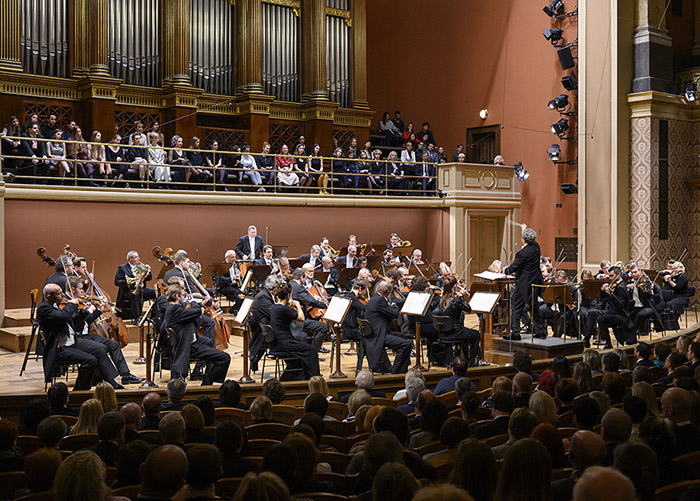
For the fifth consecutive year, Gramophone hosts its Classical Music Awards, during which the 2022 Orchestra of the Year will be announced. This evening, Gramophone’s Orchestra of the Year Festival will be streamed online on the magazine’s YouTube channel and Facebook page. Read more ….
Czech Philharmonic performs on Vltava River at Prague Sounds Festival

As part of the Prague Sounds Festival, and in celebration of the Czech Republic’s EU Presidency this year, the Czech Philharmonic, under Chief Conductor and Music Director, Semyon Bychkov, will appear in a programme of Czech music on a floating stage on the Vltava River in Prague on 2nd September. Read more ….
Ukrainian Freedom Orchestra to perform in Europe, the UK and USA
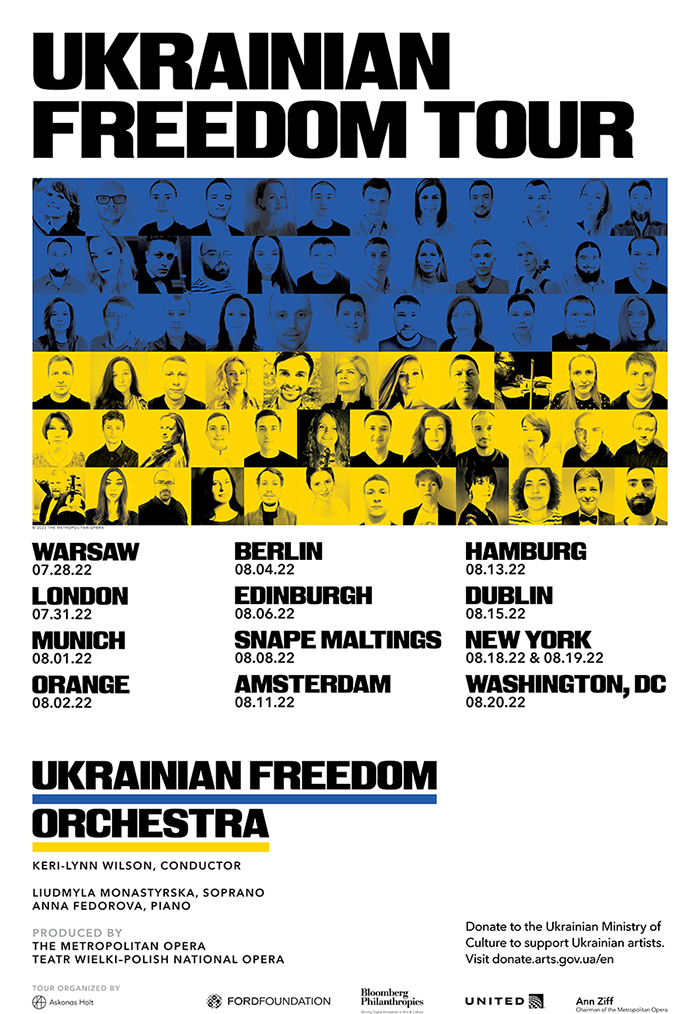
Many nations the world over have enormous respect for the resilience and determination of the Ukranian people in the defence of their country – a national characteristic which is also symbolised by the creative artists which it has produced – wherever they happen to reside. Read more ….
Sicily’s Opera Festival of the Stone Theatres
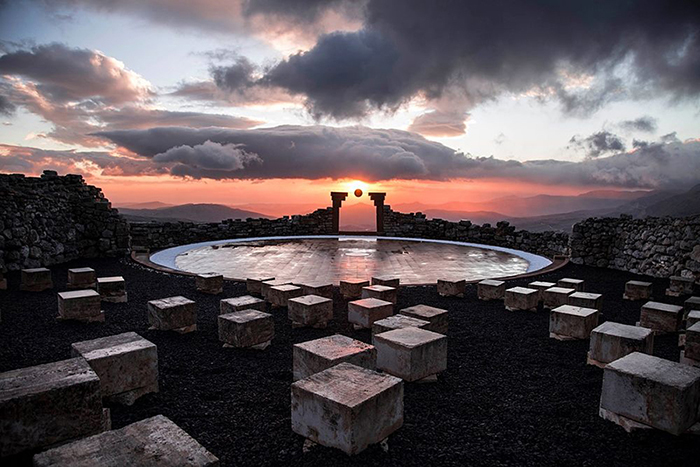
The Opera Festival of the Stone Theatres is now an established feature of the summer season on the Mediterranean island of Sicily. Read more ….
San Francisco Playhouse stages Sondheim’s ‘Follies’
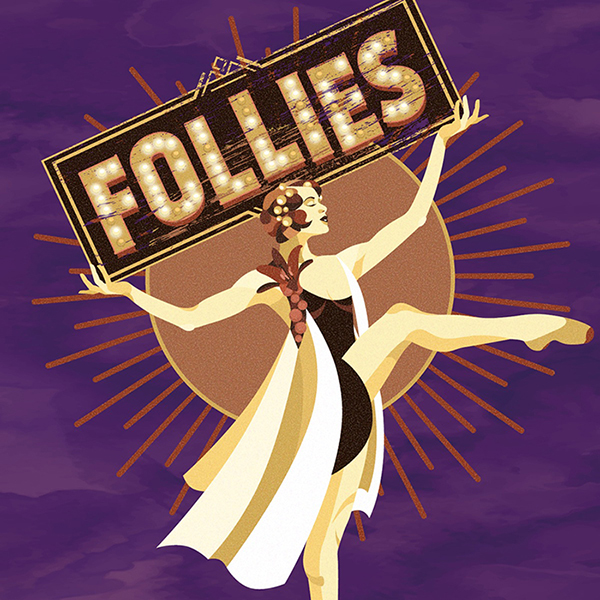
San Francisco Playhouse opens another first-class musical this week – Stephen Sondheim’s Follies, described by The New York Times as “One of the greatest musicals ever written”. Read more ….
Met Opera’s ‘Live in HD’ season opens with Lehár’s ‘The Merry Widow’
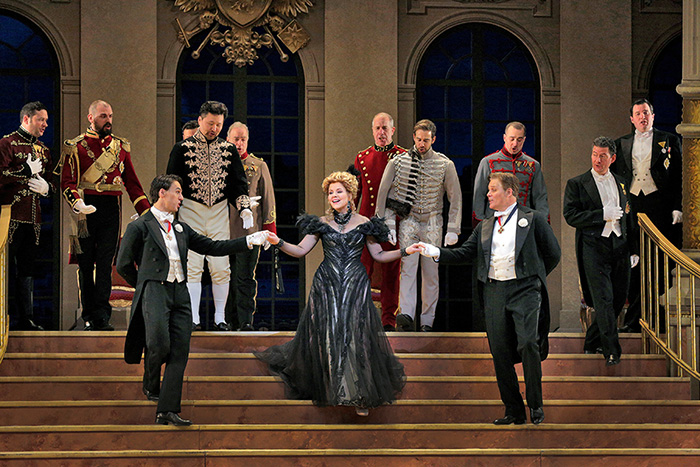
This week, the Metropolitan Opera opens the first of the Summer Encores performances from its Live in HD season. Lehár’s The Merry Widow will be screened in cinemas across the US and in select locations internationally, on Wednesday, July 13. Read more ….
‘Soirée 3 chorégraphes’ closes Les Ballets de Monte-Carlo’s ‘L’Été Danse!’
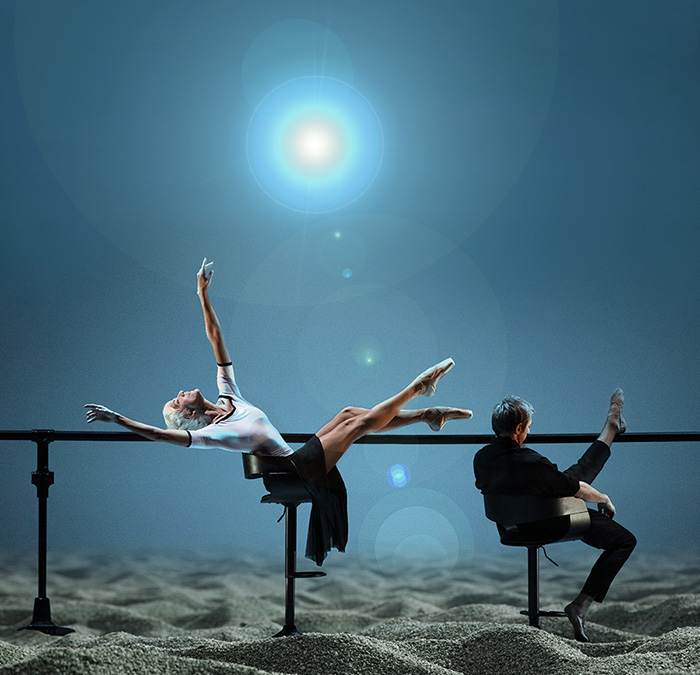
The final production of Les Ballets de Monte-Carlo’s summer dance programme, L’Été Danse!, is a triple bill entitled Soirée 3 chorégraphes, which features works by the Company’s Choreographer-Director Jean-Christophe Maillot, Czech choreographer Jirí Kylián and Swedish choreographer Mats Ek. Read more ….
Opera Rara & Britten Sinfonia stage Mercadante’s ‘Il proscritto’
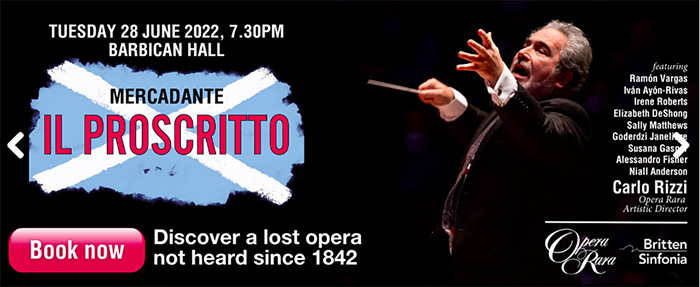
Opera Rara and the Britten Sinfonia present the first performance of Saverio Mercadante’s Il proscritto since the opera’s première in Naples in 1842. Read more ….
Nice Philharmonic closes season with Bringuier and Moreau
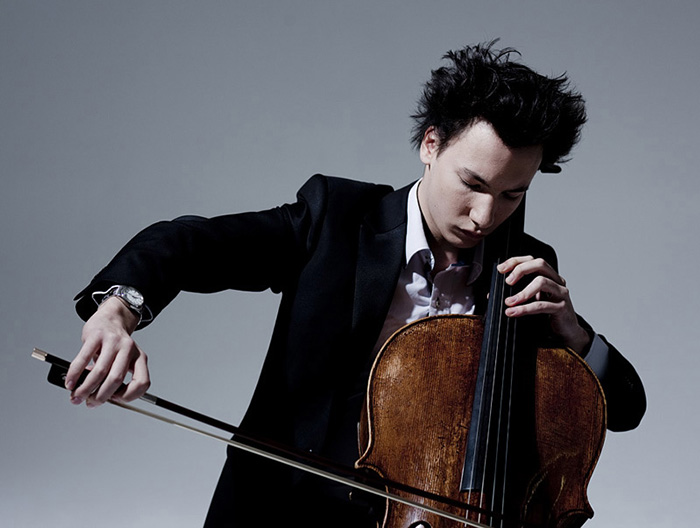
The Nice Philharmonic Orchestra brings the 2021/22 season to a close with a programme of music by Smetana, Tchaikovsky and Dvořák. The concerts are led by Niçois Lionel Bringuier – the Philharmonic’s Artiste Associé – with guest soloist Parisian cellist Edgar Moreau. Read more ….
‘Dream of the Red Chamber’ returns to San Francisco Opera
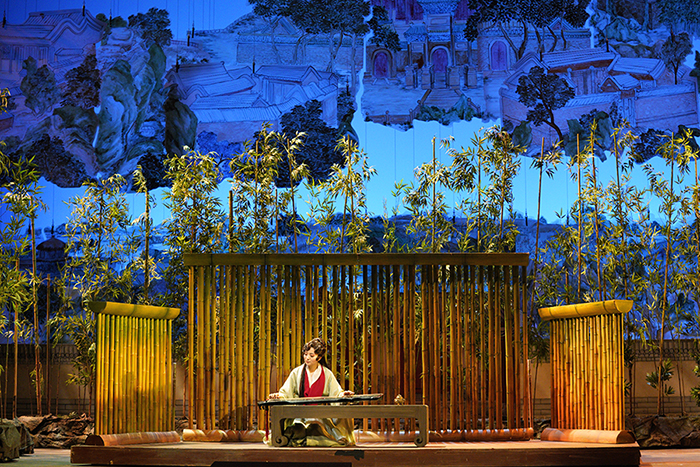
In the second production of its new season at the War Memorial Opera House, San Francisco Opera stages the return of Dream of the Red Chamber. Read more ….
MTT leads Czech Philharmonic in works by Copland and Schubert
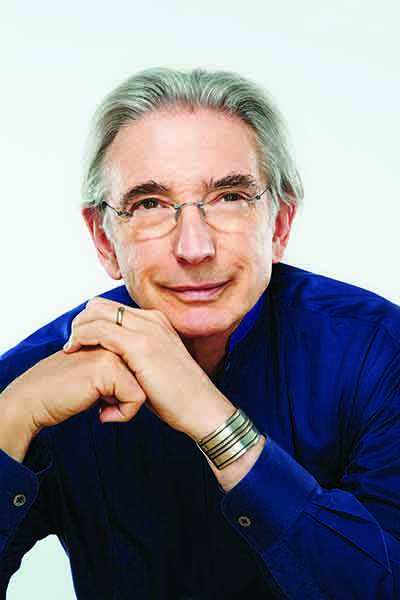
Michael Tilson Thomas, Music Director Laureate of the San Francisco Symphony, Conductor Laureate of the London Symphony Orchestra and Co-Founder and Artistic Director Laureate of the New World Symphony in Miami, this week leads the Czech Philharmonic in a programme of music by Aaron Copland and Franz Schubert. Read more …..
San Francisco Opera opens new season with Mozart’s ‘Don Giovanni’
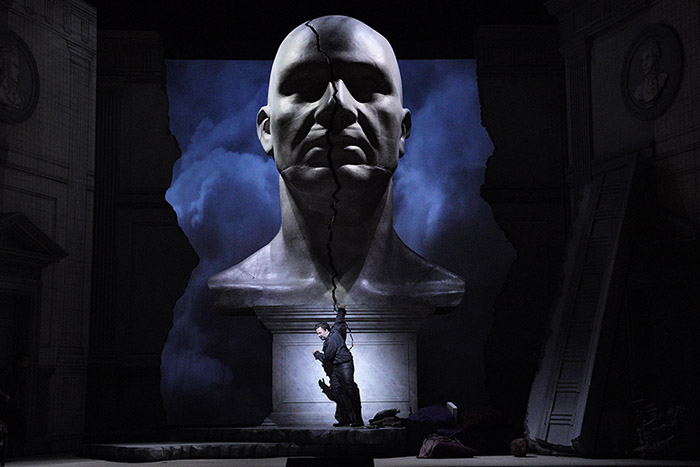
San Francisco Opera opens its new season with the final part of its multi-year Mozart-Da Ponte Trilogy in which the Company has presented all three collaborations by Mozart with librettist Lorenzo De Ponte. Read more ….
Trifonov plays Mason Bates with San Francisco Symphony
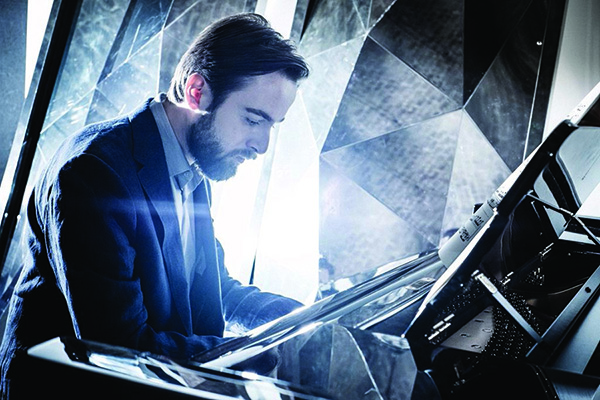
German conductor Ruth Reinhardt makes her debut with the San Francisco Symphony in a concert which stars Russian pianist Daniil Trifonov performing the West Coast Premiere of Mason Bates’ new Piano Concerto. Read more ….
Royal Ballet presents ‘Swan Lake’ in cinemas
On 19th May, The Royal Ballet presents Tchaikovsky’s legendary Swan Lake live in cinemas around the United Kingdom, with an encore on Sunday 22nd May. Read more ….
Metropolitan Opera screens Puccini’s ‘Turandot’ live in cinemas
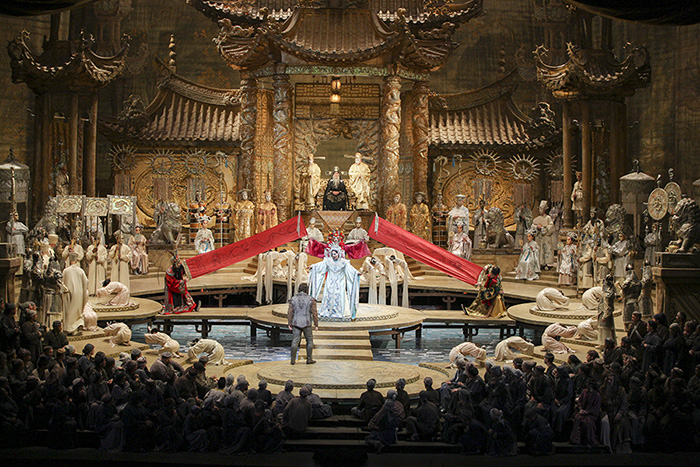
As part of its ongoing The Met: Live in HD series, the Metropolitan Opera streams Puccini’s grand opera Turandot in cinemas the world over this coming weekend. Read more ….
Les Ballets de Monte-Carlo gives opening performance of ‘Œil pour Œil’ for Ukraine
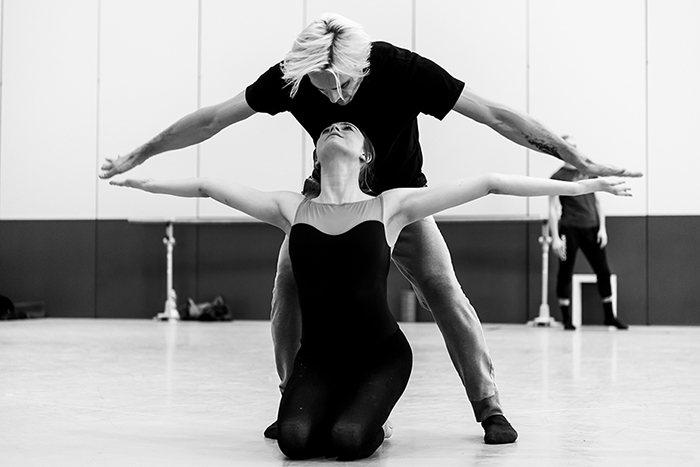
It is gratifying to see how many arts organisations are giving performances in support of the people of Ukraine, and Les Ballets de Monte-Carlo is no exception. This month, the Company dedicates the opening performance of Jean-Christophe Maillot’s Œil pour Œil to this inspirational cause. Read more ….
Dudamel conducts San Francisco Symphony
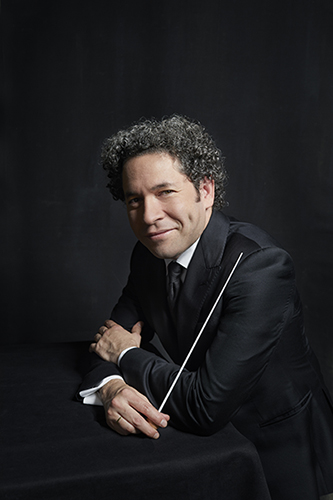
Gustavo Dudamel, surely one of the most charismatic conductors of his time, leads the San Francisco Symphony this week in a program of music by Mozart and Mahler. The featured works are Mozart’s Symphony No 38 in D major, known as the Prague Symphony, and Mahler’s Symphony No 5. Read more ….
‘Eugene Onegin’ returns to Metropolitan Opera
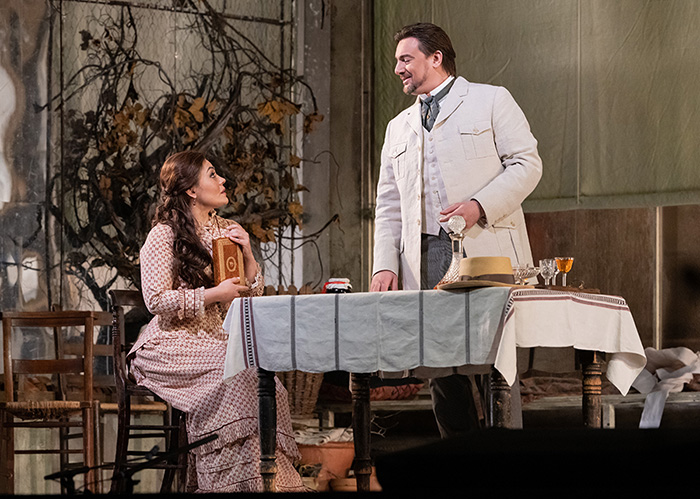
Over the next week, the Metropolitan Opera’s revival of Tchaikovsky’s Eugene Onegin returns to the Lincoln Center for the Performing Arts in New York City, where it opened on March 25th. Read more ….
Monte-Carlo Philharmonic stages concert in support of Ukraine

Along with all of the cultural institutions of the Principality of Monaco, the Monte-Carlo Philharmonic Orchestra dedicates its concert of 8th April to the people of Ukraine, with all proceeds going to to the Monegasque Red Cross. Read more ….
World Premiere of Tomasson’s ‘Harmony’ for San Francisco Ballet
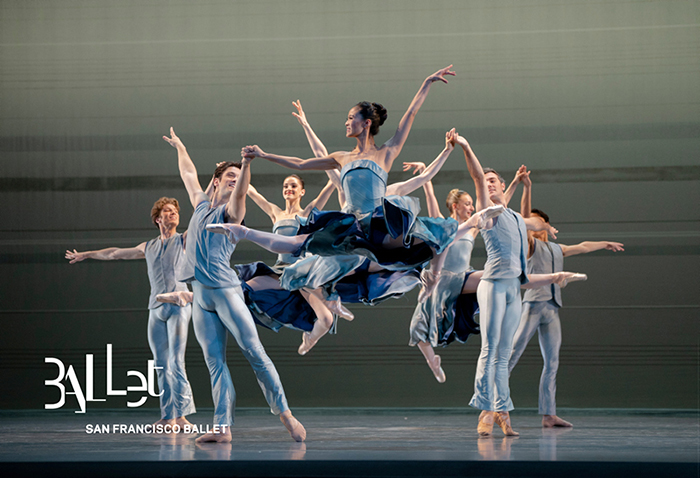
In the fifth program of the current season, San Francisco Ballet presents the World Premiere of Helgi Tomasson’s Harmony – his final creation for the Company as its Artistic Director and Principal Choreographer. Also featured in this celebration of in-house works – those created for San Francisco Ballet by Company members – is Tomasson’s The Fifth Season, and Magrittomania, a quirky piece by Choreographer in Residence, Yuri Possokhov. Read more ….
SFJAZZ hosts NEA Jazz Masters Tribute
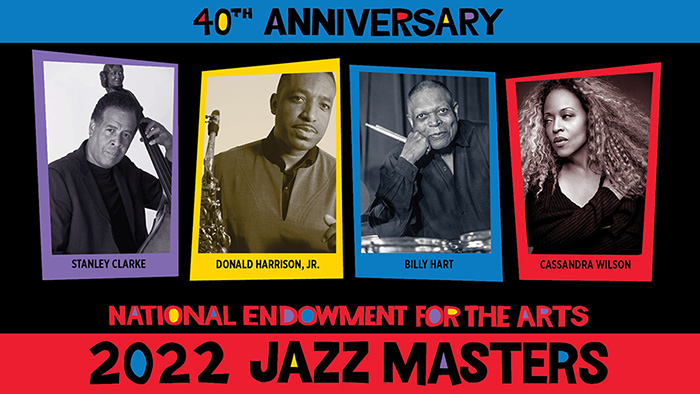
This week, SFJAZZ – in collaboration with the National Endowment for the Arts – hosts the 2022 NEA Jazz Masters Tribute Concert, honouring Stanley Clarke, Donald Harrison Jr, Billy Hart and Cassandra Wilson. This free concert also launches a year-long celebration of the 40th anniversary of the program. Read more ….
Capuçon plays Tchaikovsky with Concertgebouworkest
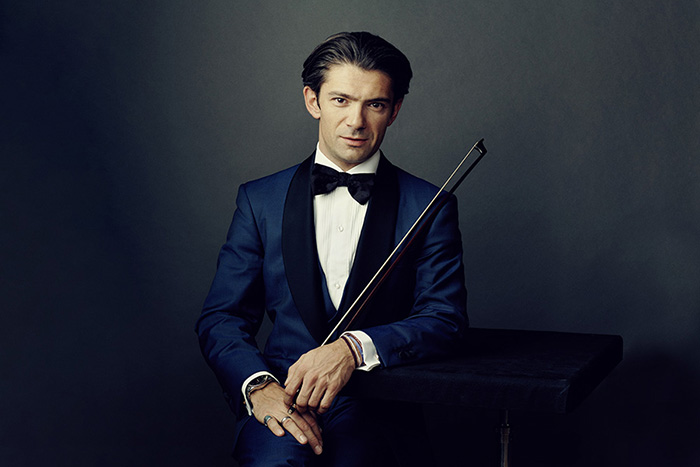
This week, Amsterdam’s Concertgebouworkest is host to conductor Myung-whun Chung and cellist Gautier Capuçon who plays Tchaikovsky’s Variations on a Rococo Theme. Also on the programme is Bruckner’s Symphony No 6. Read more ….
SFJAZZ Collective releases new album
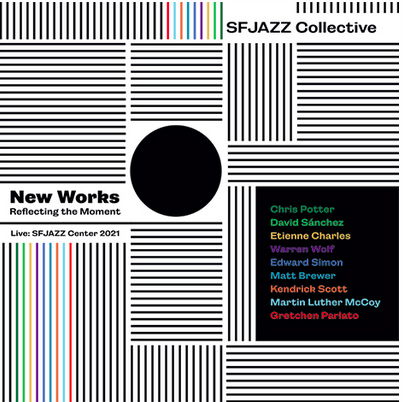
The SFJAZZ Collective has just released a new album – Live From SFJAZZ Center 2021: New Works Reflecting The Moment. Representing what’s currently happening in jazz, the Collective has a mission to perform fresh arrangements of works by a modern master, as well as newly commissioned pieces by each member of the group. Read more ….
Opéra Nice Côte d’Azur presents a ‘Concert for Peace’
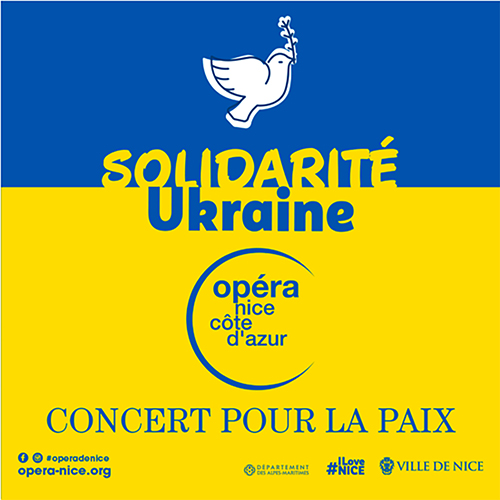
Tomorrow evening, March 22nd, Opéra Nice Côte d’Azur and the City of Nice present a Concert for Peace in solidarity with the people of Ukraine. Proceeds from this performance will be donated to an association which is helping the children of Ukraine during the devastating conflict in their country. Read more ….
San Francisco Ballet presents West Coast premiere of Ratmansky’s ‘The Seasons’
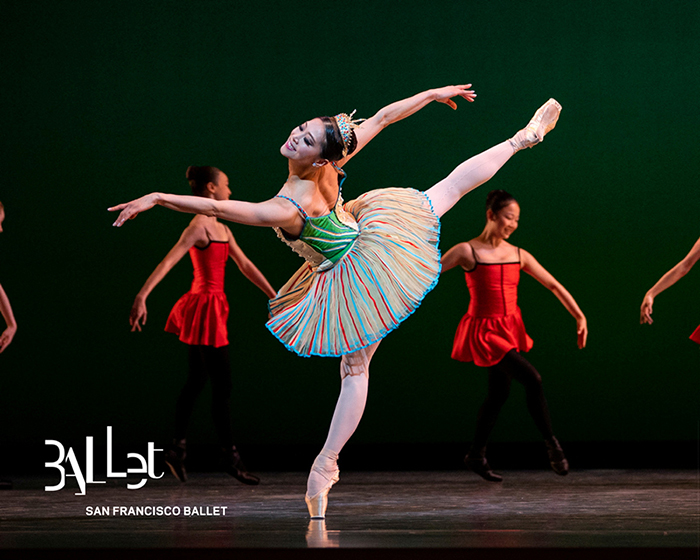
San Francisco Ballet continues its 2022 season with contemporary updates of two classical ballets – a revival of Bournonville’s La Sylphide and the West Coast premiere of Alexei Ratmansky’s The Seasons. Read more ….
International stars Dance for Ukraine
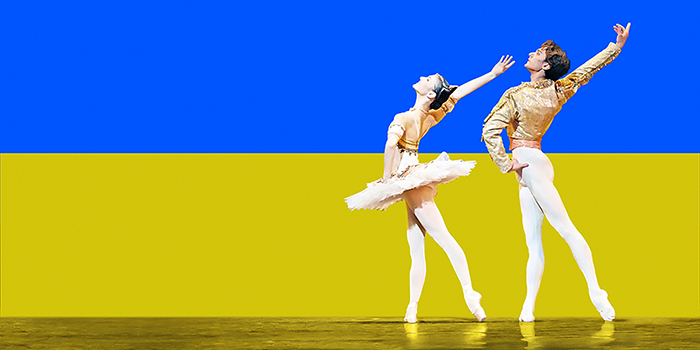
A fabulous evening of dance is scheduled for Saturday 19th March, when a host of international ballet stars present Dance for Ukraine – a fundraising gala at the London Coliseum – which has already sold out. Read more ….
Concert for Ukraine – Metropolitan Opera broadcasts & streams worldwide
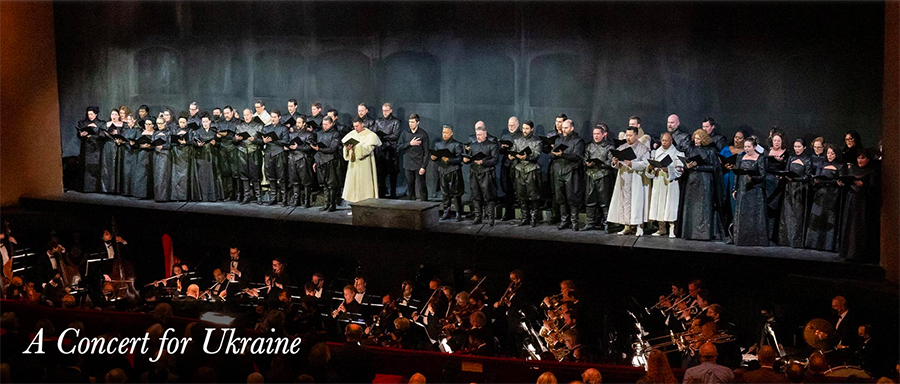
The Metropolitan Opera will hold a special benefit Concert for Ukraine [ on Monday, March 14th, at 6.00 pm (ET), in solidarity with the citizens of Ukraine. All ticket sales and other proceeds will go to supporting relief efforts in Ukraine. Read more ….
A preview of this year’s Festival Printemps des Arts de Monte-Carlo
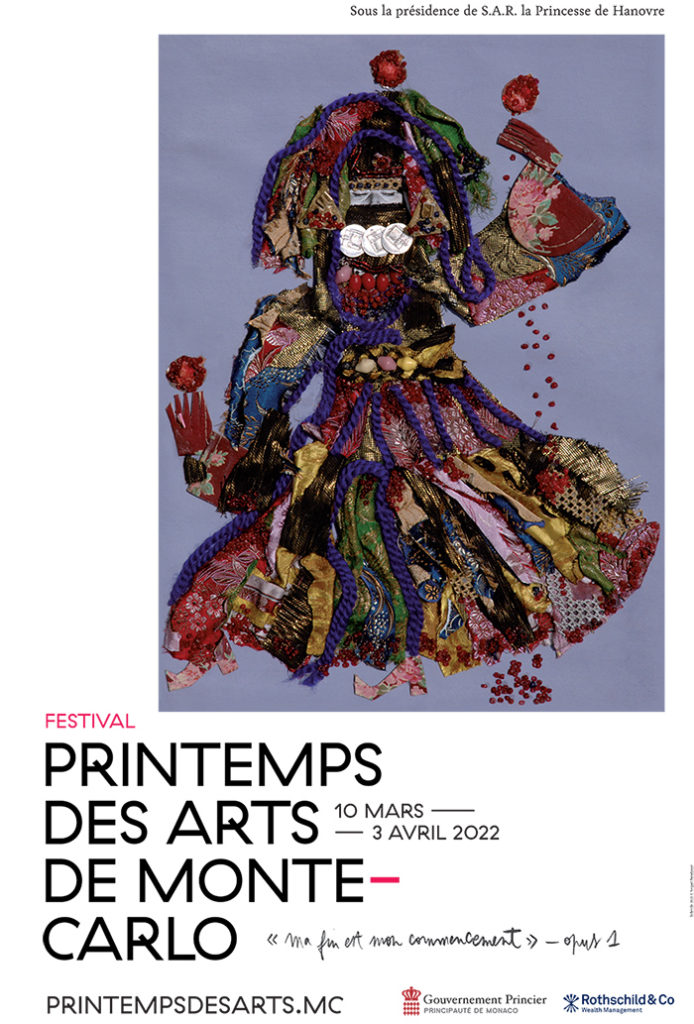
Under the artistic direction of composer Bruno Mantovani, and with illustrious pianist Jean-Efflam Bavouzet in residence, this year’s Festival Printemps des Arts de Monte-Carlo has a wealth of wonderful performances on offer. Read more ….
Josefowicz plays Stravinsky with Salonen & SF Symphony
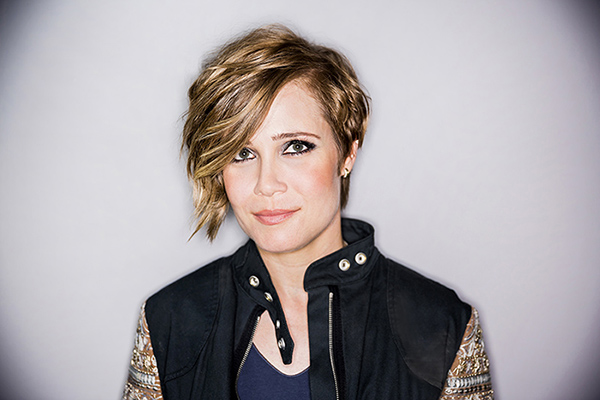
This week the San Francisco Symphony is led by Music Director Esa-Pekka Salonen and joined by violinist Leila Josefowicz in a program of music which features the Symphony’s premiere of a work by Elizabeth Ogonek, the Violin Concerto in D Major by Igor Stravinsky and his music for the ballet The Rite of Spring. Read more ….
Metropolitan Opera presents original French version of Verdi’s ‘Don Carlos’
Posted on by Gilly Lloyd
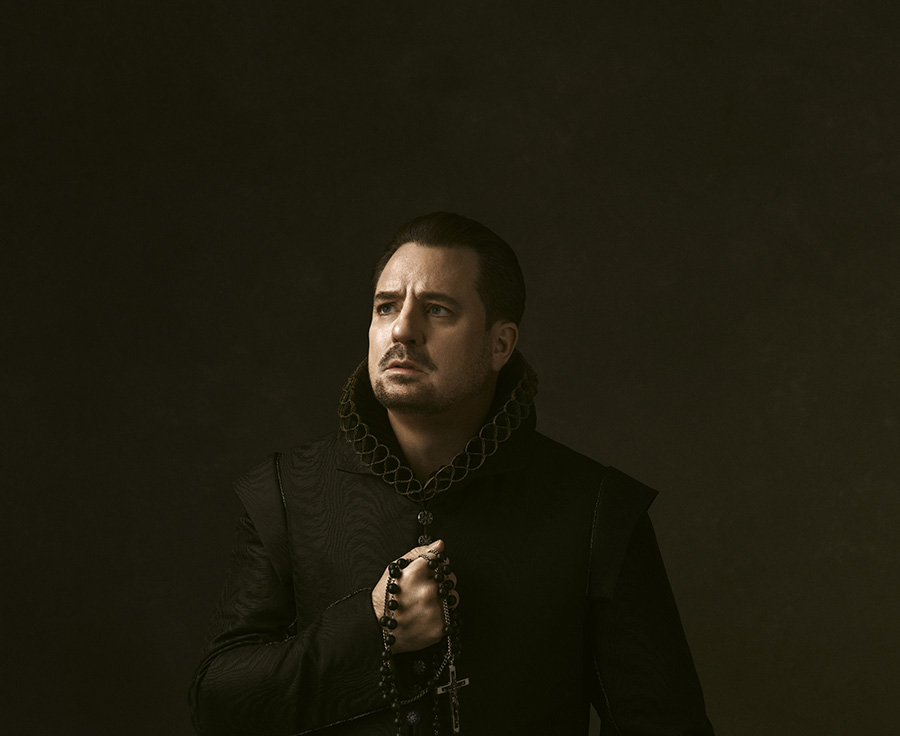
For the first time ever, the Metropolitan Opera presents the original French-language version of Guiseppe Verdi’s Don Carlos. Set in the time of the Spanish Inquisition, this story of passion and betrayal, of conflict between father and son, of political intrigue, heartbreak and devotion, stars tenor Matthew Polenzani in the title role and soprano Sonya Yoncheva as Élisabeth de Valois. Read more ….
San Francisco Ballet’s production of ‘Don Quixote’ is a delight
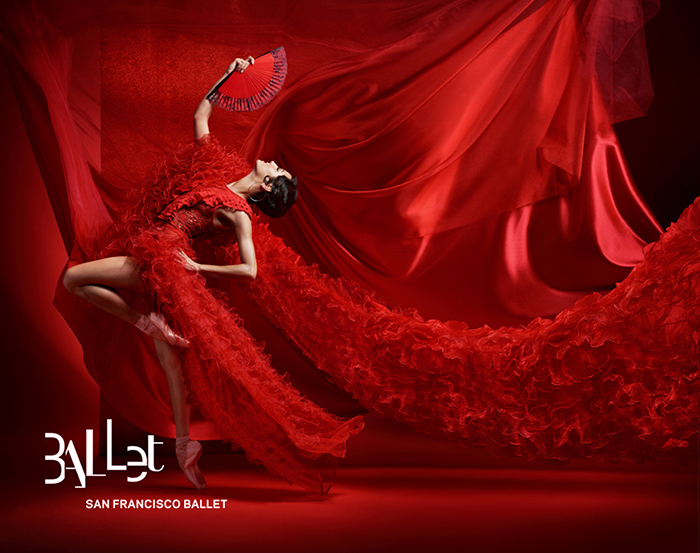
Joyful and lively, with dazzling choreography and a wonderfully melodic score by Ludwig Minkus, Don Quixote is a hugely enjoyable ballet, and this staging by San Francisco Ballet’s Artistic Director Helgi Tomasson and Choreographer-in-Residence, Yuri Possokhov, is a delight. Read more ….
New staging of Massenet’s ‘Werther’ for Monte-Carlo Opera

This month, Monte-Carlo Opera presents a new staging of Jules Massenet’s Werther – a co-production with the Palau de Les Arts-Reina Sofia in Valencia – with Jean-François Borras in the title role, Stéphanie d’Oustrac as Charlotte and Jean-François Lapointe as Albert. Read more ….
Terri Lyne Carrington in residence at SFJAZZ
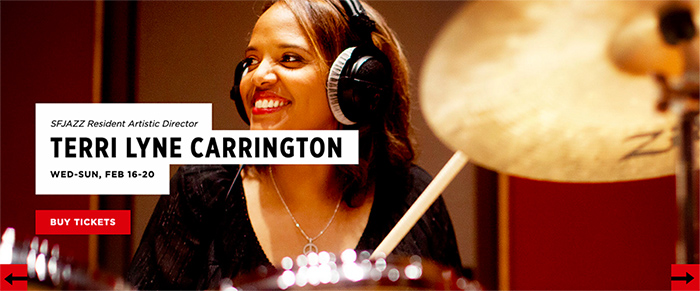
From Wednesday to Sunday this week, SFJAZZ hosts the residency of Terri Lyne Carrington – 2021 NEA Jazz Master, GRAMMY® Award-winning composer, drummer, activist and 2019 Doris Duke Award recipient – as she presents five fabulous nights of music. Read more ….
World Premiere of Cathy Marston’s ‘Mrs Robinson’ opens San Francisco Ballet season

San Francisco Ballet opened its 2022 season last evening with a triple bill featuring the World Premiere of Mrs Robinson – a new ballet by Cathy Marston – together with Helgi Tomasson’s Trio and George Balanchine’s Symphony in C. Read more ….
Concertgebouworkest streams ‘Made in America’ online

The Concertgebouworkest devotes the whole of this coming weekend to Made in America – music written by Americans or composed in the United States. Read more ….
Monte-Carlo Opera presents Rossini’s ‘Il turco in Italia’
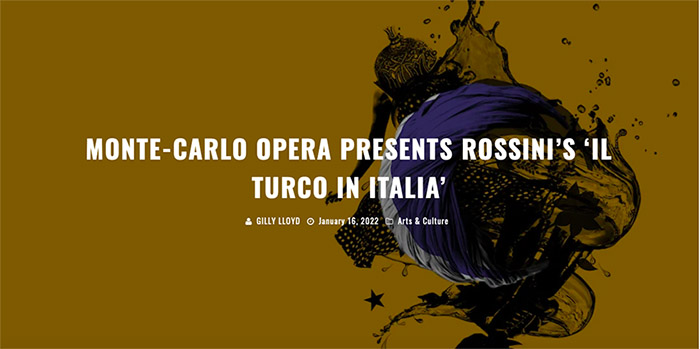
Love, infidelity and comedic drama are in the air in Gioachino Rossini’s Il turco in Italia, to be staged by Monte-Carlo Opera this month. Read more …..
MTT leads San Francisco Symphony with Gautier Capuçon & Yuja Wang
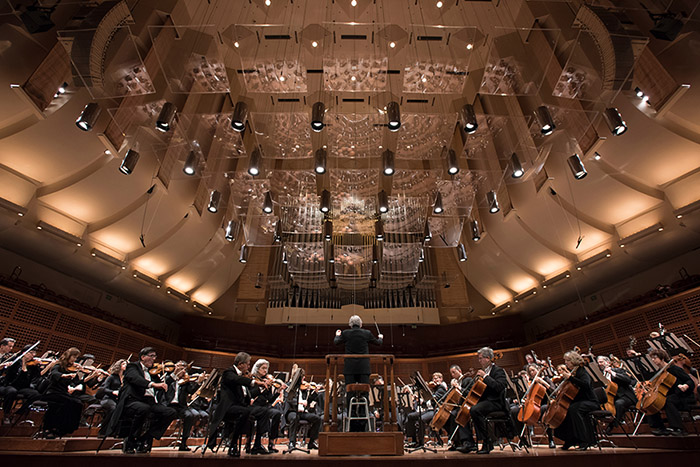
There’s a meeting of good friends at Davies Symphony Hall this month as the San Francisco Symphony welcomes Music Director Laureate Michael Tilson Thomas back to the podium, together with two hugely popular guest artists – cellist Gautier Capuçon and pianist Yuja Wang. Read more ….
English National Ballet stages new version of ‘Raymonda’
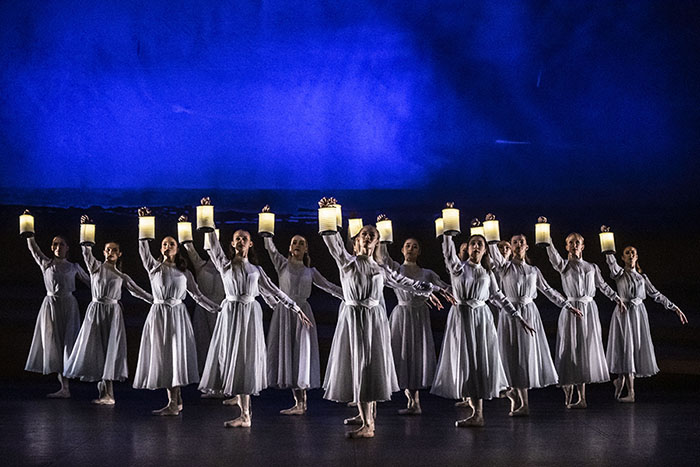
This week, English National Ballet stages a new version of Marius Petipa’s classic ballet, Raymonda – an interpretation created for the Company by Artistic Director, Tamara Rojo in her first production as director and choreographer. Read more …..
Honeck leads Czech Philharmonic in live-streamed New Year’s Gala Concert
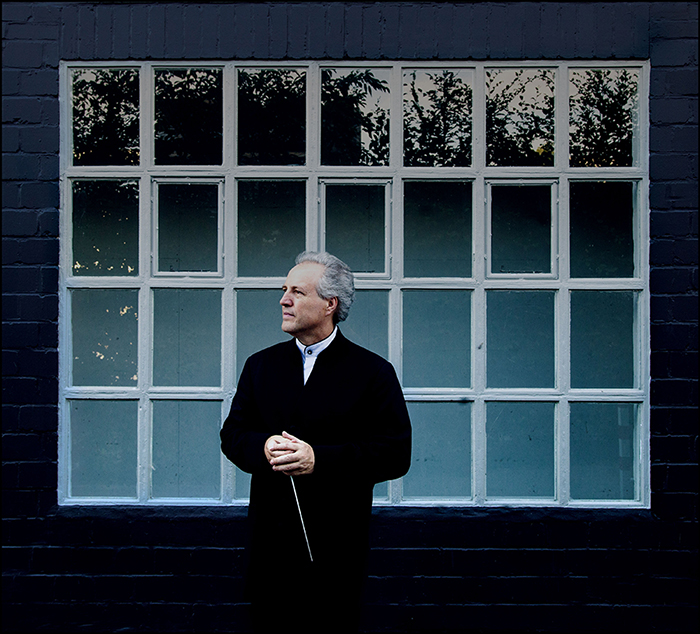
courtesy IMG Artists
The Czech Philharmonic will be streaming its New Year’s Gala Concert live from the Dvořák Hall of Prague’s Rudolfinum on Saturday evening. This performance of magical Viennese music is led by Manfred Honeck, and stars Kyrgyz soprano Katharina Konradi and French horn player Radek Baborák. Read more ….
Met Opera presents Massenet’s ‘Cinderella’ Live in HD
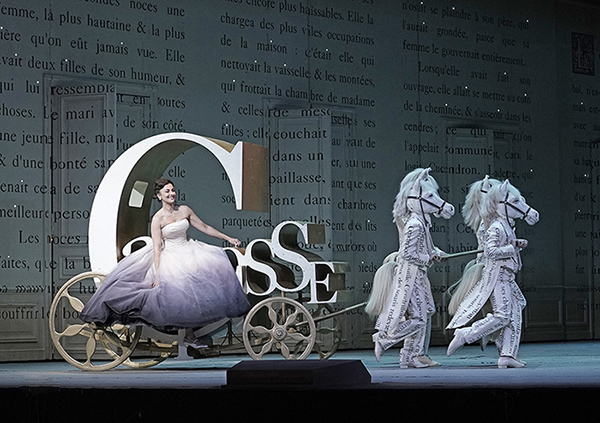
On New Year’s Day, the Metropolitan Opera broadcasts another production in its Live in HD series in cinemas throughout the world. On this first Saturday of 2022, the Met features Jules Massenet’s interpretation of one of the world’s favourite fairly tales, Cinderella, in an abridged, English-language version, specially adapted for family audiences – “.… a delight”, according to the New York Times. Read more ….
Royal Ballet streams The Dante Project
As part of the celebrations of the 700th anniversary of the death of Italian poet Dante Alighieri, The Royal Ballet streams its highly acclaimed production of Wayne McGregor’s The Dante Project as of Monday, 20th December. Read more ….
Gomyo plays Shostakovich with Bychkov & Czech Philharmonic

Violinist Karen Gomyo plays the Shostakovich Violin Concerto No 1 with the Czech Philharmonic Orchestra, under Music Director and Chief Conductor Semyon Bychkov, in a programme which includes a new work by Bryce Dessner and Rachmaninoff’s Symphonic Dances. Read more ….
SFJAZZ announces a new app

SFJAZZ has a new app, which means that members can watch fabulous performances from the SFJAZZ Center from home, or from anywhere in the world. Read more ….
San Francisco Symphony plays Elgar and Tchaikovsky
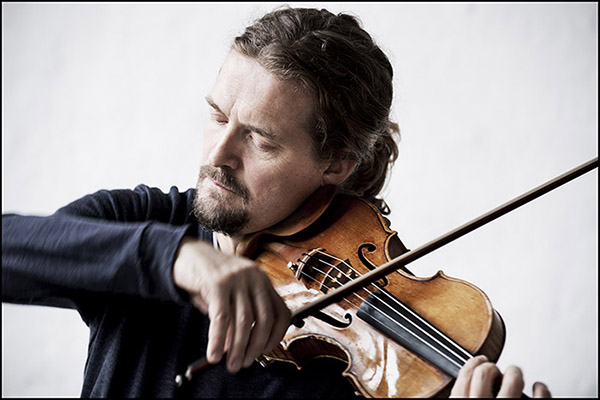
This week, Australian conductor Simone Young returns to Davies Symphony Hall, leading the San Francisco Symphony in a program of works by Sir Edward Elgar – his Violin Concerto – and Tchaikovsky’s Symphony No 5. The guest artist is German violinist Christian Tetzlaff. Read more ….
Rotterdam Philharmonic announces online concert season
The Rotterdam Philharmonic Orchestra brings a spectacular series of concerts to an online audience this season. Following the success of its live-streamed concerts earlier in the year, the Orchestra has just launched a new series of ten performances, starring some of the world’s finest soloists and conductors and all performed at the De Doelen concert hall in Rotterdam. Read more ….
San Francisco Opera presents ‘Così fan tutte’ onstage and online
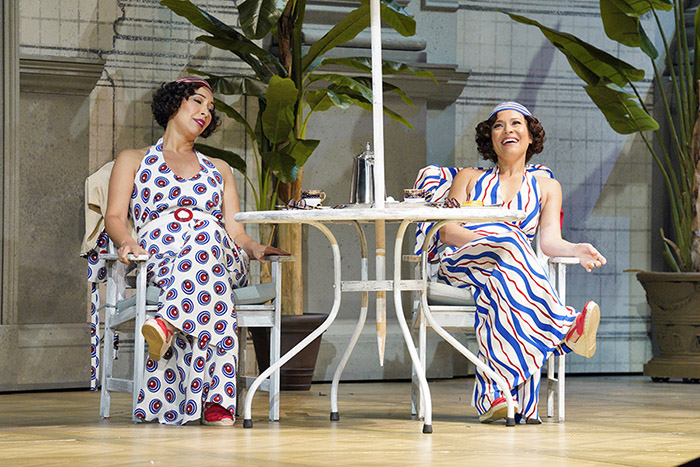
San Francisco Opera brings Mozart’s 1790 comedy Così fan tutte to the stage of the War Memorial Opera House in San Francisco, as well as to audiences at home. This new production, by director Michael Cavanagh, is led by Hungarian conductor Henrik Nánási and features soprano Nicole Cabell as Fiordiligi, mezzo-soprano Irene Roberts as Dorabella, tenor Ben Bliss as Ferrando, and baritone John Brancy as Guglielmo. Bass Ferruccio Furlanetto is Don Alfonso and soprano Nicole Heaston is Despina. Read more ….
Hrůša leads Czech Philharmonic in concert marking anniversary of Velvet Revolution
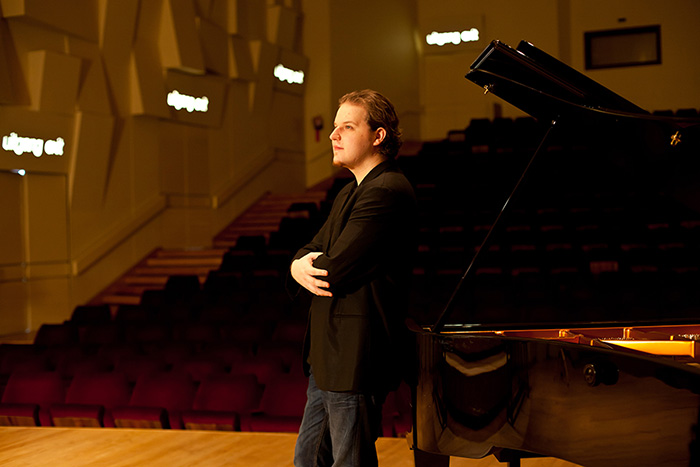
The 1989 Velvet Revolution – in what was then Czechoslavakia – marked the non-violent nationwide protest movement in November and December of that year, which ended more than 40 years of communist rule in the country. To commemorate this event, the Czech Philharmonic under Principal Conductor Jakub Hrůša, performs Rachmaninoff’s Piano Concerto No 2, with Czech pianist Lukáš Vondráček stepping in as soloist for Yuja Wang who was scheduled to appear, but has had to withdraw due to illness. Also on the programme are Leoš Janáček’s Suite for Orchestra and Witold Lutoslawski’s Concerto for Orchestra. Read more ….
New opera season opens on the Côte d’Azur

Both Nice and Monte-Carlo opera companies open their 2021-22 season this month – with two very different works. Nice Opera stages its magnificent production of Philip Glass’ Akhnaten and Monte-Carlo Opera presents Puccini’s heartbreaking yet utterly beautiful Madame Butterfly. Read more ….
Sadler’s Wells streams Birmingham Royal Ballet’s Curated by Carlos
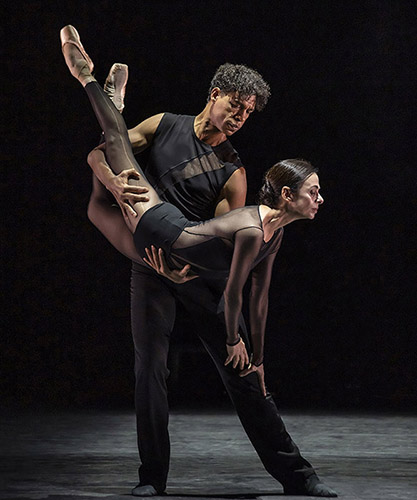
Sadler’s Wells Digital Stage has a new Video on Demand platform, which launches this week with Birmingham Royal Ballet’s triple bill Curated by Carlos. Audiences around the world will be able to watch this programme of works online at a time of their choosing, between 11th and 18th November. Read more ….
MTT returns to lead San Francisco Symphony
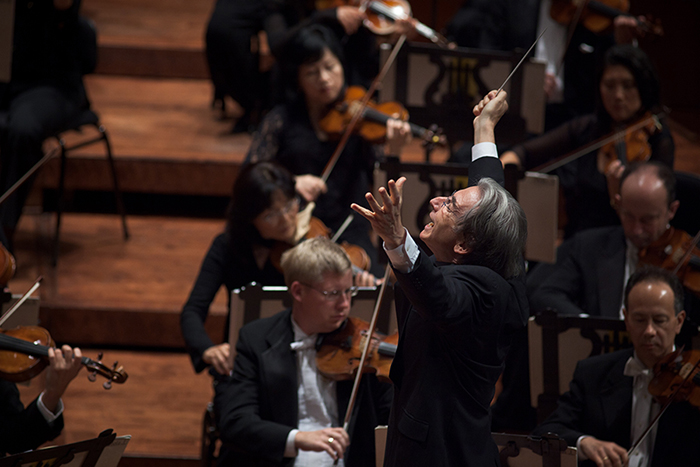
Michael Tilson Thomas returns to Davies Symphony Hall this month, delighting Bay Area audiences as he fufills two engagements with the San Francisco Symphony. In the first concert, the Music Director Laureate leads the Symphony in a program of music by Mozart – his Three German Dances, K 605 – MTT’s own composition Notturno – with flutist Demarre McGill as soloist – and Schumann’s Symphony No 1. Read more ….
‘Spartacus’ opens new Bolshoi in Cinema season
The Bolshoi Ballet, in association with Pathé Live, opens its 2021-22 cinema series with a magnificent performance of Spartacus live from the stage of the Bolshoi Theatre in Moscow on 7th November. Read more ….
Met Opera screens Blanchard’s ‘Fire Shut Up in My Bones’ ‘Live in HD’
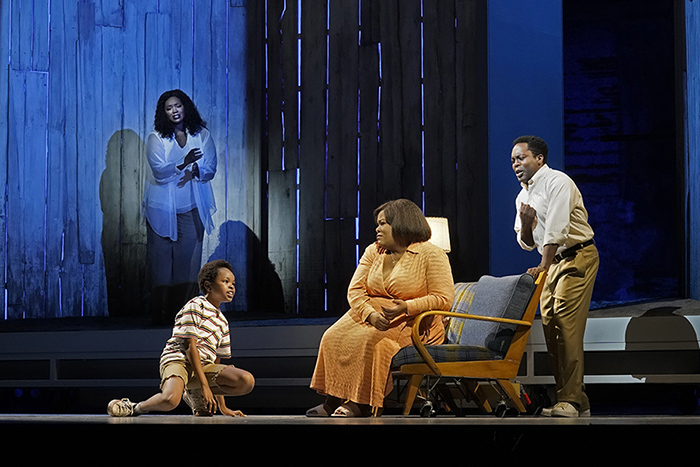
Photo: Ken Howard / Met Opera
The Metropolitan Opera continues its season of Live in HD cinema productions with Terence Blanchard’s Fire Shut Up in My Bones, an adaptation of the memoir by Charles M Blow and the first opera by a Black composer to be presented by the Met. Read more ….
ABT’s New York Fall Season opens with ‘Giselle’
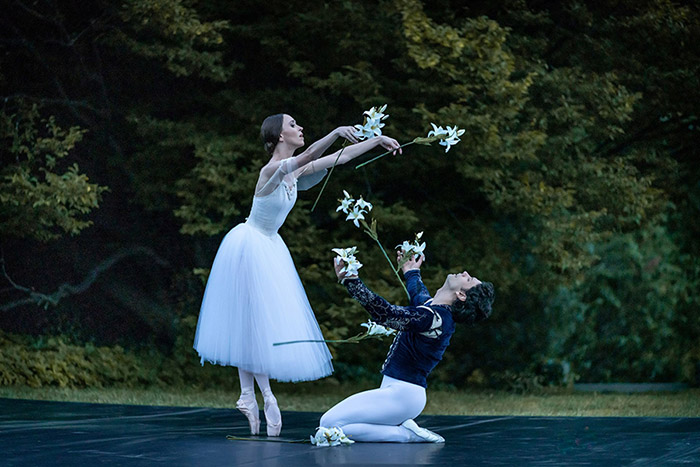
American Ballet Theatre opens its first New York Fall Season for two years with the gorgeous Romantic-era ballet Giselle. With choreography after Jules Perrot, Jean Coralli and Marius Petipa, Giselle – set to Adolphe Adam’s sumptuous score – is one of the oldest classical ballets continually performed by ballet companies around the world. Read more ….
San Francisco Opera opens a new production of Beethoven’s ‘Fidelio’
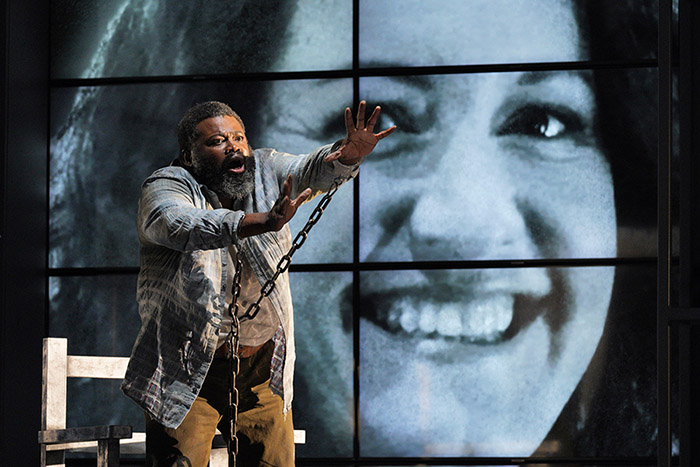
Photo: Cory Weaver/San Francisco Opera
San Francisco Opera opens a new production of Beethoven’s Fidelio this week. Read more ….
Ballet Nice Méditerranée pays tribute to the influence of black artists
Ballet Nice Méditerranée, under the artistic direction of Éric Vu-An, presents five works in a programme entitled Black Dances Matter – paying tribute to the influence of black artists in the history of dance. Read more ….
English National Opera goes for diversity in 2021-22 season
English National Opera has something to suit all tastes for the 2021-22 season – ranging from the seriousness of actuality to the frivolous and lighthearted, with a healthy dash of passion and tragedy thrown into the mix. Read more …
Met Opera opens new ‘Live in HD’ season with ‘Boris Godunov’
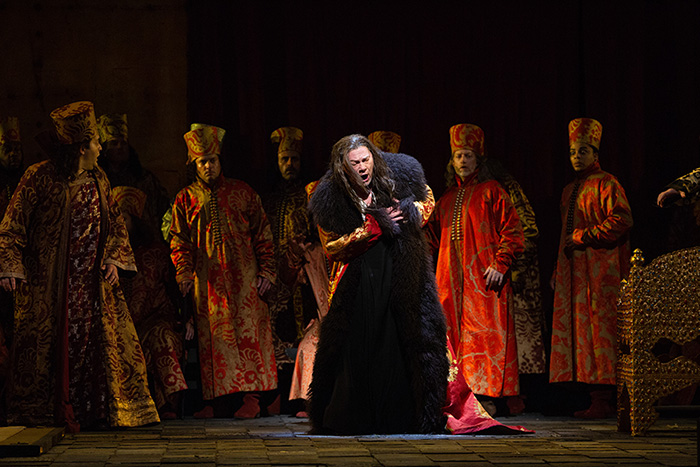
Modest Mussorgsky’s magnificent historical opera, Boris Godunov, currently running at the Metropolitan Opera in New York, opens the Company’s Live in HD 2021-22 season. Read more ….
An unusual season opening for Salonen and San Francisco Symphony
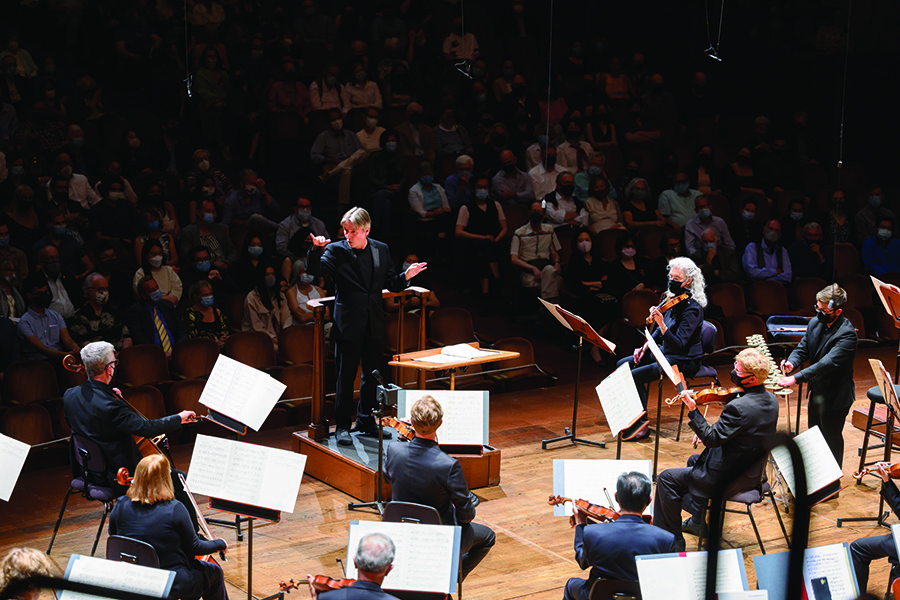
In Esa-Pekka Salonen’s first opening night concert as Music Director of the San Francisco Symphony, he has opted for an unusual selection of works in a program which features the music of John Adams, Alberto Ginastera, Wayne Shorter and Silvestre Revueltas. The guest artists are dancers of the Alonzo King LINES Ballet and jazz stars Esperanza Spalding, Leo Genovese and Terri Lyne Carrington. Read more ….
Bychkov & Czech Philharmonic open new season with Shostakovich’s ‘Leningrad’ Symphony
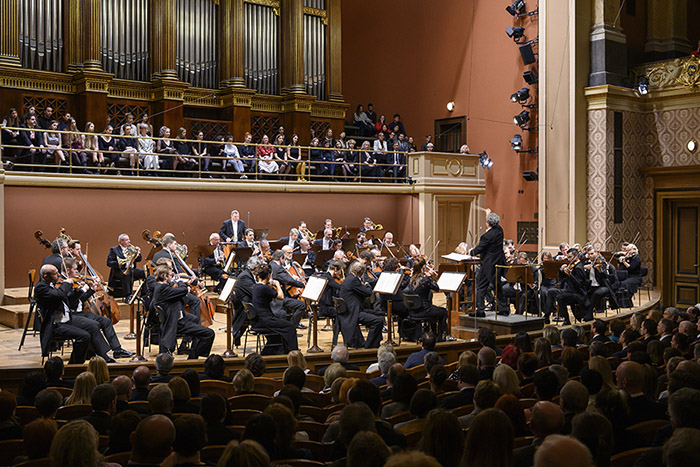
The Czech Philharmonic, under Chief Conductor and Music Director Semyon Bychkov, opens its 126th season this week with a performance of the Shostakovich Symphony No 7 in C Major, Op 60 – Leningrad. Read more ….
Yamada & Monte-Carlo Philharmonic open new season with Beethoven
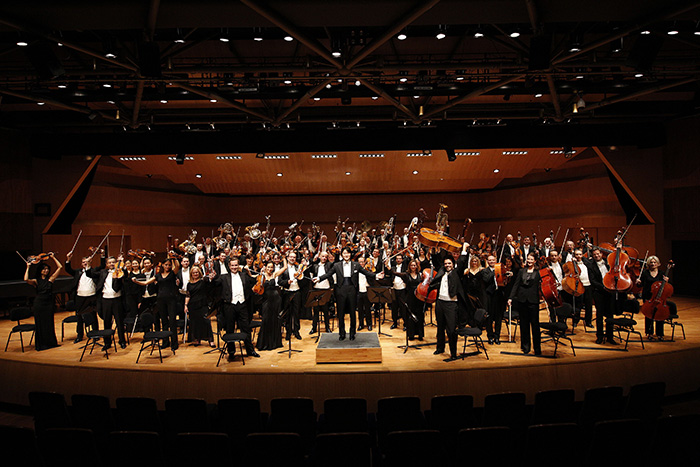
Principal Conductor and Artistic Director Kazuki Yamada leads the Monte-Carlo Philharmonic Orchestra in a rousing opening to the 2021-22 season with music by Beethoven – his Overture to Leonore No 2, Opus 72a, and his Symphony No 9 (Choral) Opus 125. Read more ….
English National Ballet premieres Akram Khan’s ‘Creature’
English National Ballet presents the long-anticipated world premiere of its new ballet, Akram Khan’s Creature. Read more ….
Kris Bowers in spectacular opening to new SFJAZZ season
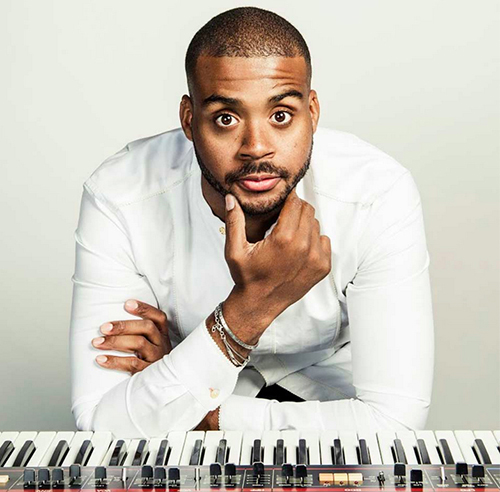
SFJAZZ gets the new season off to a spectacular start next week with Emmy Award-winning composer and pianist Kris Bowers who takes to the stage of the Miner Auditorium for what promises to be a hugely memorable opening night on September 23rd. Read more ….
Concertgebouworkest celebrates opening of new season on Dam Square
The Concertgebouworkest celebrates the opening of the 2021-22 season on Friday evening with an open-air concert on Amsterdam’s Dam Square. Daniel Harding leads the orchestra in a varied light programme, with violinist Leonidas Kavakos as guest artist. Read more ….
Semyon Bychkov & Kirill Gerstein at the BBC Proms
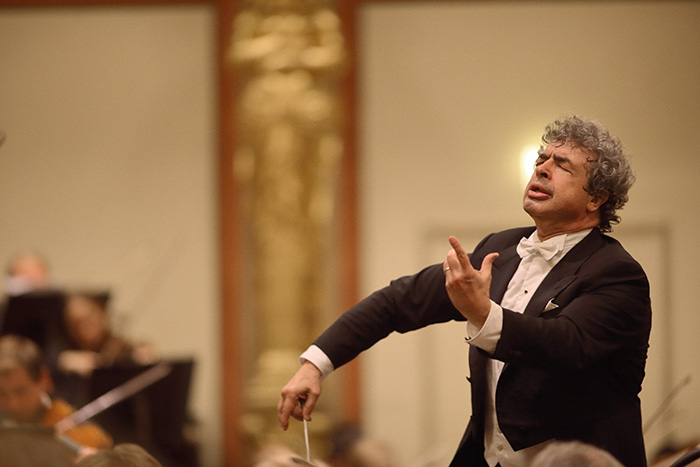
This Friday, Semyon Bychkov will be in London to conduct the BBC Symphony Orchestra (BBCSO) in a programme comprising Beethoven’s Coriolan Overture, the Schumann Piano Concerto in A minor – soloist Kirill Gerstein – and Mendelssohn’s Symphony No 3 in A minor, Scottish. Read more …..
Sonya Yoncheva & Plácido Domingo – Gala Concert streamed from Sofia

The Saint Alexander Nevsky Square in Sofia is the setting for a highly-anticipated Gala Concert on August 31st, when soprano Sonya Yoncheva and baritone Plácido Domingo appear with the Sofia Philharmonic Orchestra conducted by Nayden Todorov. Read more ….
SFJAZZ Collective plays Jobim on ‘Fridays at Five’
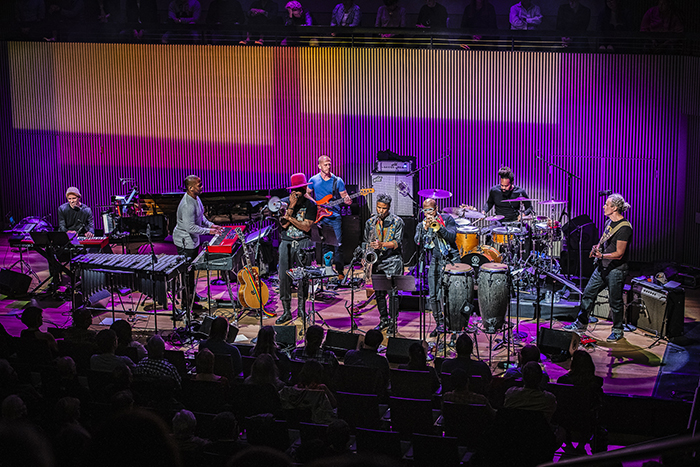
This week’s Fridays at Five session from SFJAZZ features the SFJAZZ Collective a group of musicians with an enviable international reputation, based at San Francisco’s JAZZ Center. This week’s streamed performance is devoted to the creator of the bossa nova style of music, Antônio Carlos Jobim. Read more ….
Inaugural season of San Francisco Opera’s Music Director opens with Puccini’s ‘Tosca’
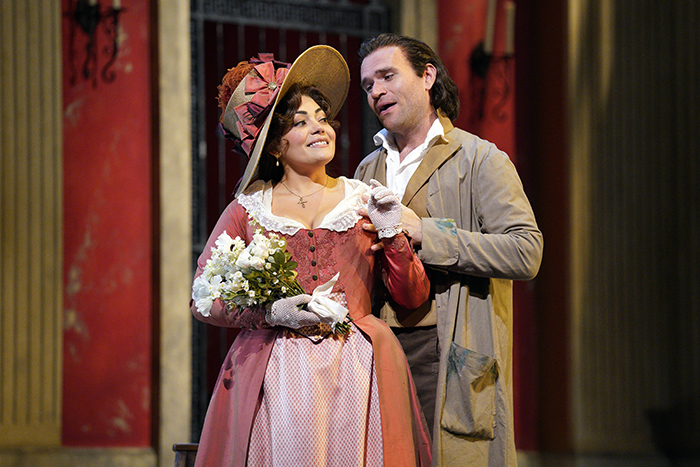
Eun Sun Kim opens her inaugural season as San Francisco Opera’s Music Director with Puccini’s Tosca – a work which has long been associated with significant moments in the history of the Company. Read more ….
San Francisco Opera closes ‘Opera is ON’ season with Donizetti’s ‘Roberto Devereux’
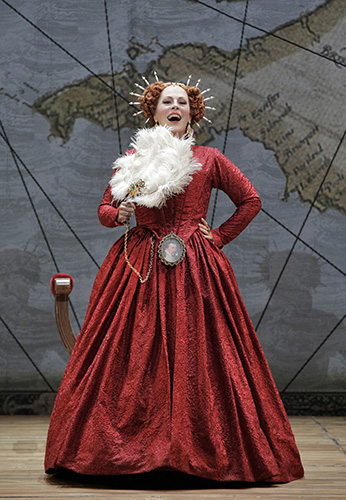
San Francisco Opera goes back to the Tudor period with Gaetano Donizetti’s Roberto Devereux – the final free stream of the Company’s Opera is ON series. In this production, soprano Sondra Radvanovsky sings the role of Elisabetta, Queen of England, tenor Russell Thomas takes the title role, and mezzo-soprano Jamie Barton is Sara, Duchess of Nottingham. Read more ….
Starry Nights: San Francisco Ballet celebrates Return to the Stage
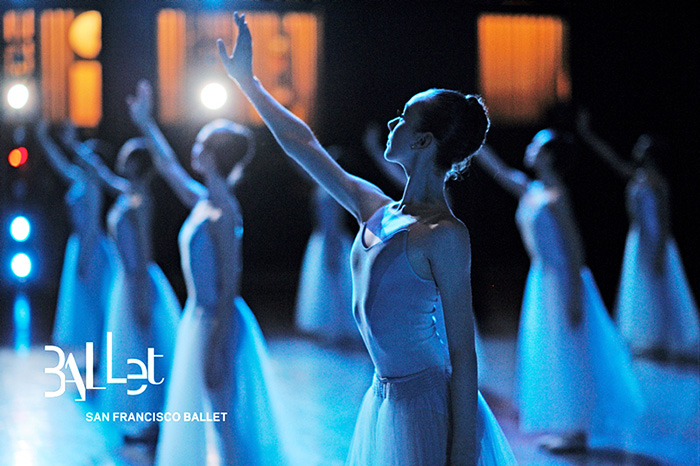
San Francisco Ballet, in partnership with Stanford Live, celebrates the joy of live performances in Starry Nights: SF Ballet’s Return to the Stage in Stanford this week. Read more ….
San Francisco Opera streams Wagner’s ‘Die Meistersinger von Nürnberg’
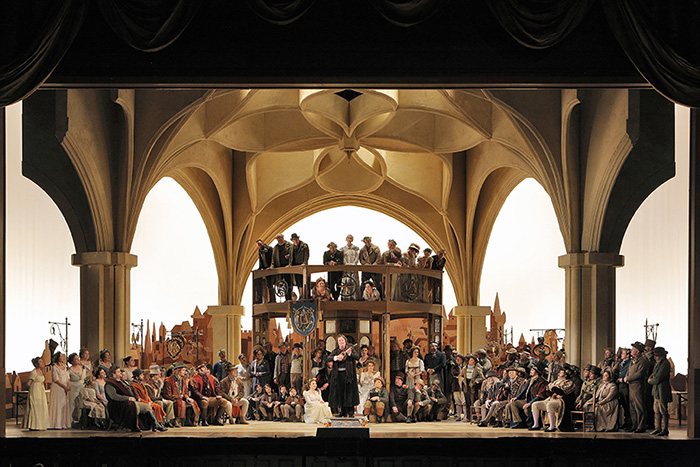
© Cory Weaver/San Francisco Opera
Prior to the opening of San Francisco Opera’s 2021-22 season on August 21st, the Company has added two more productions to its Opera is ON season of free opera streams – Wagner’s Die Meistersinger von Nürnberg and Donizetti’s Roberto Devereux. Read more ….
Met Opera’s ‘Live in HD’ Summer Encores presents ‘Tosca’
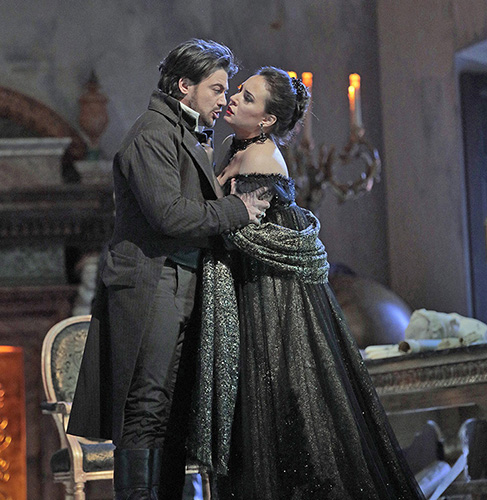
The Metropolitan Opera continues its encore series of popular Live in HD transmissions from past seasons. The latest of these, Puccini’s historical melodrama Tosca, will be screened in cinemas in the United States (from August 4th) and the United Kingdom (from August 11th). Read more ….
González-Granados debuts with San Francisco Symphony
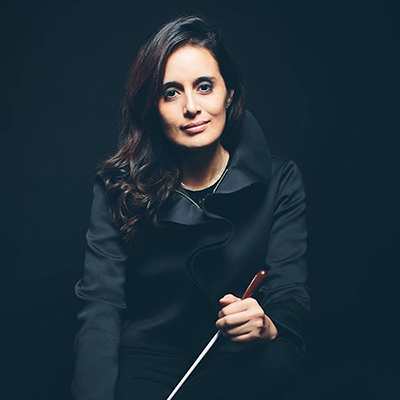
In her first appearance with the San Francisco Symphony, Colombian conductor Lina González-Granados leads the Symphony in two concerts this week – at Davies Symphony Hall on July 30th, and at the Frost Amphitheater, Stanford University, the following evening. Read more ….
‘Carmen’ features in Met Opera’s ‘Live in HD’ Summer Encores
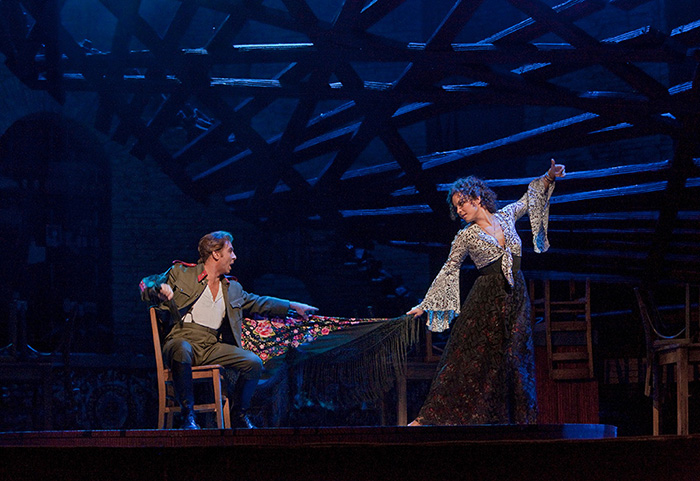
Bizet’s Carmen, regarded as one of the most popular operas in the repertoire, is the latest production to be screened in the Metropolitan Opera’s Live in HD Summer Encores season – a series of cinema screenings of some of the Company’s greatest productions. Read more ….
San Francisco Opera streams Strauss’ powerful ‘Elektra’
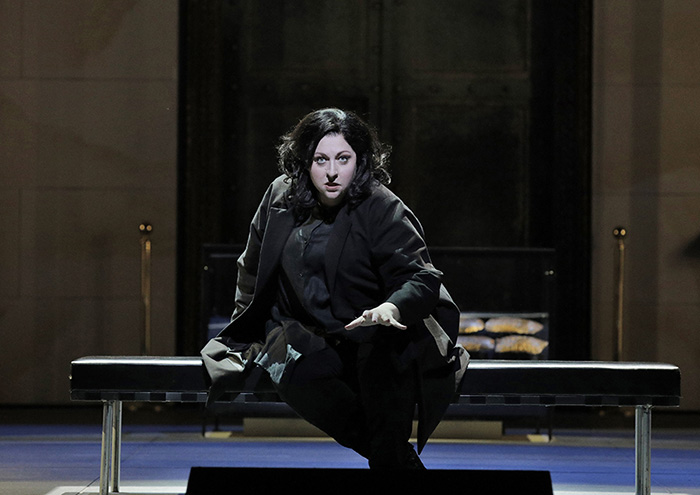
Drama, bloodlust and murder rule in this dramatic production of Richard Strauss’ Elektra, starring soprano Christine Goerke in the title role – one of her greatest portrayals. Read more ….
Netopil leads Monte-Carlo Philharmonic in Concert at the Prince’s Palace

The traditional series of summer Concerts at the Prince’s Palace by the Monte-Carlo Philharmonic Orchestra continues this week in the magnificent setting of the Courtyard of Honour. The performance, led by Czech conductor Tomáš Netopil, features music by Francis Poulenc and Bedřich Smetana, and the guest artists in the Poulenc Piano Concerto are Katia and Marielle Labèque. Read more ….
Stars gather in Verbier for annual music extravaganza
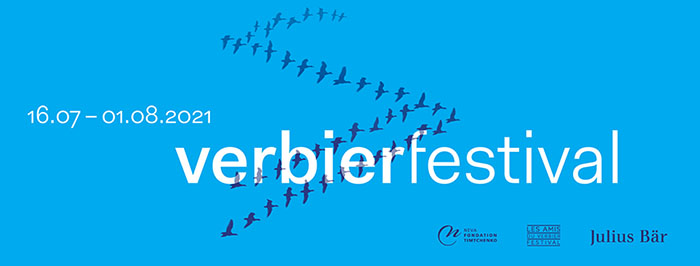
The Alpine village of Verbier welcomes some of the greatest names in classical music to its mountain home over the next two weeks, as the 2021 Verbier Festival takes place. Launched in 1994 by Founder and Director Martin Engstroem, the Festival – with its glittering selection of events, both large-scale and intimate – is one of the highlights of the international music calendar. Read more ….
San Francisco Opera streams Berlioz’s ‘Les Troyens’
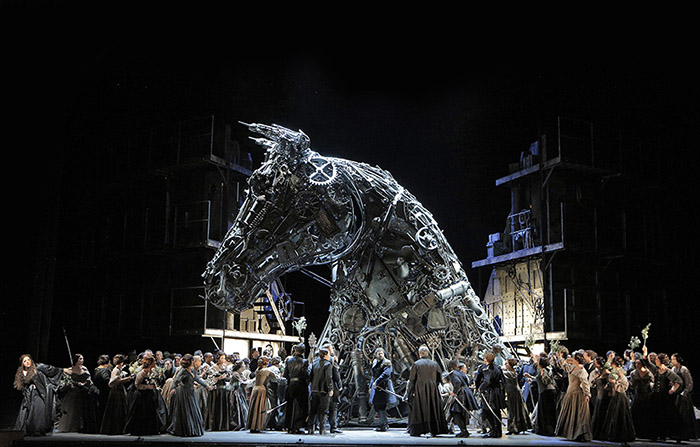
San Francisco Opera’s production of Les Troyens (The Trojans) – one of the most significant and impressive works in the entire repertoire of opera – will be streamed online this weekend. This magnificent five-act production of Hector Berlioz’s operatic interpretation of Virgil’s epic poem, The Aeneid, is by Scottish director Sir David McVicar. Read more ….
Les Ballets de Monte-Carlo celebrates ‘L’Été Danse!’
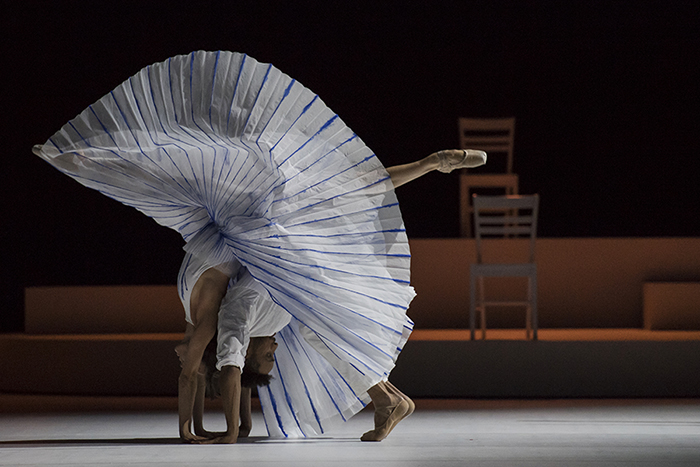
L’Été Danse! (Summer Dance) is Les Ballets de Monte-Carlo’s summer celebration of the joy of dance, and this year it falls into two programmes – Soirée “Créations” and Danse et Musique “Live”. Read more ….
San Francisco Opera streams Janácek’s ‘Jenůfa’
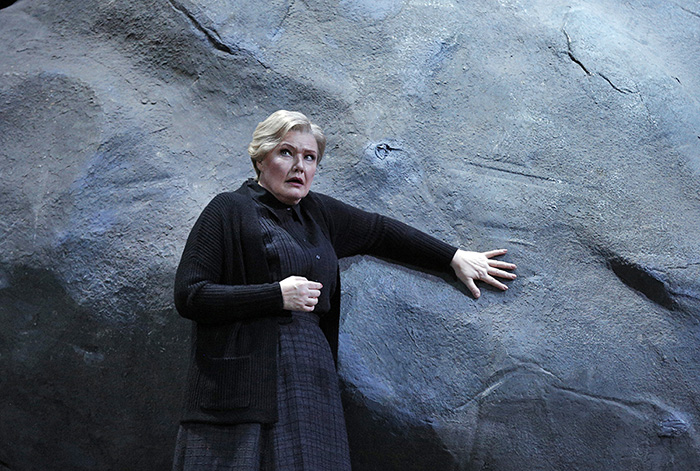
In the first of its July free opera streams, San Francisco Opera presents Leoš Janáček’s compelling family drama Jenůfa, staged at the War Memorial Opera House in June 2016. In this production, directed by Olivier Tambosi, the legendary Finnish soprano Karita Mattila makes her role debut as the domineering stepmother, Kostelniča Buryjovka, and Swedish soprano Malin Byström sings the title role. Read more ….
SFJAZZ presents international line-up for ‘Fridays at Five’
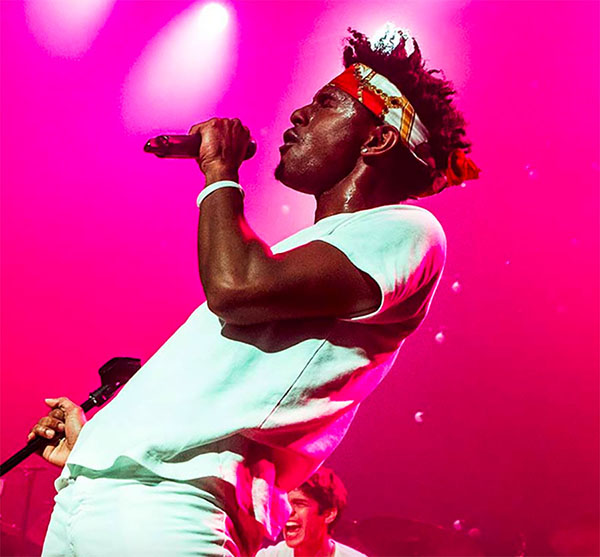
The first three concerts in the July SFJAZZ Fridays at Five sessions feature a truly international mix – Portuguese fado singer Mariza, world music Ukranian group DakhaBrakha, and the Bay Area’s soul/funk/R&B band Con Brio. Read more ….
Concertgebouworkest in Berlin to mark state visit
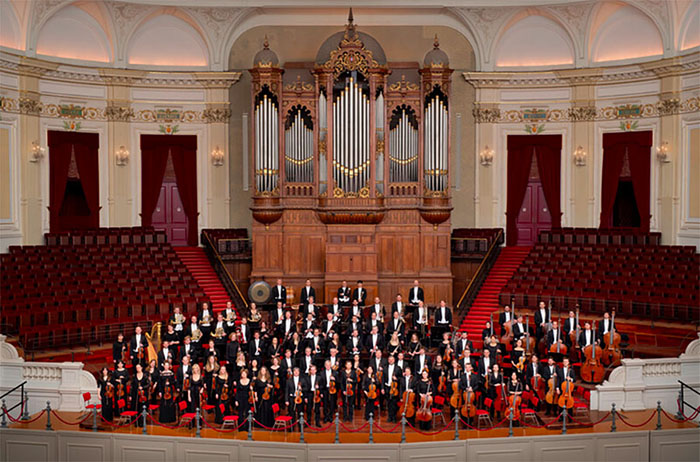
This month, the Concertgebouworkest appears in concert in Berlin to mark the occasion of a state visit to the German city by King Willem Alexander and Queen Máxima of the Netherlands. Read more ….
Netopil leads Czech Philharmonic at Smetana’s Litomyšl National Festival
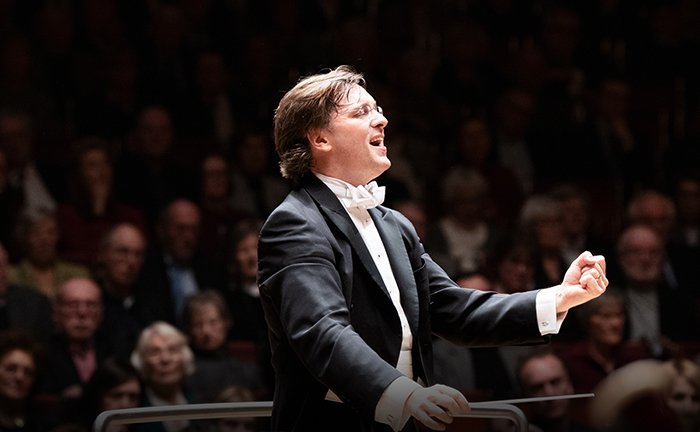
Following tradition, the Czech Philharmonic brings the current season to a close with two performances at the Smetana National Festival held each year in Litomyšl, the birthplace of Bedřich Smetana. Read more ….
San Francisco Jazz Festival streams Tribute to Ernesto Lecuona

At this week’s San Francisco Virtual Jazz Festival, SFJAZZ streams a tribute to one of the most important and influential figures in Cuban music – pianist and composer Ernesto Lecuona. He is honored by three of today’s greatest Latin Jazz pianists – Chucho Valdés, Gonzalo Rubalcaba and Michel Camilo – in a concert recorded at an SFJAZZ concert in May 2017. Read more ….
From the New World Symphony archives: MTT honors Anne Frank with Audrey Hepburn
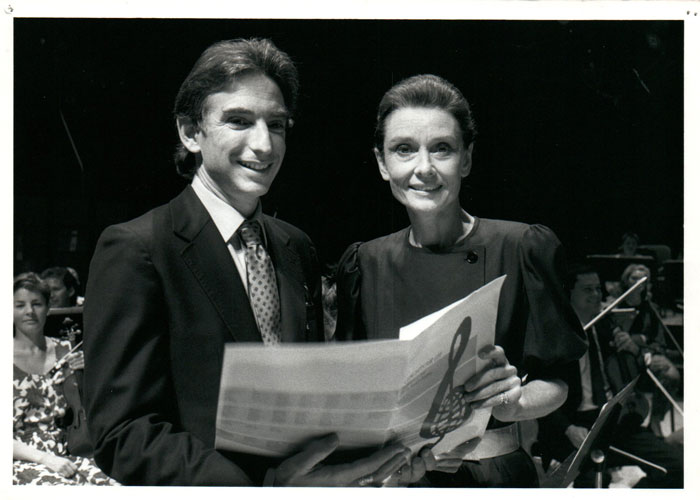
Miami-based New World Symphony this week pays tribute to Anne Frank, the young girl who spent two years in hiding in Nazi-occupied Amsterdam, and whose diary detailing those years of captivity made her famous the world over. Read more ….
Augustin Hadelich plays Brahms with Salonen & SF Symphony
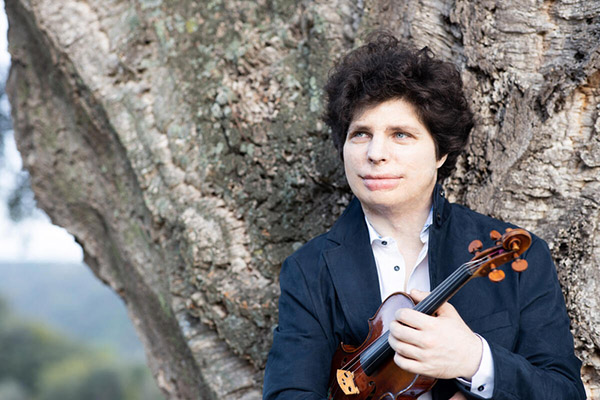
This week, the San Francisco Symphony’s Music Director Esa-Pekka Salonen leads the Symphony, in a performance at Davies Symphony Hall, of Richard Strauss’s Serenade in E flat major, contemporary composer Daniel Kidane’s Be Still, and Brahms’ Violin Concerto, with Grammy Award-winning Augustin Hadelich as soloist. Read more ….
i
Previous Articles
- The Met Opera presents Strauss’ ‘Arabella’ Live in HD
- English National Opera stages Jake Heggie’s ‘Dead Man Walking’
- Monte-Carlo Opera stages Verdi’s Aïda
- Nice Opera opens new season with Philip Glass’ ‘Satyagraha’
- Kazuki Yamada and Pablo Ferrández open new season in Monte-Carlo
- Jaap van Zweden leads San Francisco Symphony’s Opening Gala with Yuja Wang
- San Francisco Opera opens new season with Verdi’s ‘Rigoletto’
- Ukrainian Freedom Orchestra’s 2025 Resilience Tour
- Monte-Carlo Ballet closes season with two premieres
- National Ballet of Japan at the Royal Opera House
- Summer Concerts at the Prince’s Palace in Monaco
- San Francisco Opera stages new production of Mozart’s ‘Idomeneo’






